Wine experts talk about vintage wine, but how much do you know about it? Big Hammer Wines wants you to know when vintage matters and which vintages are promising before you buy. Using Bordeaux and Napa Valley to illustrate, we share our insider secrets, so you can enjoy better wine and spend less money.
Vintage Unveiled
Simply put, the term “vintage” refers to the past and the style of something typical from the time, or the high or lasting quality or value of something.
With wine, vintage is the date shown on the bottle. This date refers to the year of the grape harvest and the wine made from those grapes. It is not specifically a quality designation.
Most wines carry a vintage date, but not 100% of the grapes come from that year. Regulations, which differ by country, allow small percentages of grapes from other years.
Wines without a vintage date, called non-vintage wines, include grapes harvested from two or more years.
Because grapes are an agricultural product, how they grow is subject to the weather. As goes the weather, so goes the vintage and the wine.
A year with excellent weather generally translates into excellent wine and vice versa. A good weather year yields a wider variety of enjoyable wines than a poor weather year.
But other factors influence the quality of wine, so you can’t depend on vintage alone.
Vintage impact varies dramatically around the world. For example, Bordeaux famously suffers from challenging weather and vintages. Napa Valley, blessed with warmer, drier weather, tends to have consistently easier vintages.
Does this mean Napa Valley vintage wines are better than Bordeaux vintage wines? No. Each vintage and region stands on its own, but let’s take a look at the vintage year 2011.
Vintage Bordeaux
Bordeaux experienced a volatile weather year in 2011, coming after two fantastic years in 2009 and 2010. We should discuss the impact of climate change here, but that’s another topic.
The weather turned upside down in 2011. Spring was hot, summer cooler, and fall warm. Rainfall was lower throughout the year, except in the fall when you don’t need it. Rain at harvest leads to grapes filling with water, diluting the juice. It also breeds conditions for mold.
Bordelais winemakers outshine their California compatriots at times like these. Most producers in Bordeaux know how to manage difficult vintages. Growers who were aggressive in the vineyard made enjoyable wine.
At the end of the season, the white wines excelled, including the famous sweet Bordeaux, instead of the reds. Certain grape varieties thrive under certain weather conditions. White grapes tend to prefer cooler weather.
Heat-loving Cabernet Sauvignon, California’s favorite, struggles to ripen in cooler temperatures. Wines with higher amounts of Cabernet Franc, though, came through well.
Not a ripe vintage, 2011 wines exhibit a lighter profile and won’t age well. You can drink this vintage while young, but you need to be selective when buying. Choose a good location with the right varieties, and an excellent producer.
Vintage Napa Valley
People assume that due to the Napa Valley climate, it has never had a bad vintage. Most Napa wines, vintage or non-vintage, drink just fine. So, does vintage even matter here? Well, 2011 arrived with some surprises.
The 2011 growing season challenged winemakers in Napa. They had to employ tactics well-known to their friends in Bordeaux: adjusting the canopy, monitoring mildew, and delaying harvest.
Napa’s spring weather was colder than usual, and a lot of rain fell in May and June. The cool weather continued into summer, which is generally hot, so grapes did not ripen as expected. Rain fell with another cool spell in early October. A delayed harvest began late in the month after a welcomed heat spike.
Because this was so unusual, critics expected the wines to be less impressive and gave lower scores. Wine buyers, listening to the critics, stayed away.
But many producers believe the wines from 2011 show more character, which can be concealed during hotter vintages.
Wines tend to be lower in alcohol with good acidity and ripe flavors and tannins. Subtle and fresh, they were different from typical lush Napa wines.
When grapes develop slowly, they increase in complexity. The powerfully rich Napa style comes from rapidly maturing grapes.
As in Bordeaux, the producer matters. Talented winemakers made good wine in 2011.
Buying Vintage Wine
When should you buy a vintage wine, and which vintages should you buy?
Vintage doesn’t matter with under $20 mass-produced and commercial wines. Producers want to reduce costs, get to market fast and turn inventory over quickly. The work is mostly mechanized. If you buy these wines at your local grocery or convenience store, drink them soon.
Vintage matters when you buy wine over $20. Quality producers care about the craft of wine, regardless of size. A vintage wine costs more because of the care taken to produce it.
When to Buy Vintage
Most wines, including vintages, are ready to drink when you buy them. Buy vintage when:
1. For special occasions, gifts, or bringing to a dinner party
2. If you want to impress someone
3. You collect or age wine
4. You enjoy wine’s variability year to year
5. You just like better wine
If you’re buying cases of wine for a big event, buy non-vintage to save money. Don’t serve vintage wines to a bunch of people drinking all afternoon by the pool. If you prefer your wine to taste the same, we advise against buying vintage.
How to Buy Vintage
Here’s a few tips for buying vintage wine:- Forget the critics unless you follow one who has the same taste as you
- Find a retailer who knows the region you want to buy
- Do your homework - research trusted sites online
- Look for vintage charts on winery websites, not on critics’ websites
- Find favorite producers or ask about quality producers
- To balance quality and price, try a second label from a top winery or a top wine from a less well-known one
- Instead of a great year, look for a good year with a great winemaker
- Avoid years with a combination of poor conditions
- Look for de-classified wines from great producers (wines sold under a lesser classification in a weaker vintage)
- Buy the style and wine you like from the best vintage you can afford
- Don’t buy based on trends
- Ask questions

Vintage Variability
One of the joys of drinking wine is how they are different every year. Drinking different vintages allows you to learn about the process and decide which vintages you prefer. For example, you might like lighter wines from cooler vintages or robust wines from warmer vintages.You also build your palate as you learn how weather conditions influence the flavors and aromas in wine.
Big Hammer Wines encourages you to explore the world of vintage wines!
Big Hammer Wines
The wine experts at Big Hammer Wines taste thousands of wines every year from around the globe, looking for quality and value. This special offer reflects the passion we have for our clients.
Discover the world through its wines, Click Here! Visit Bighammerwines.com and become a wine expert!
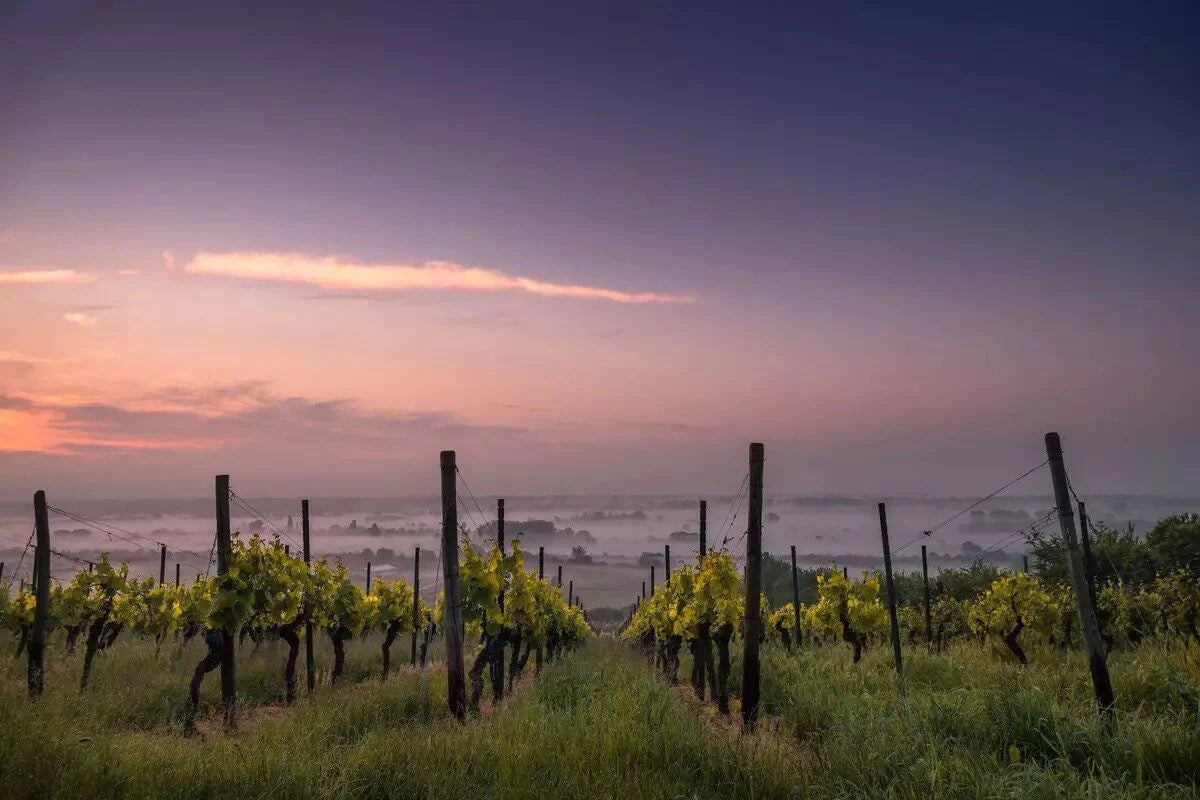
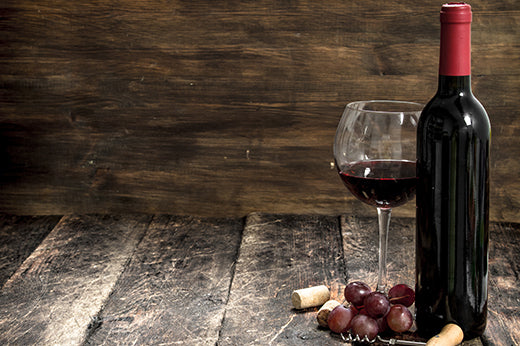
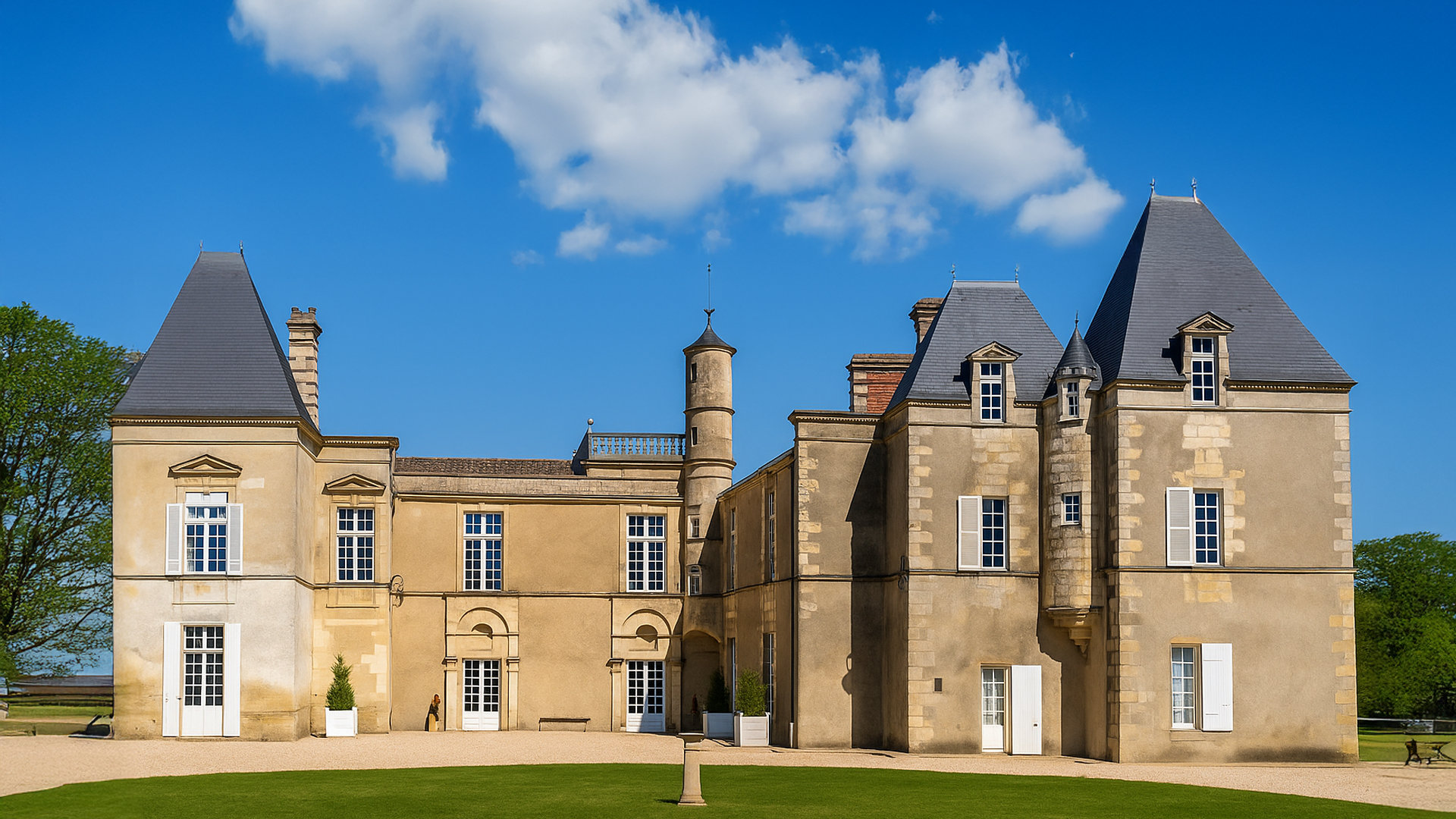
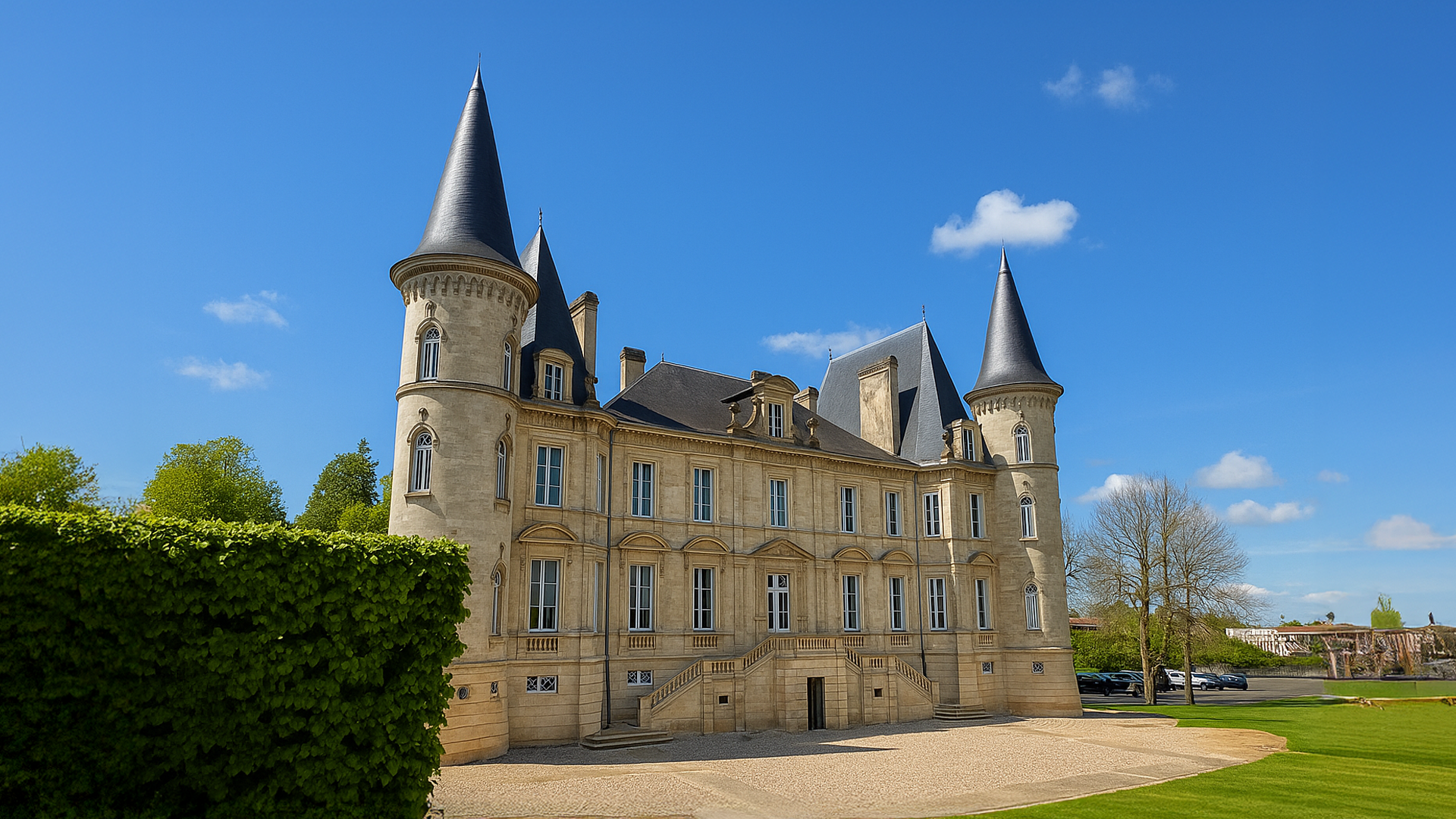
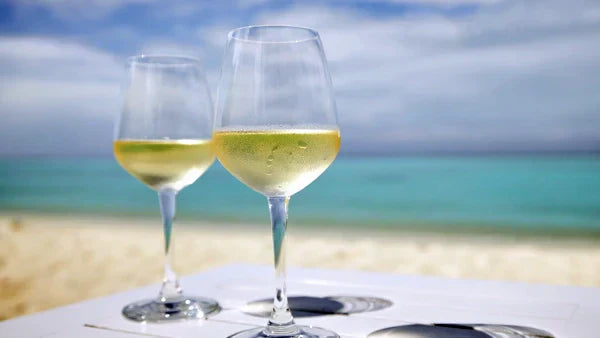
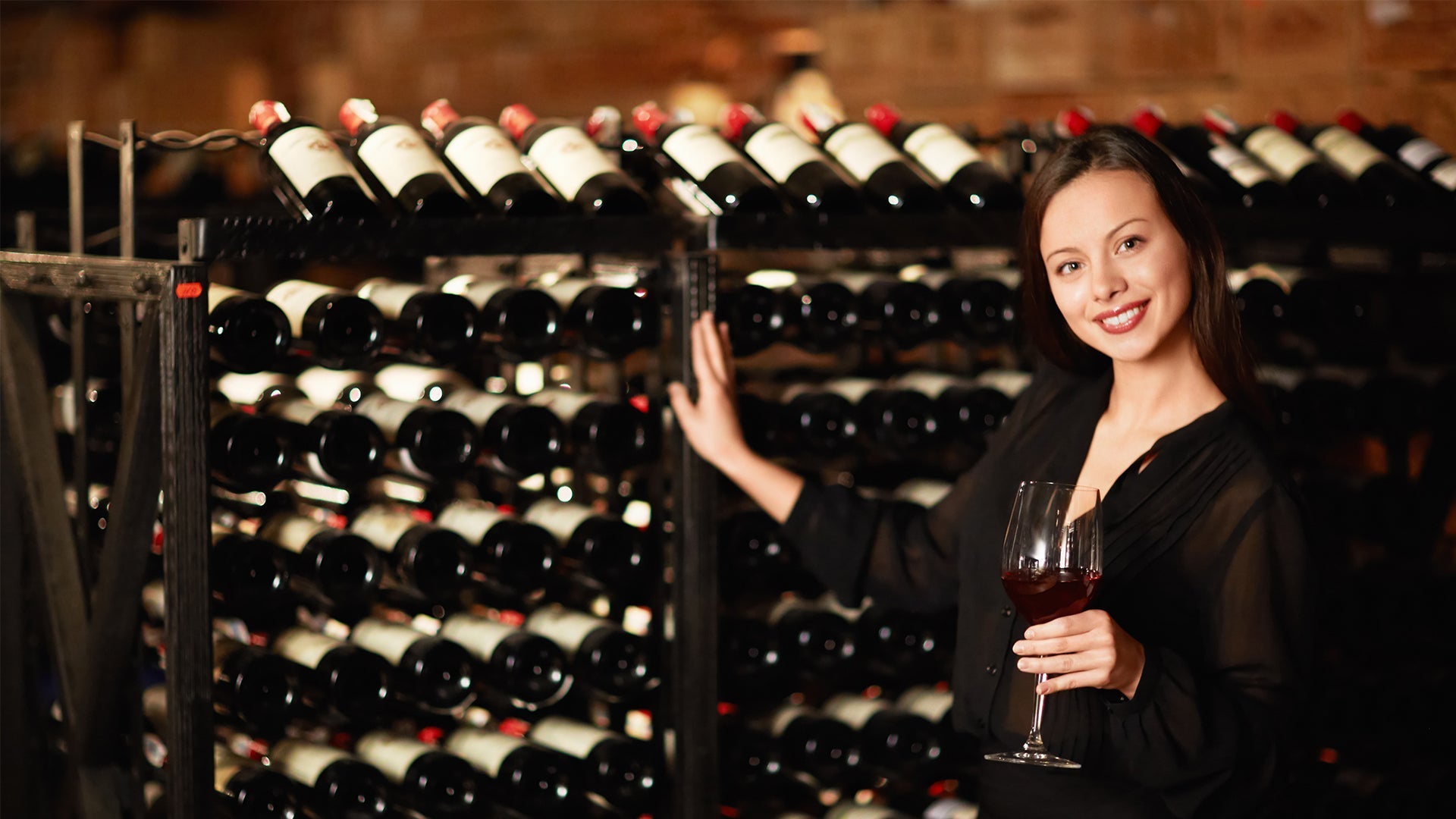
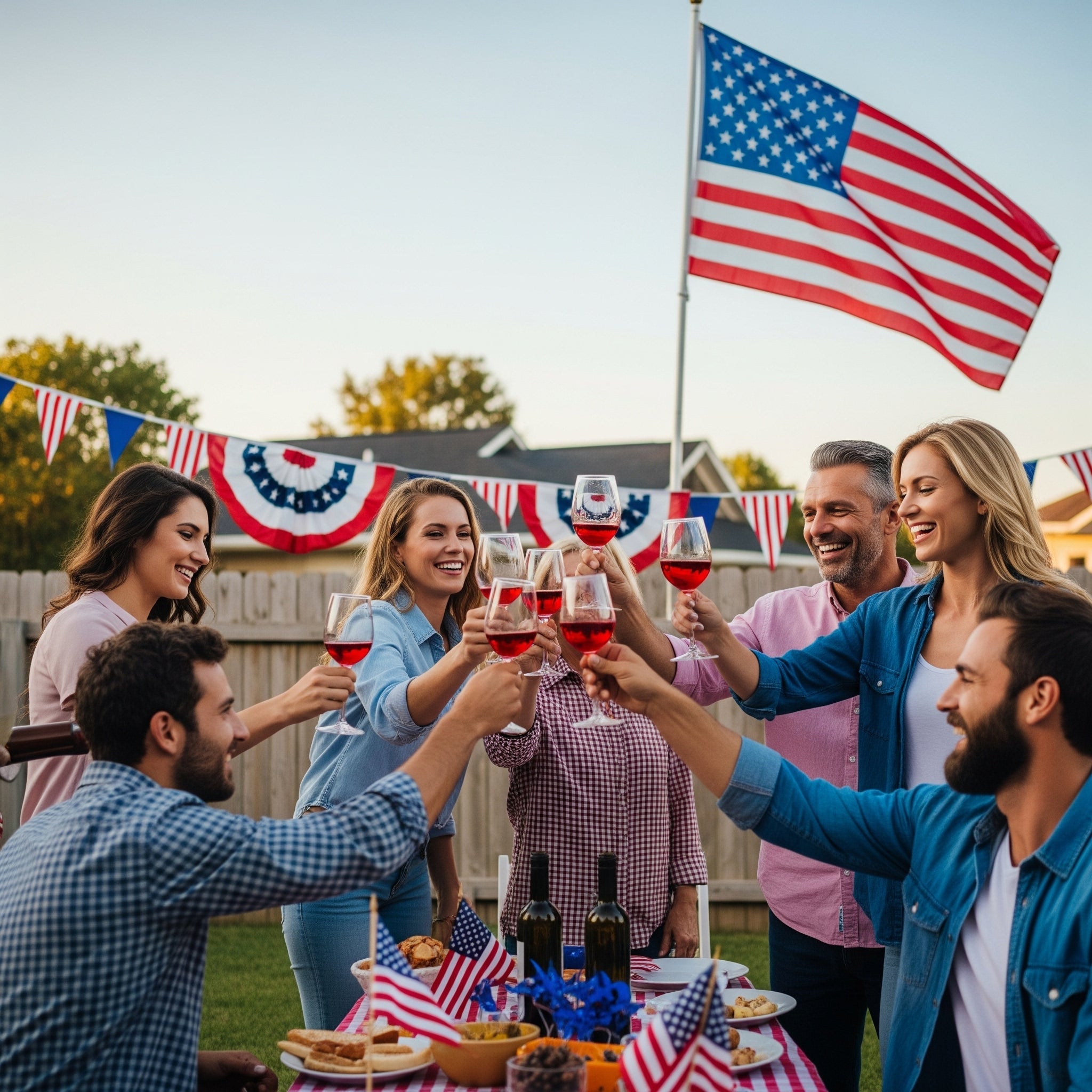
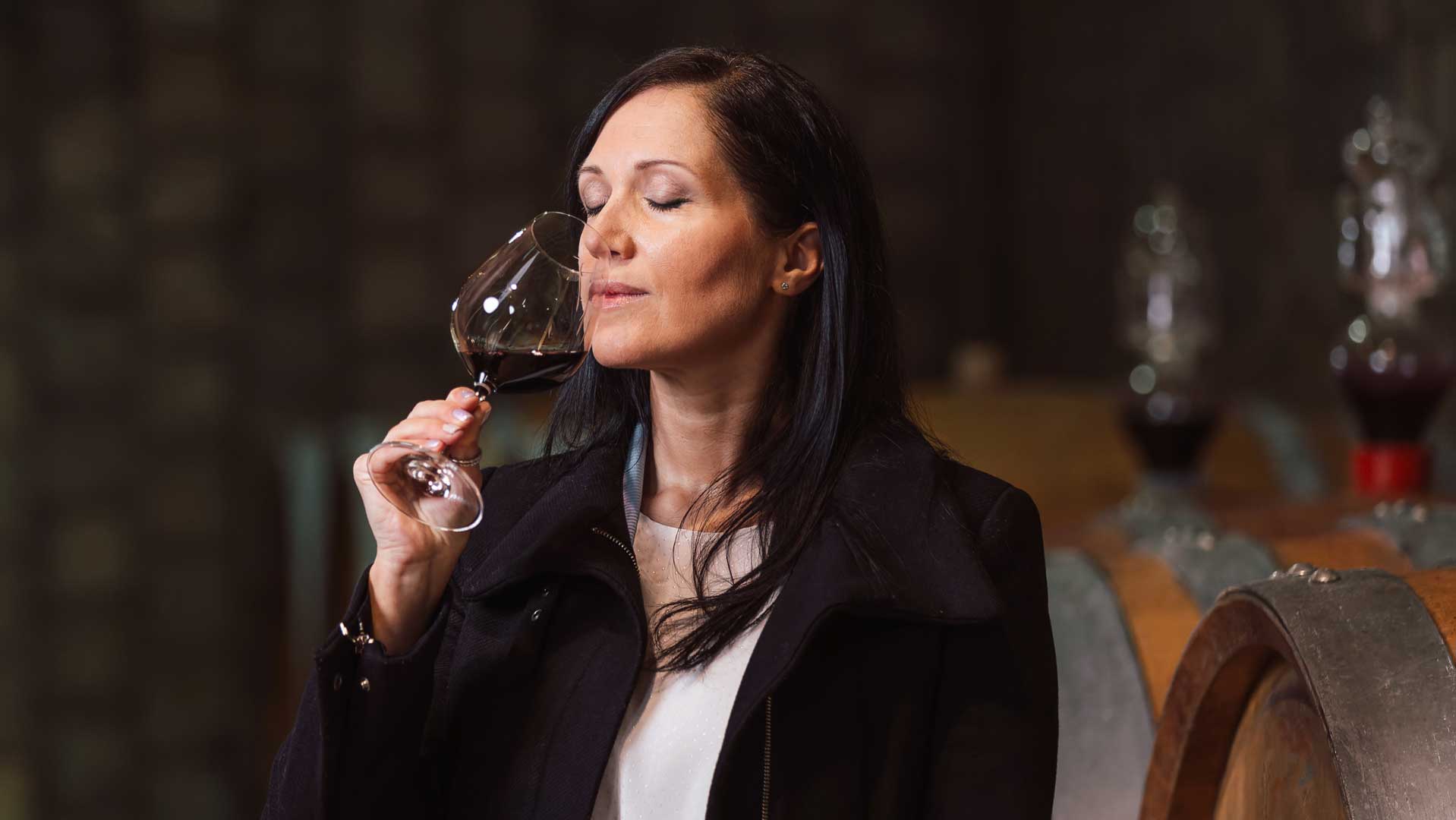
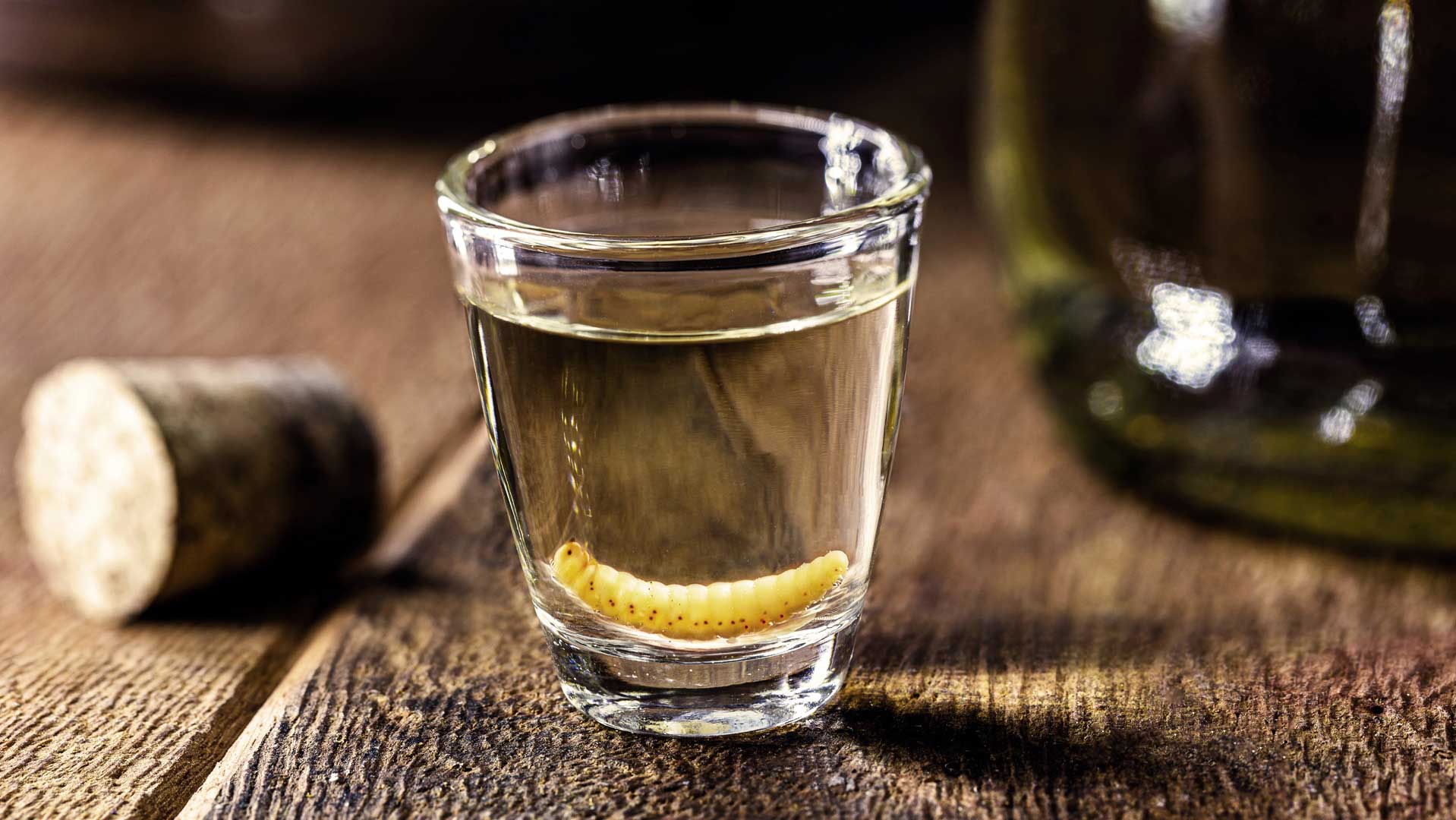
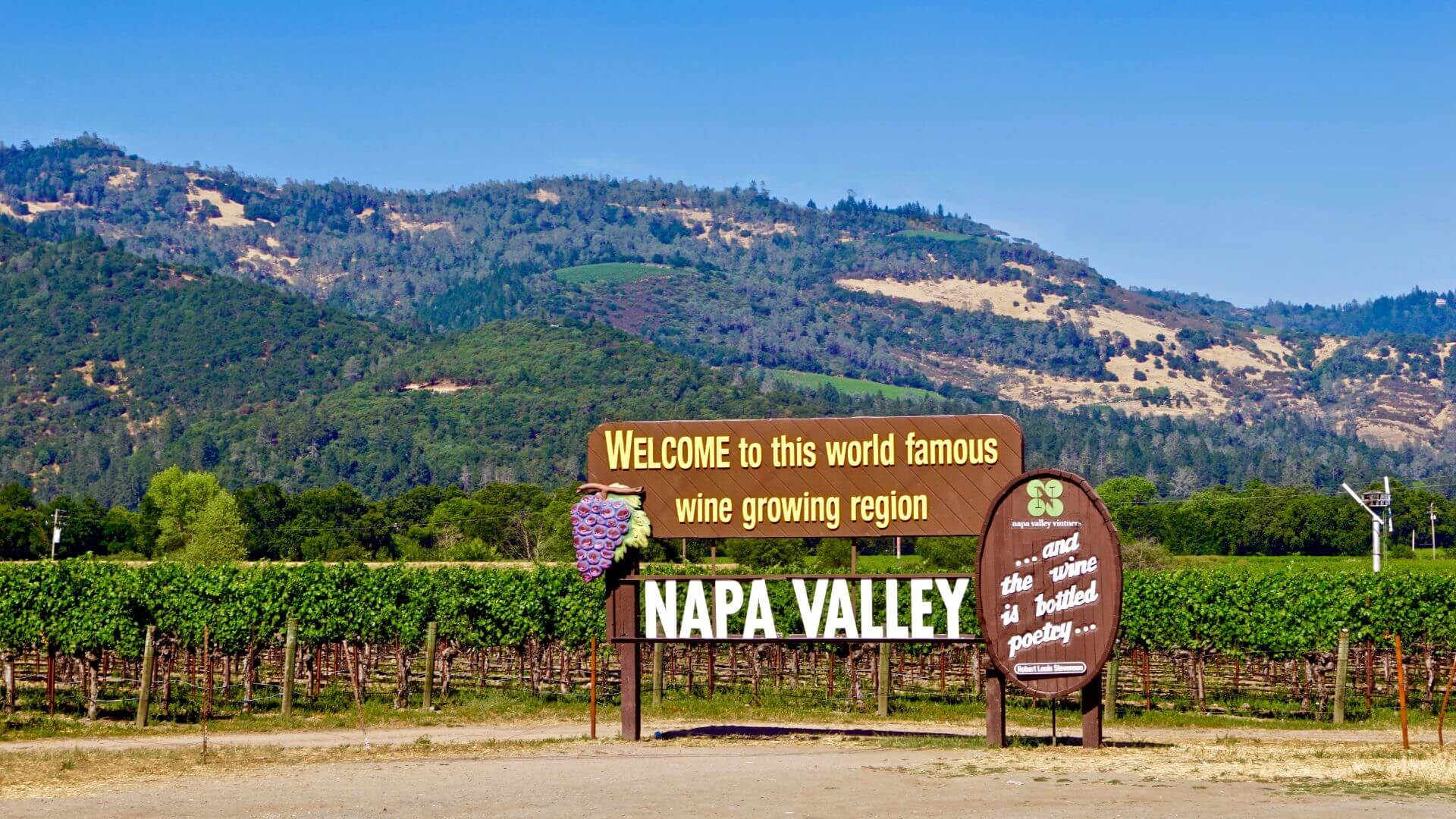
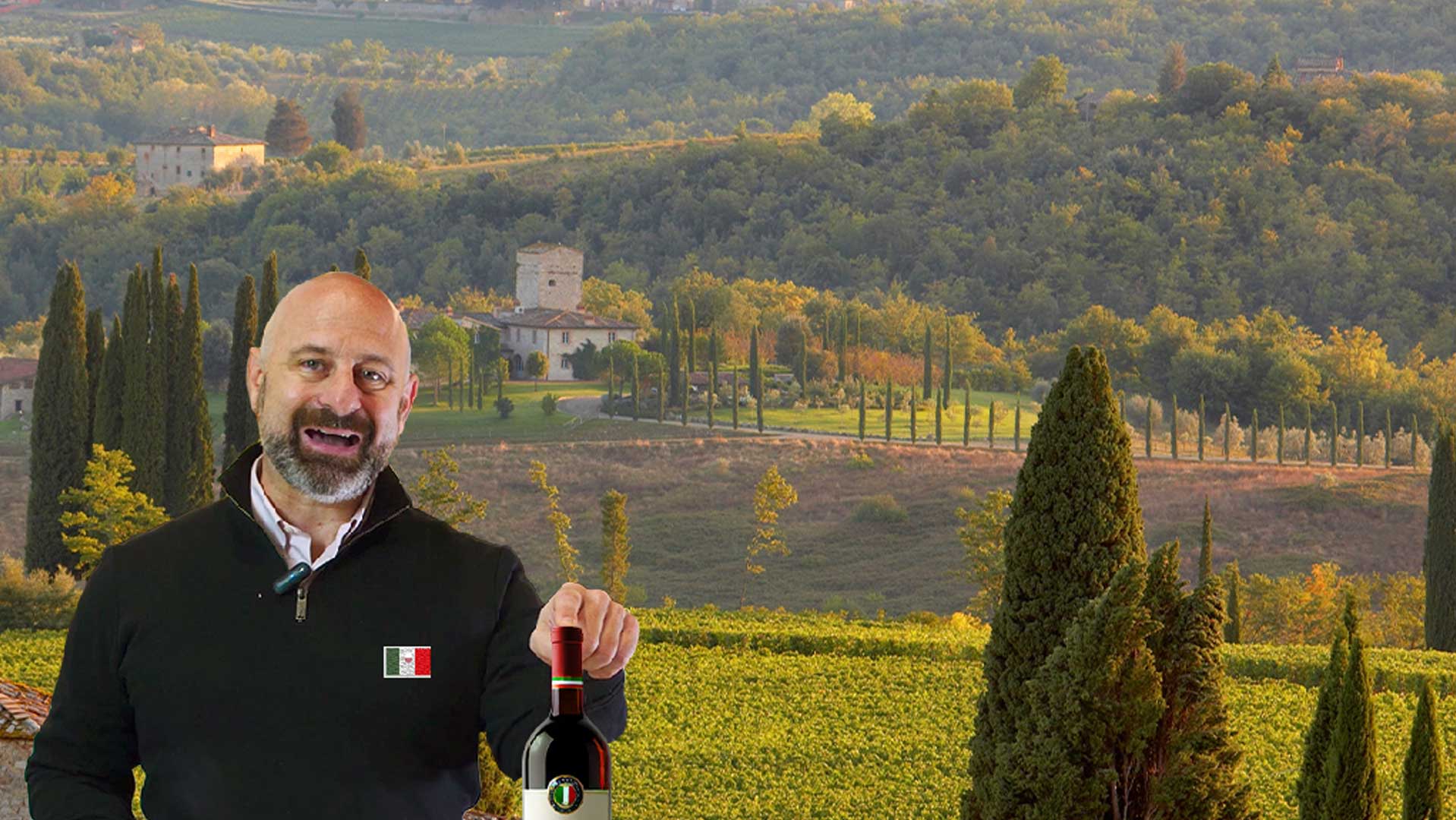
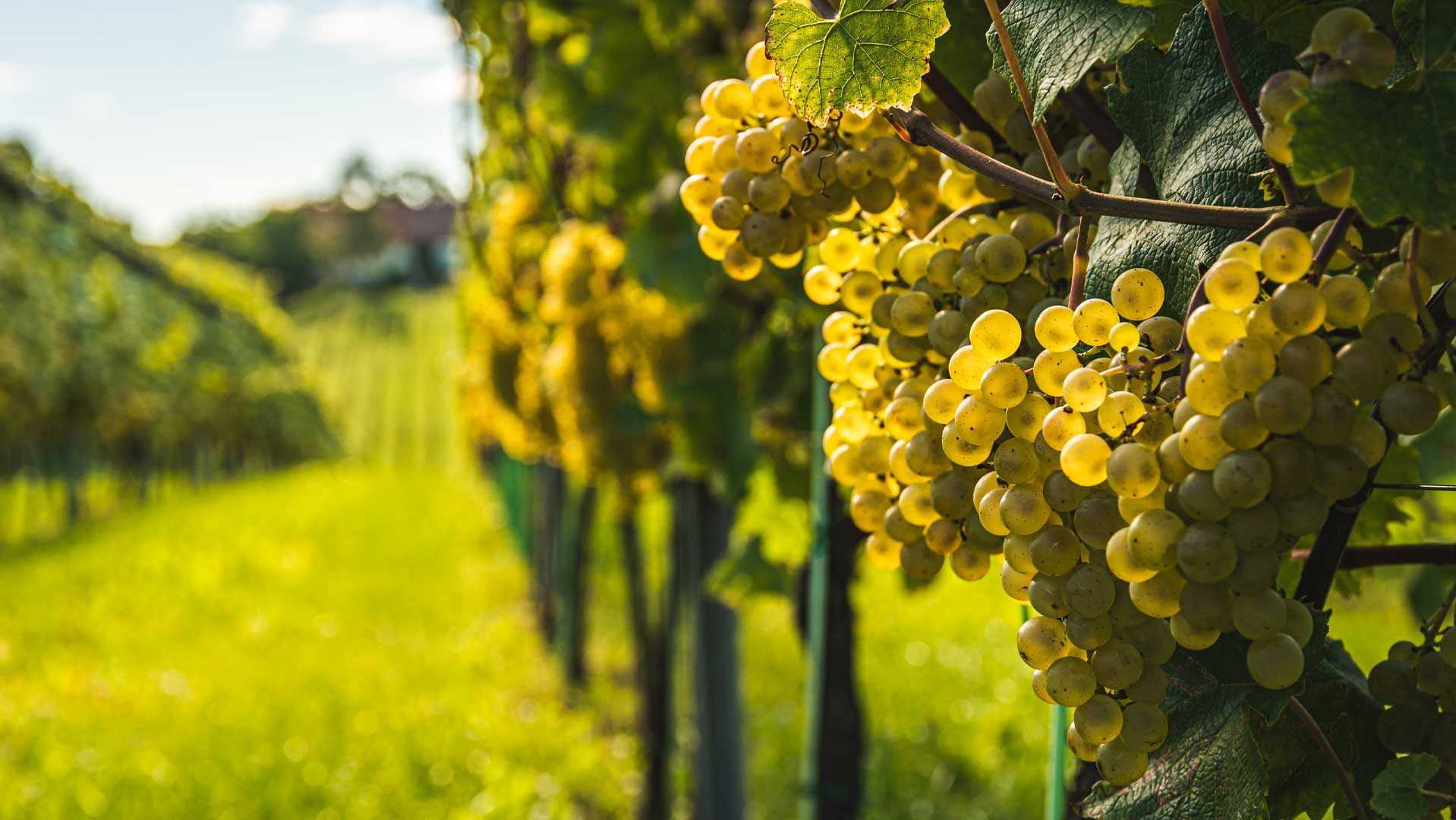
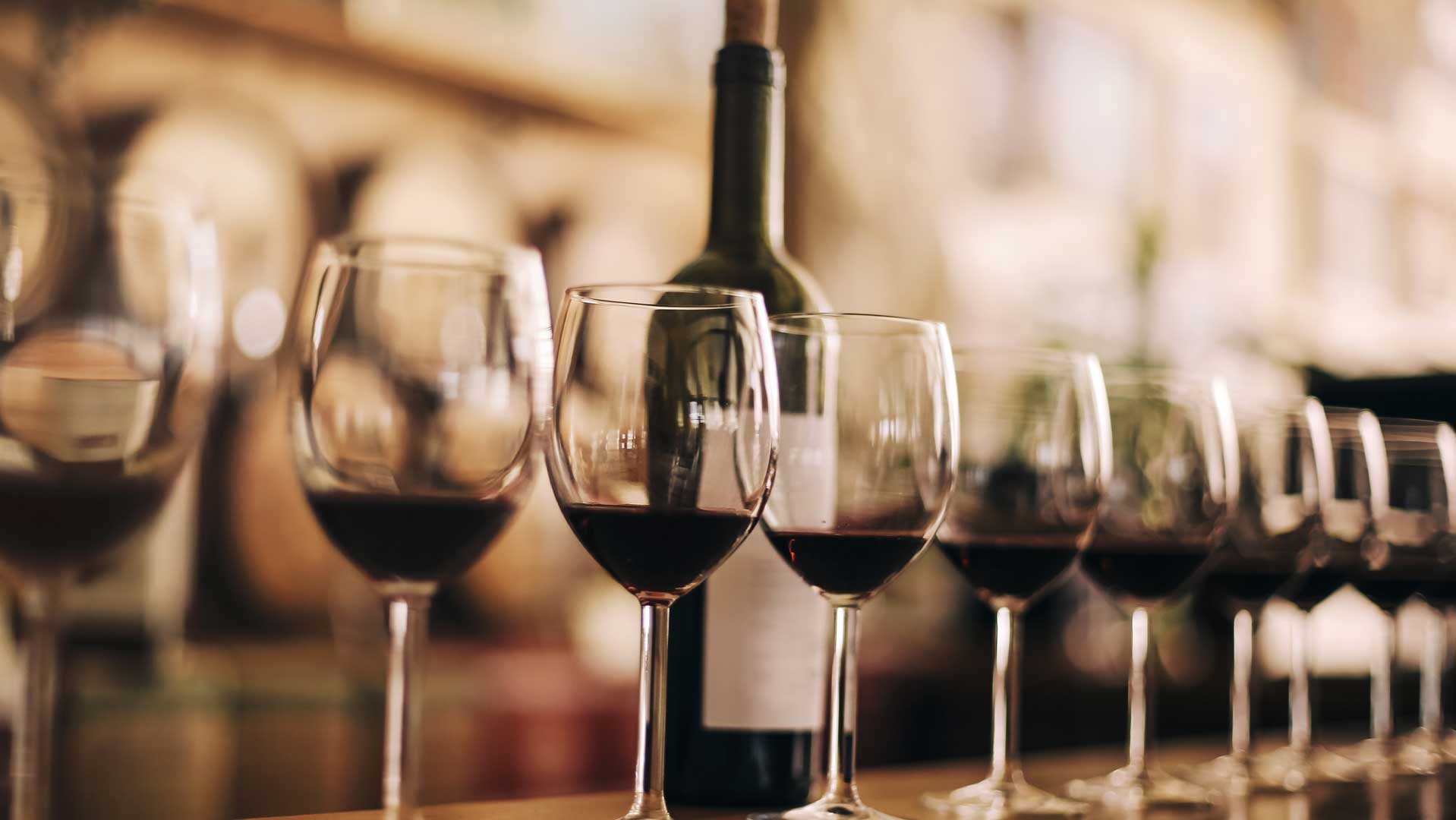
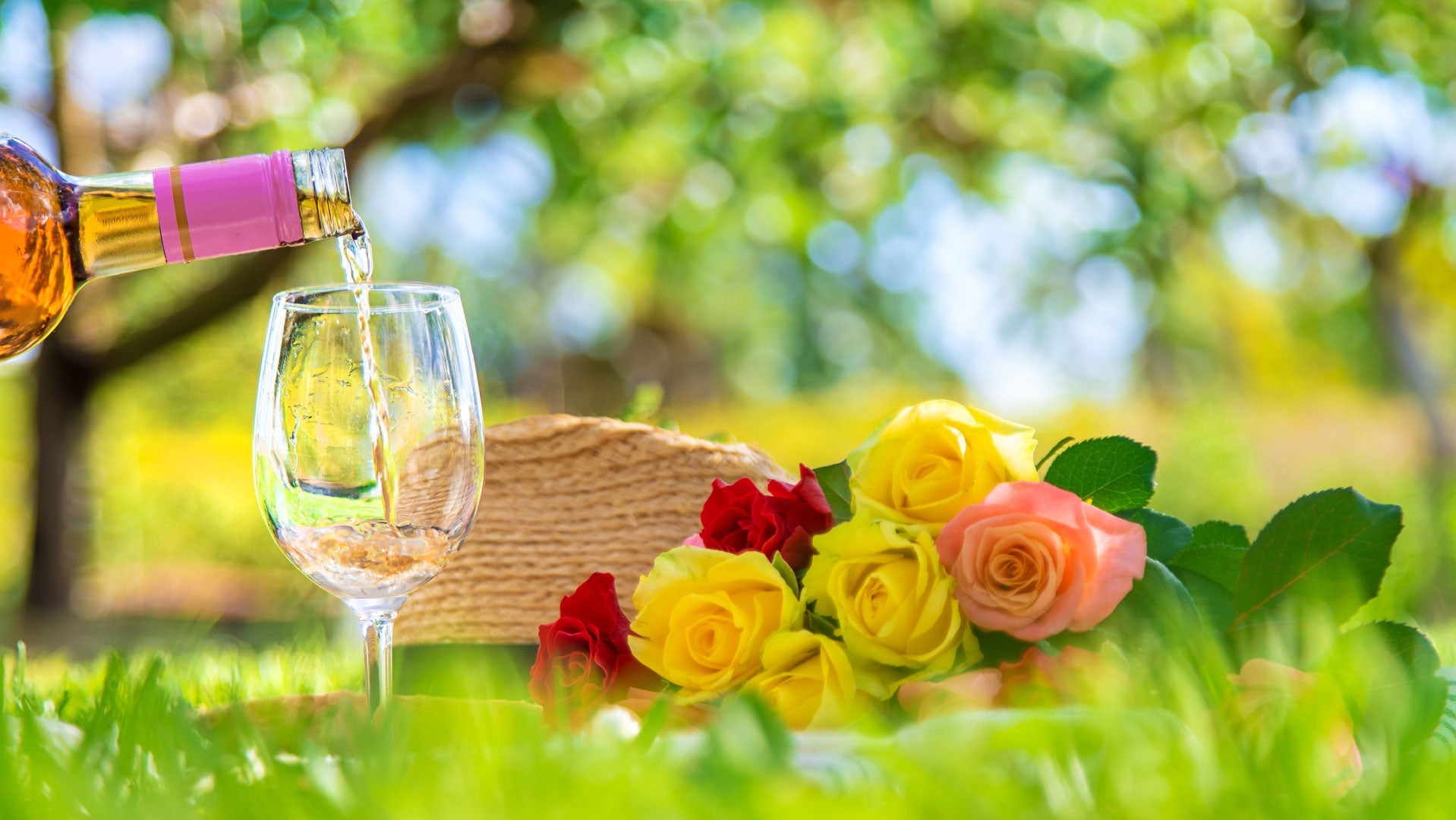
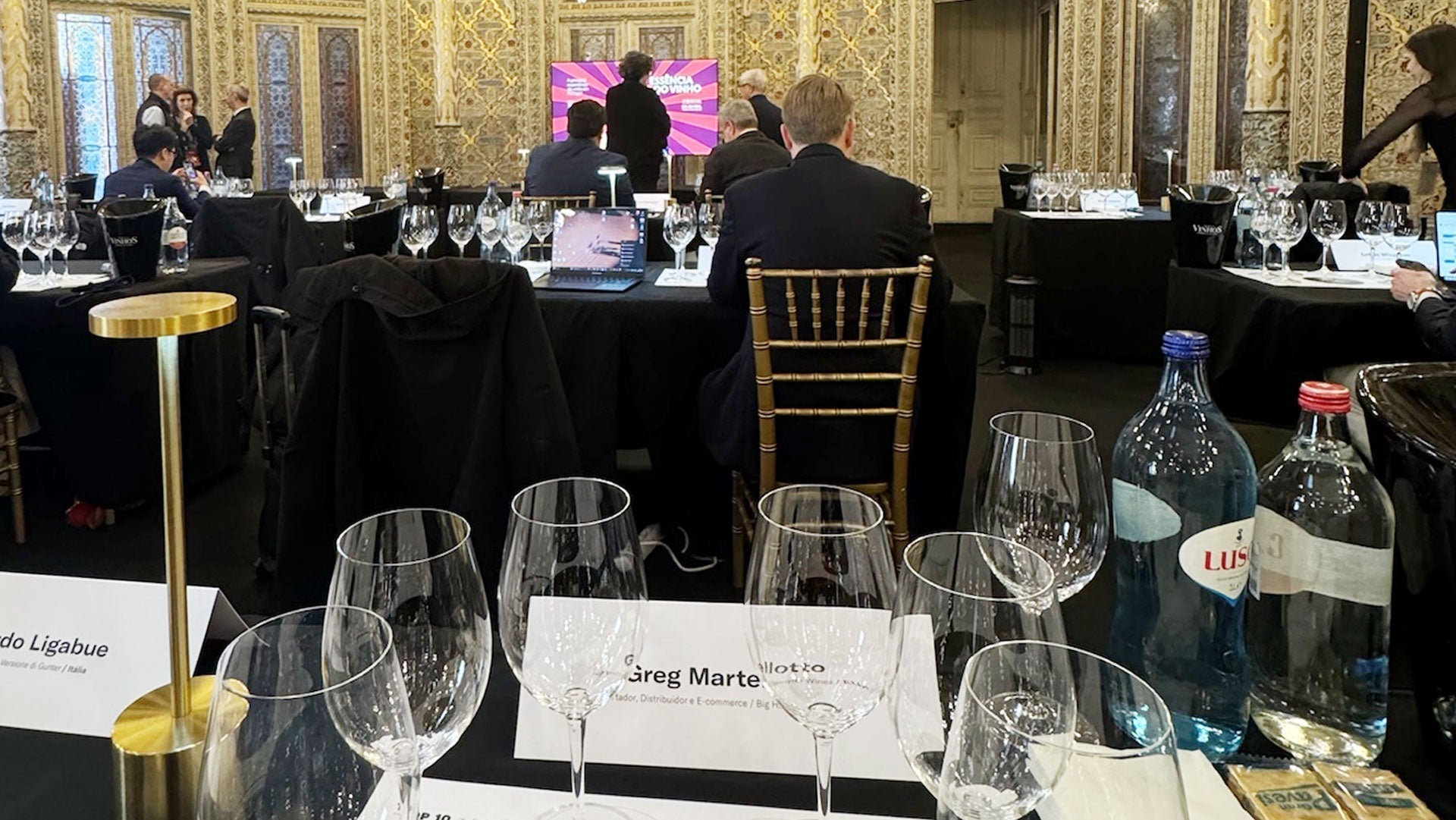
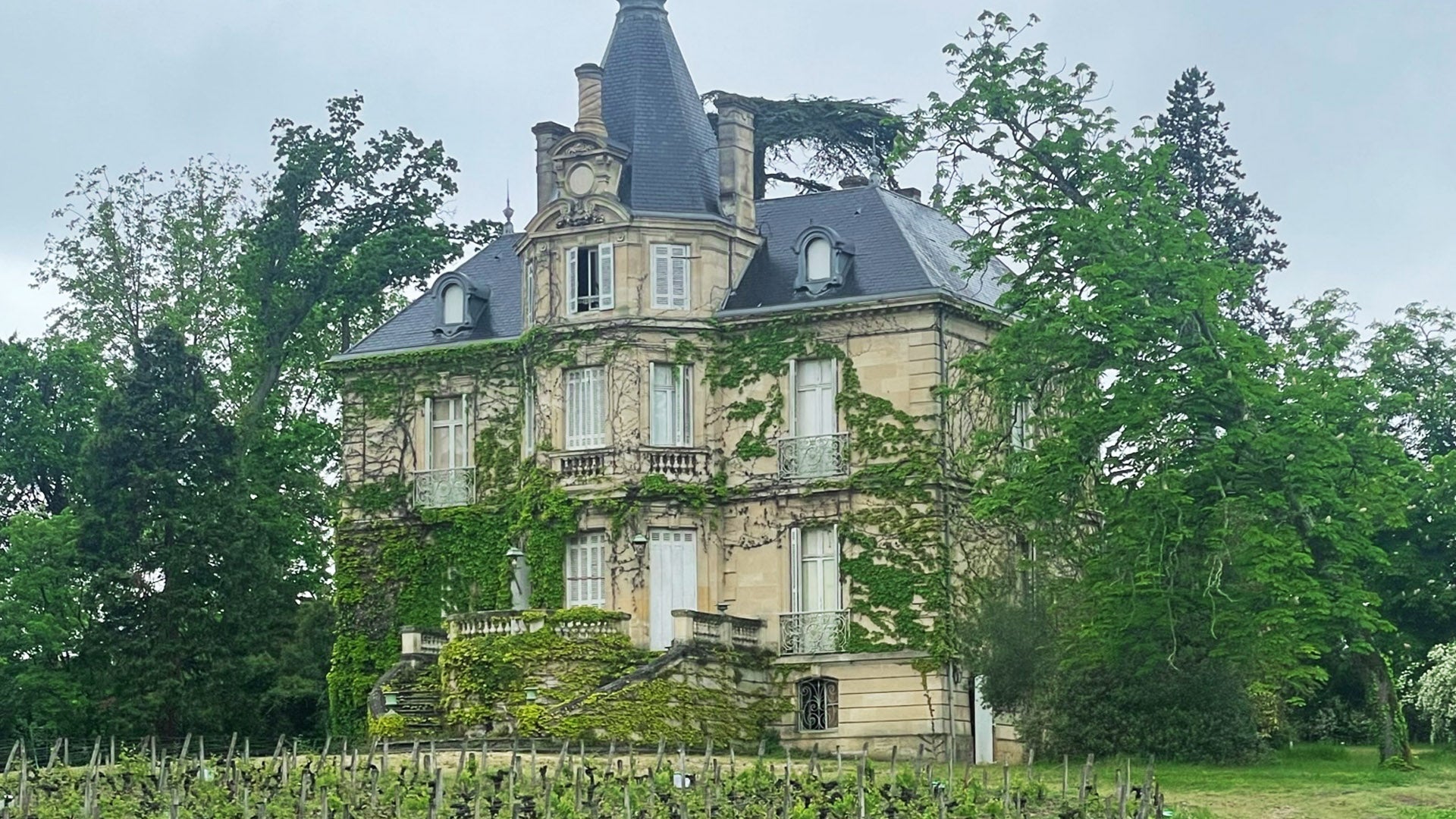
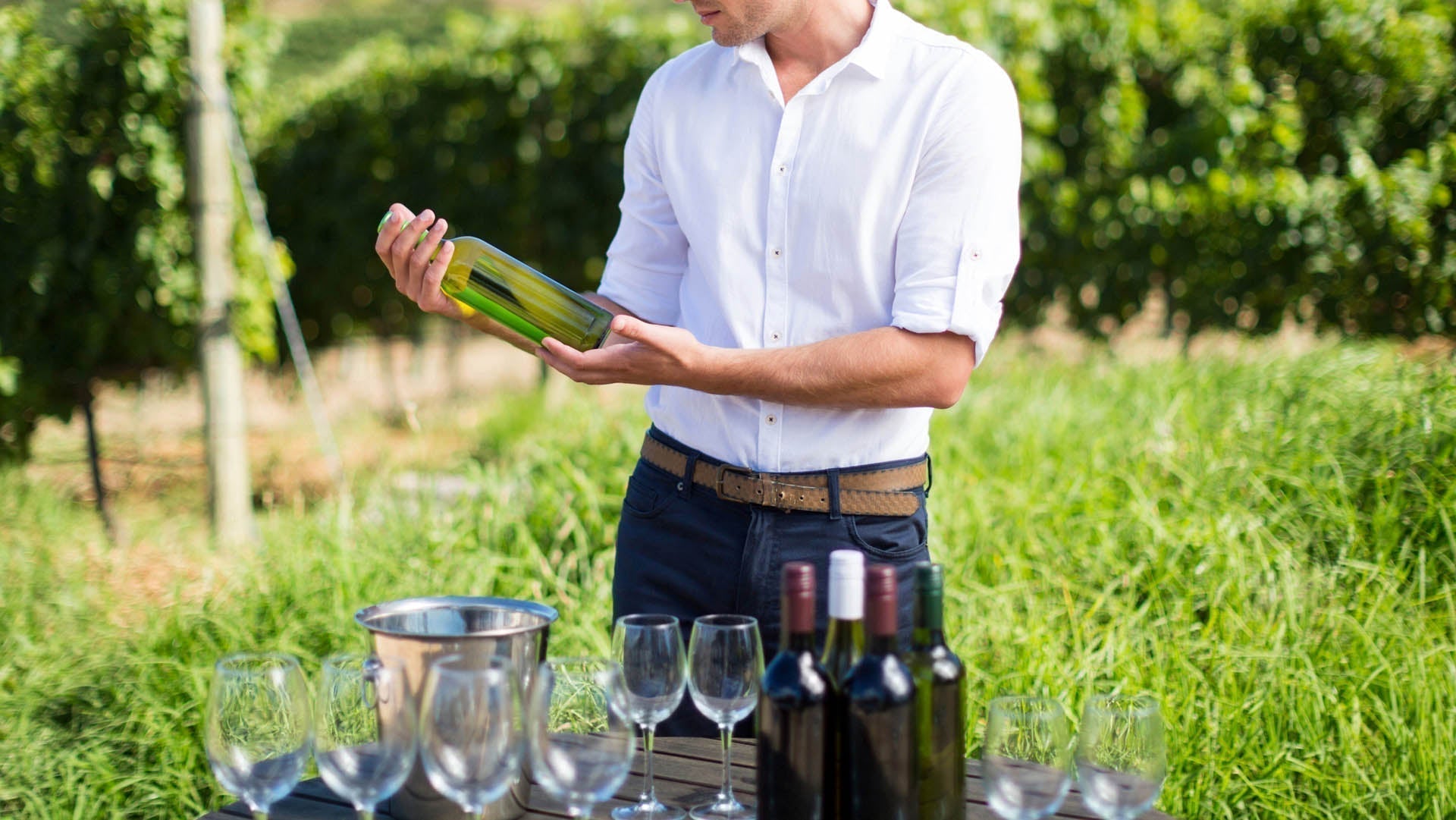
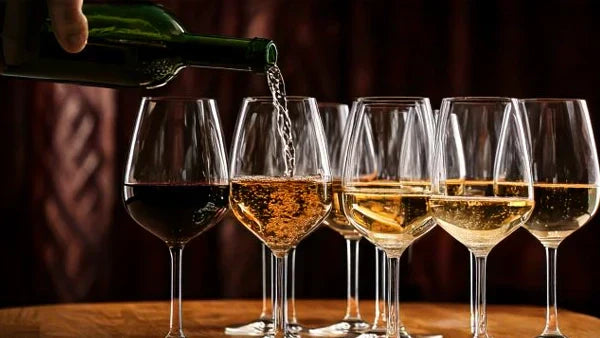
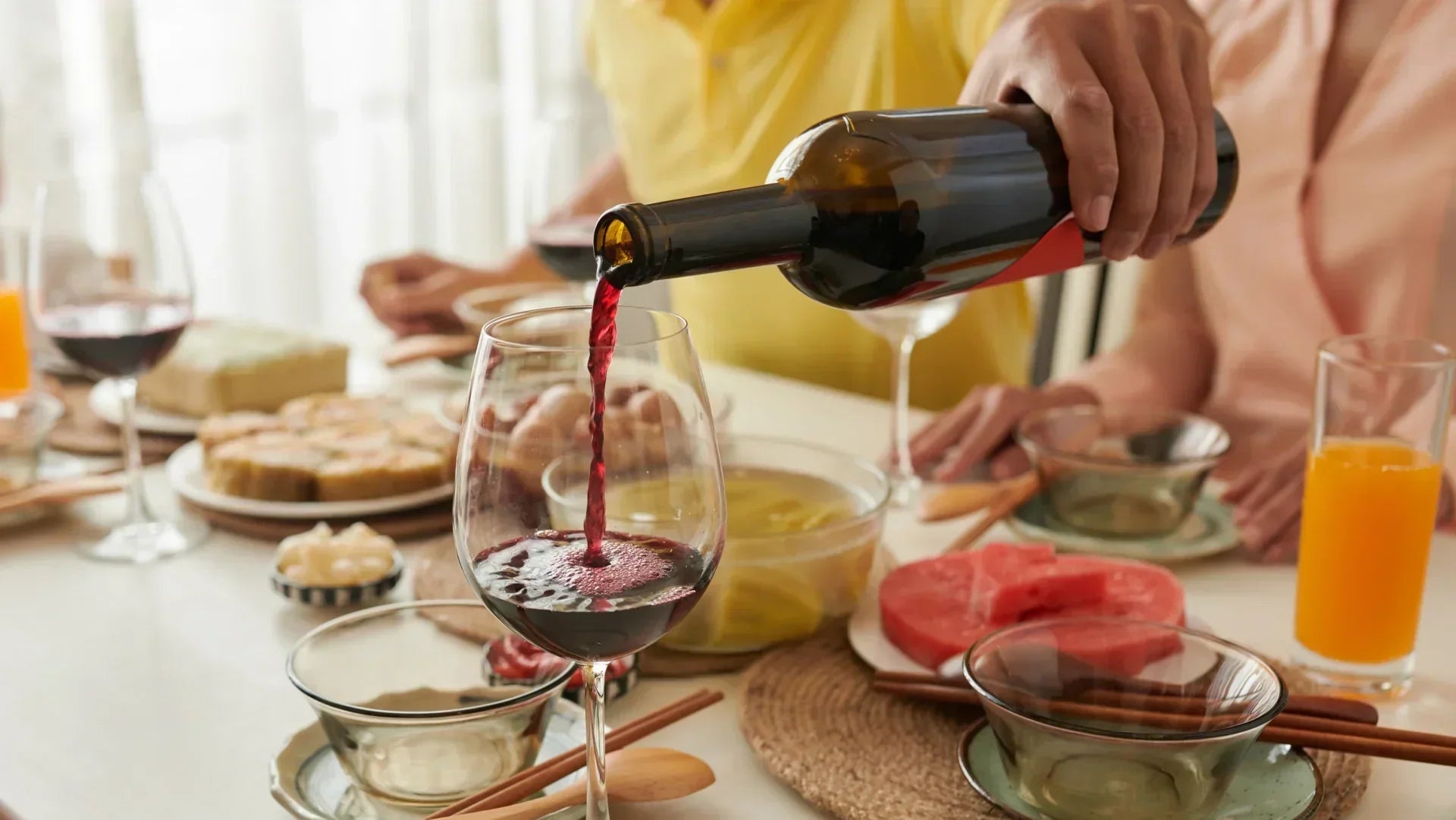
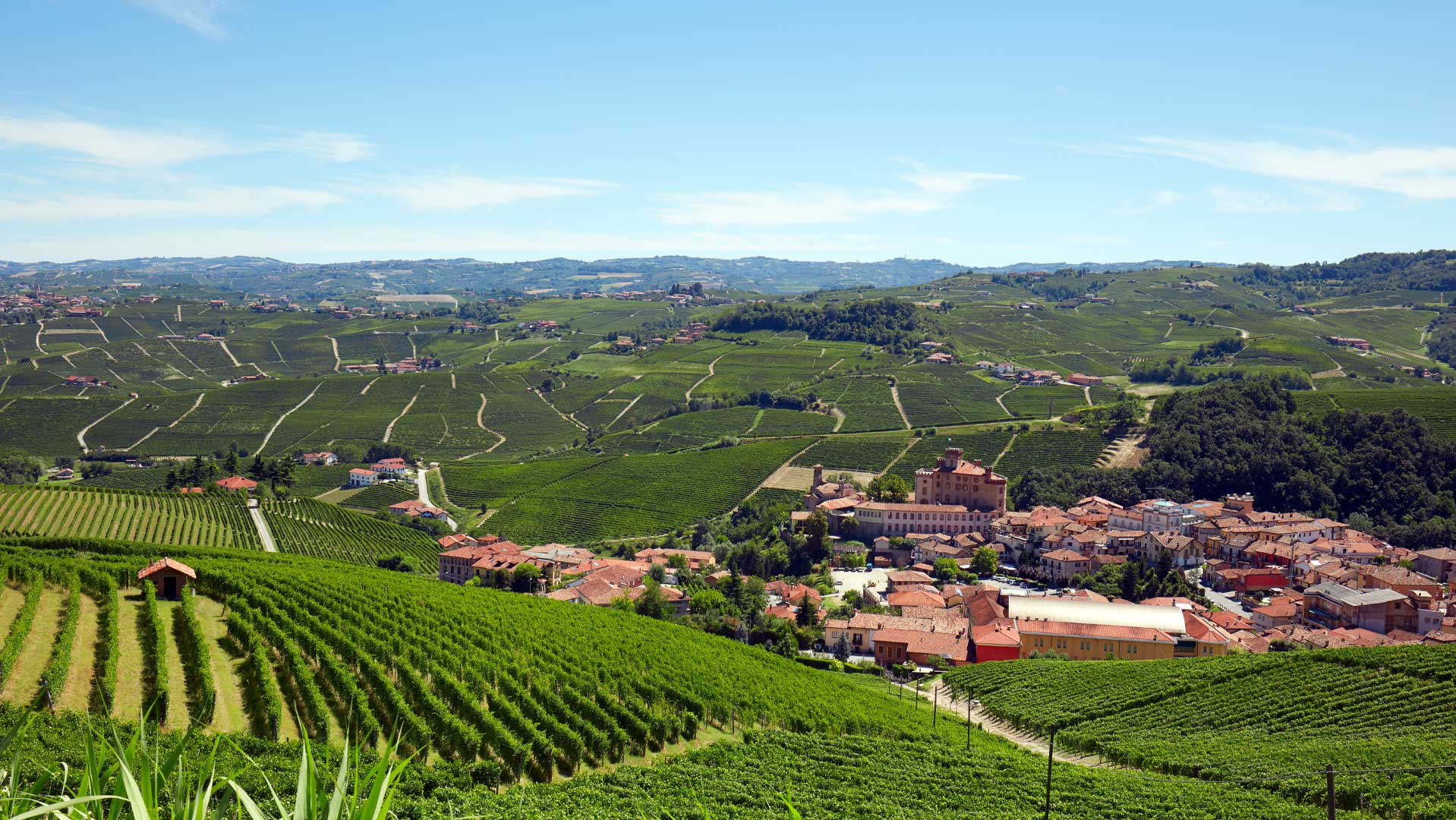
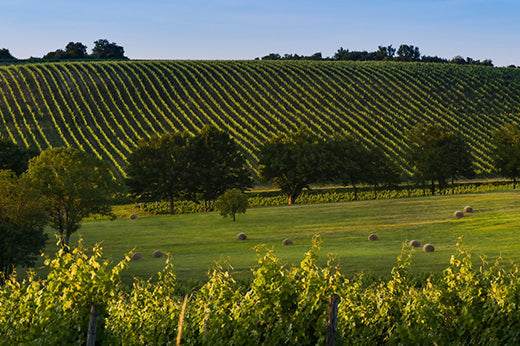

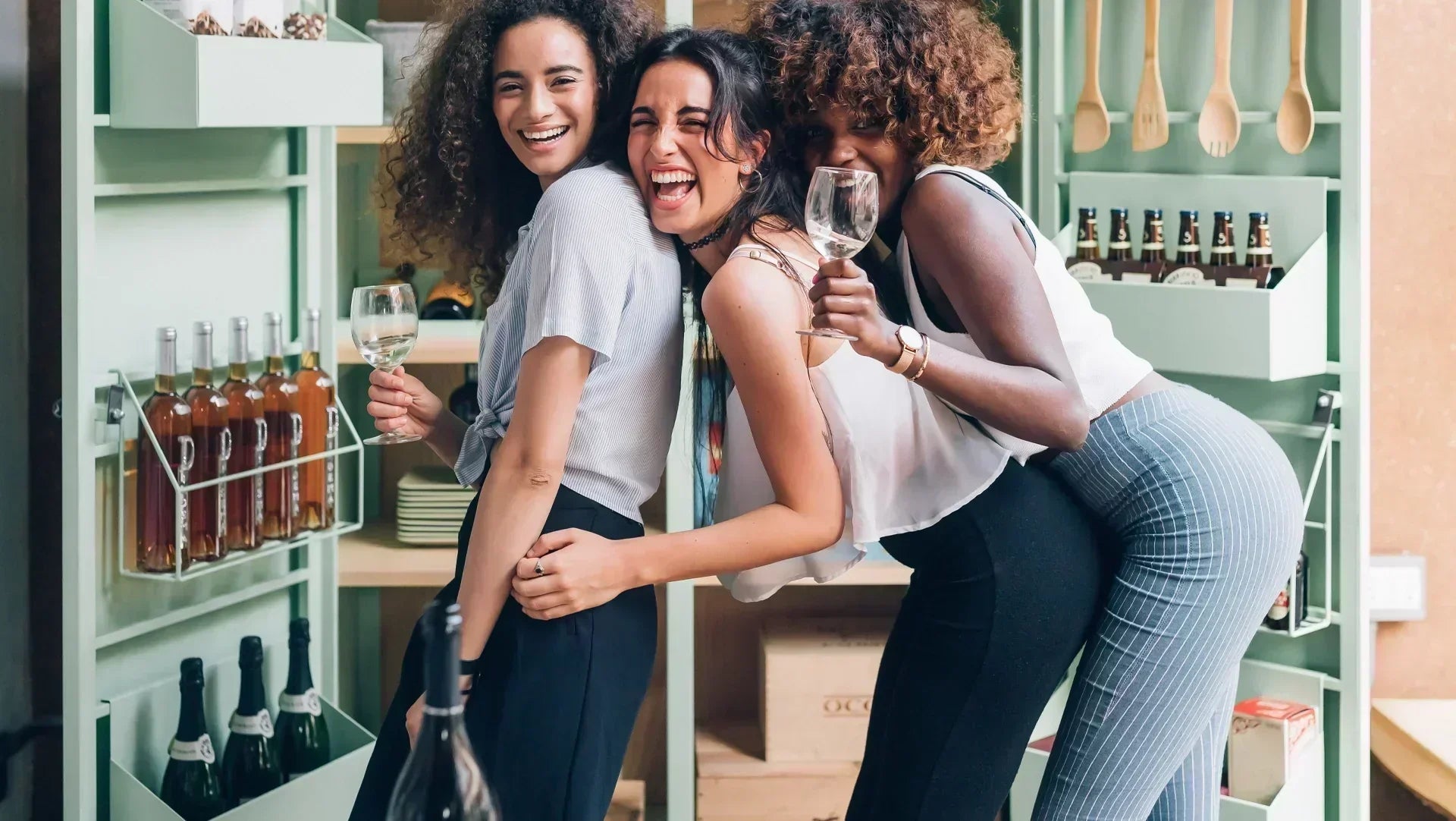



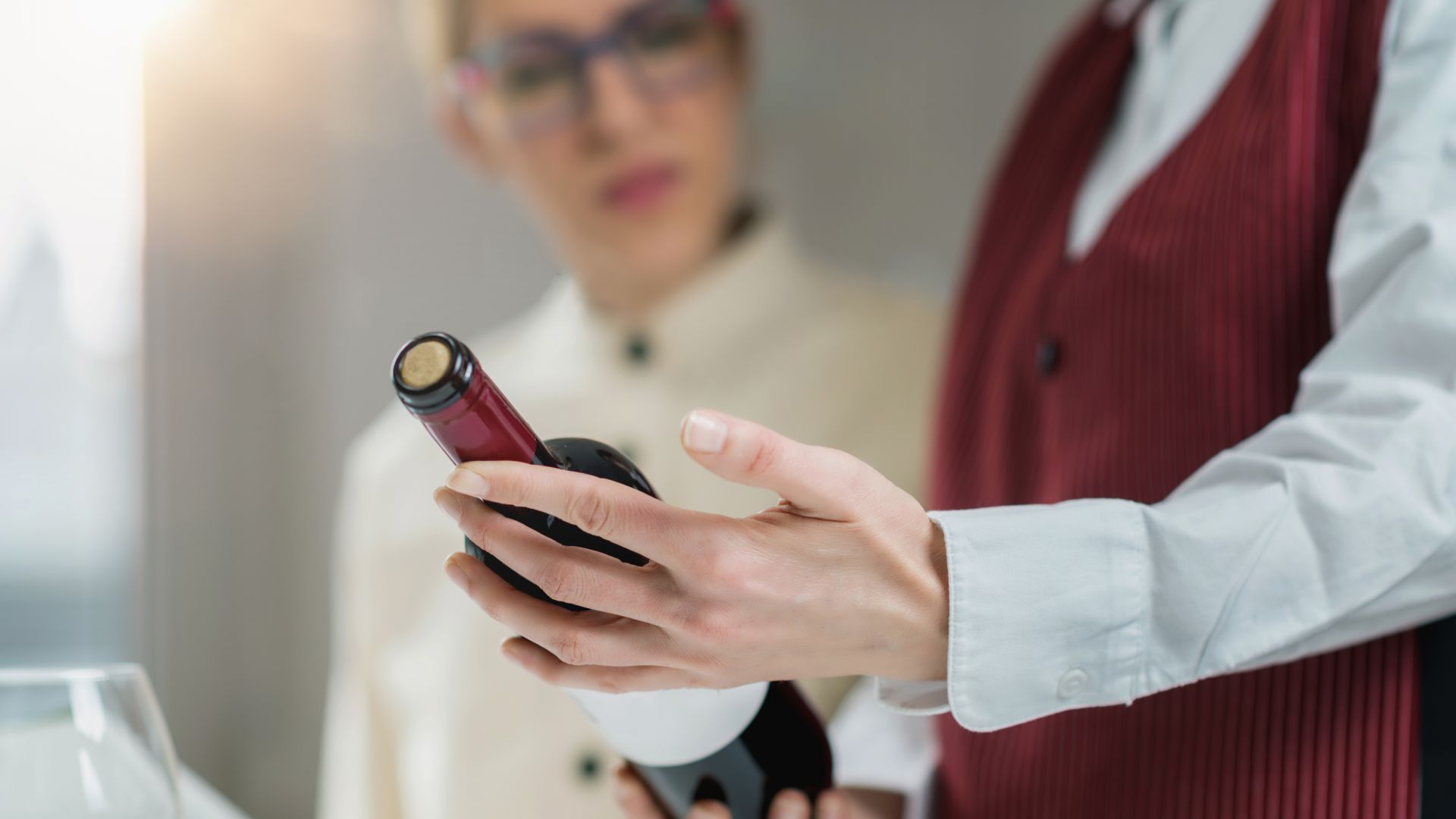
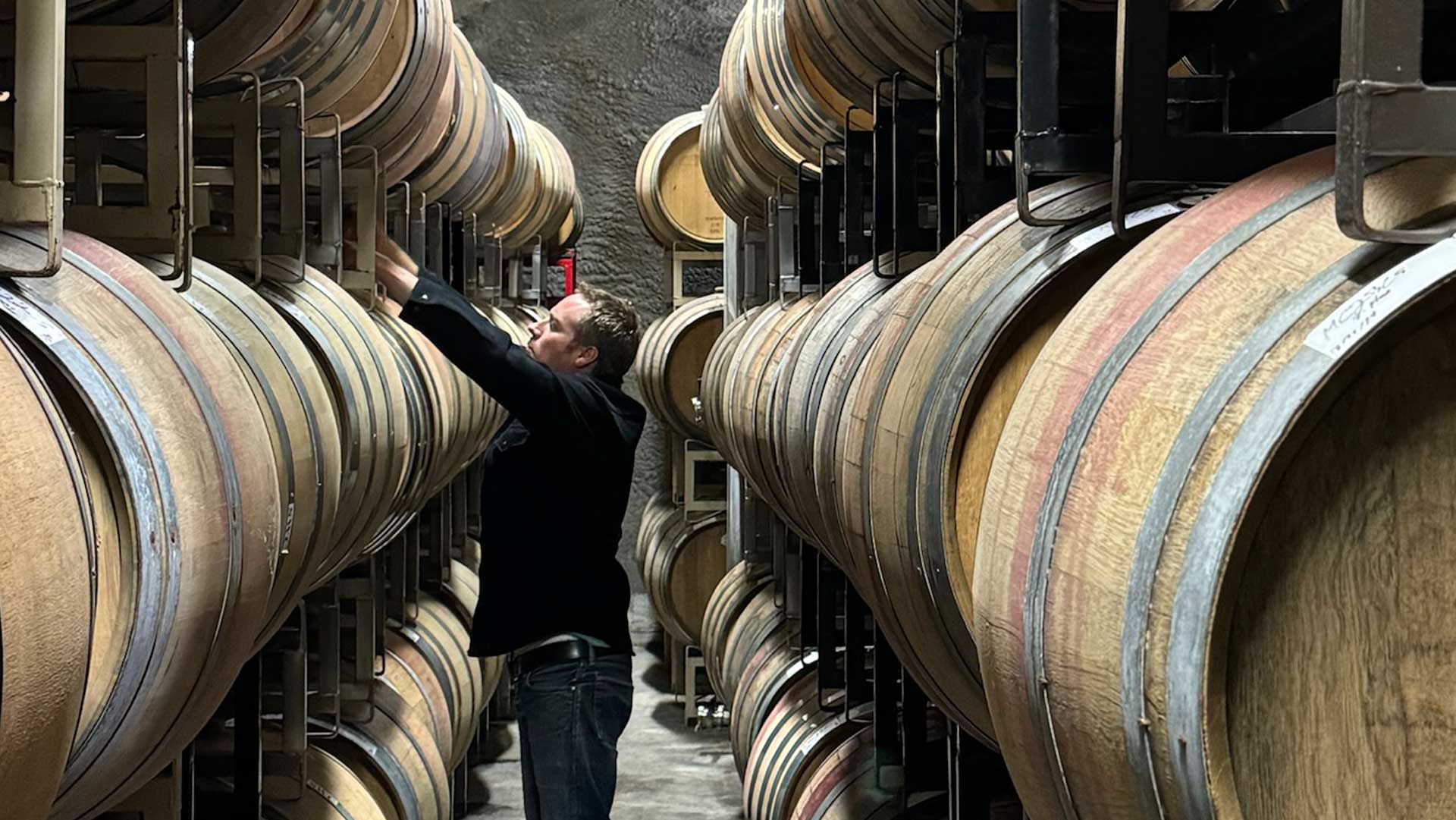
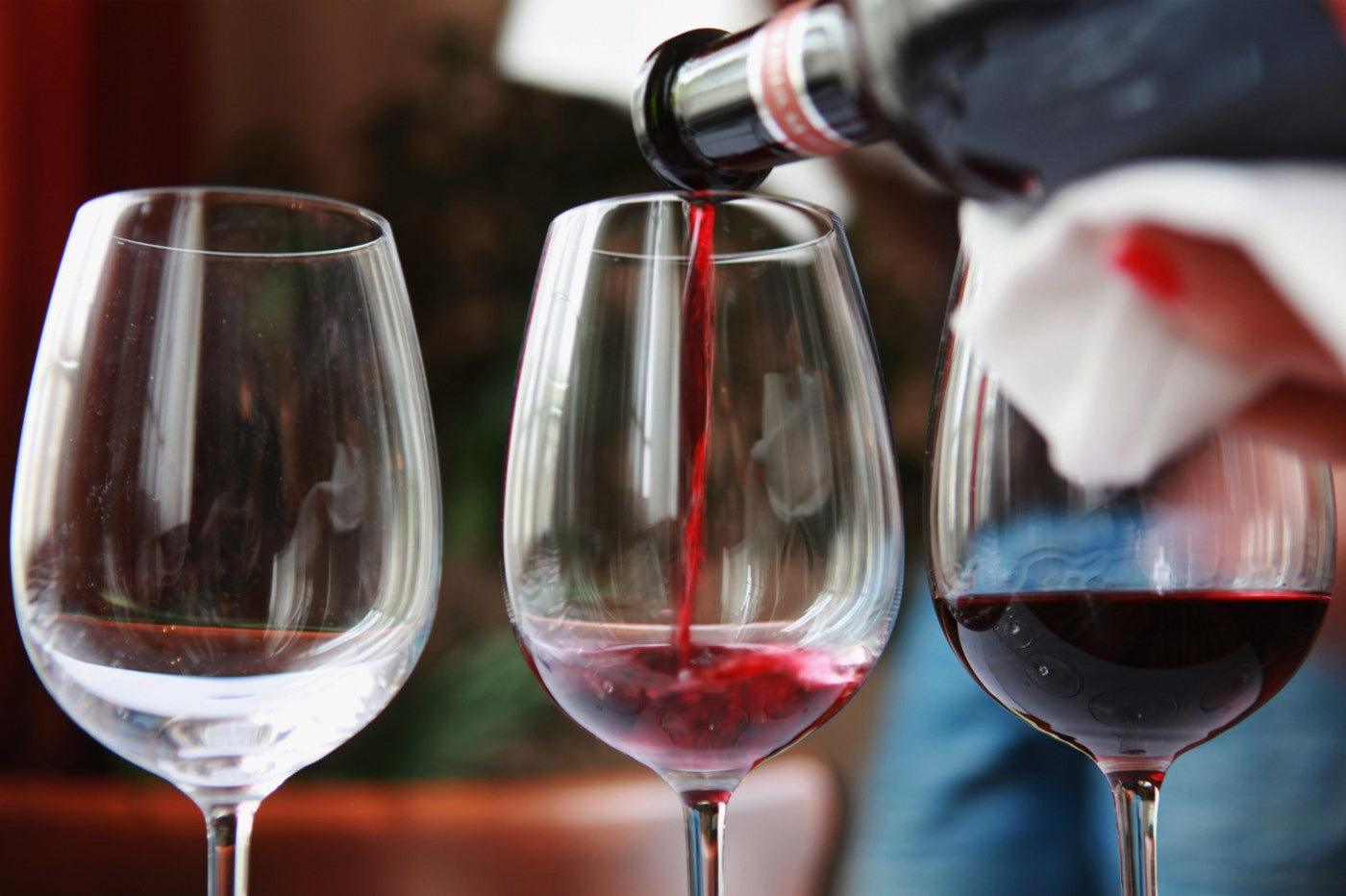
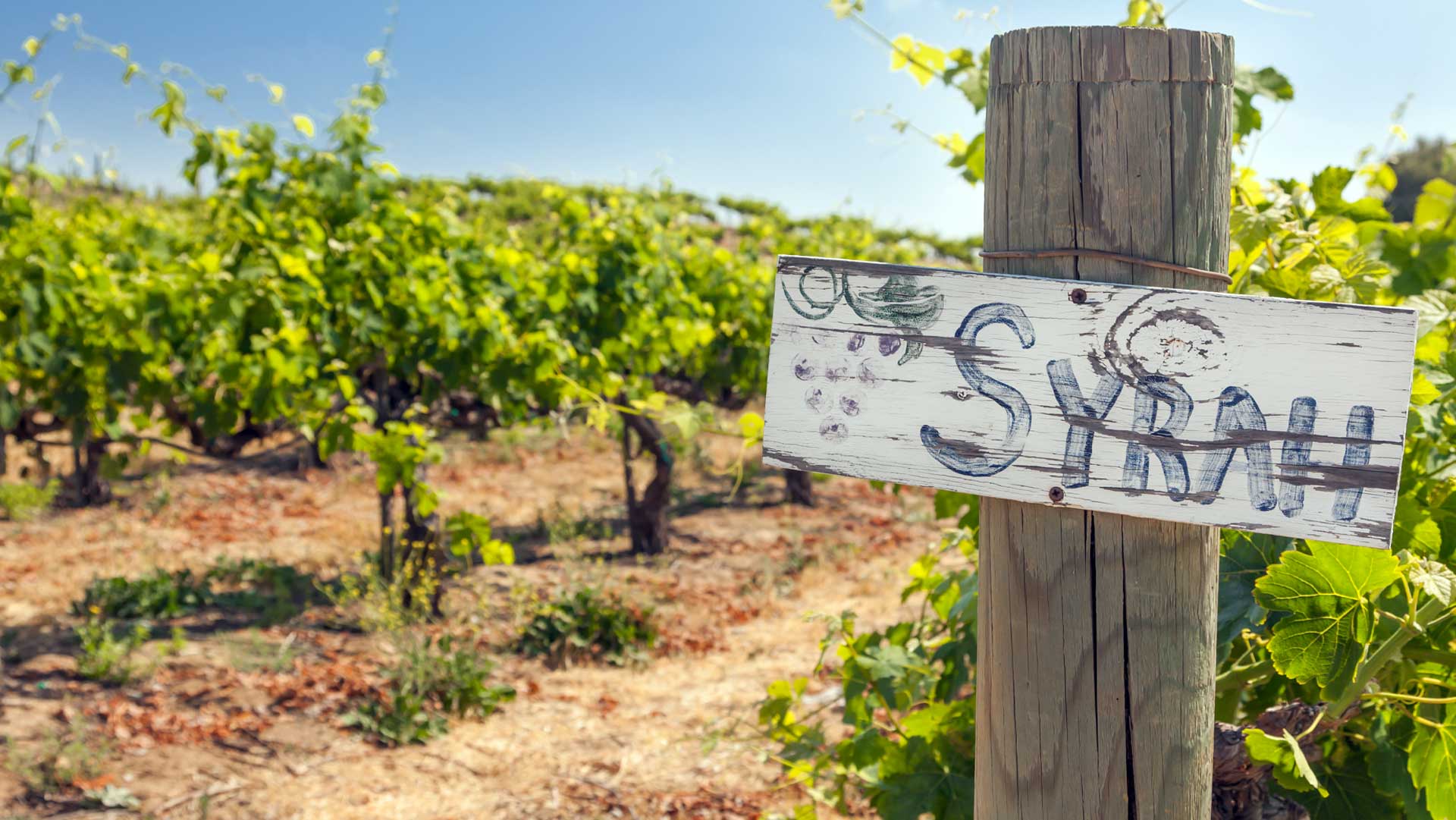
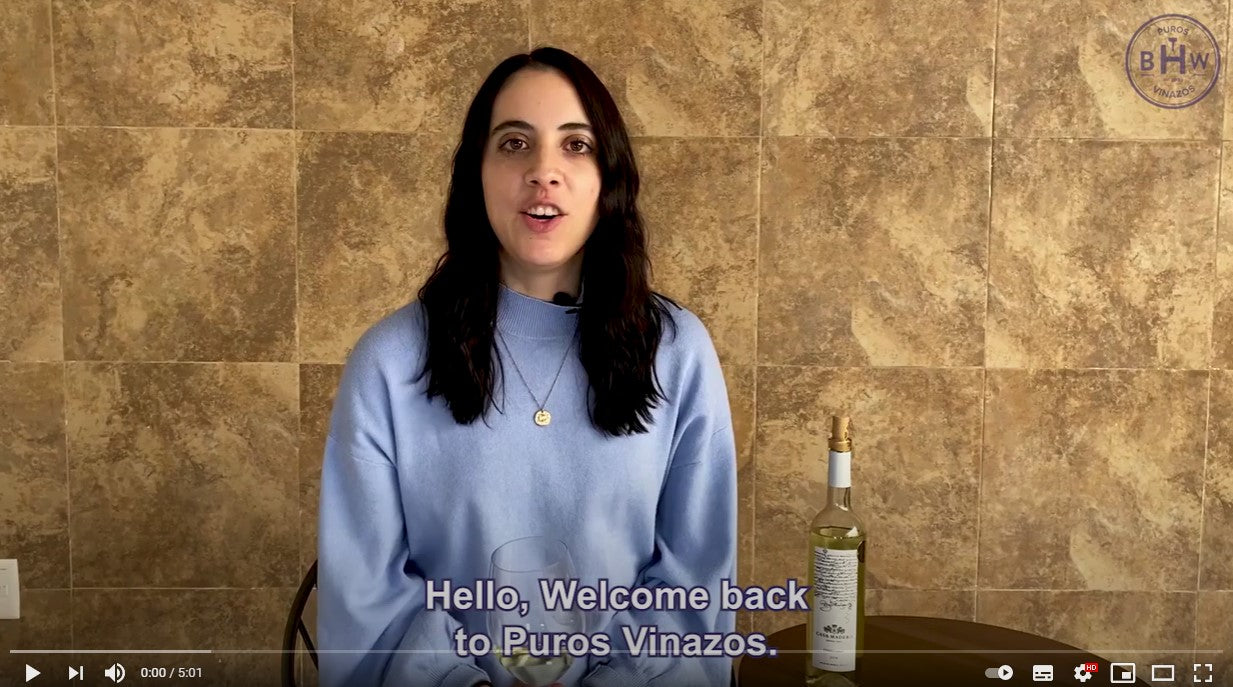
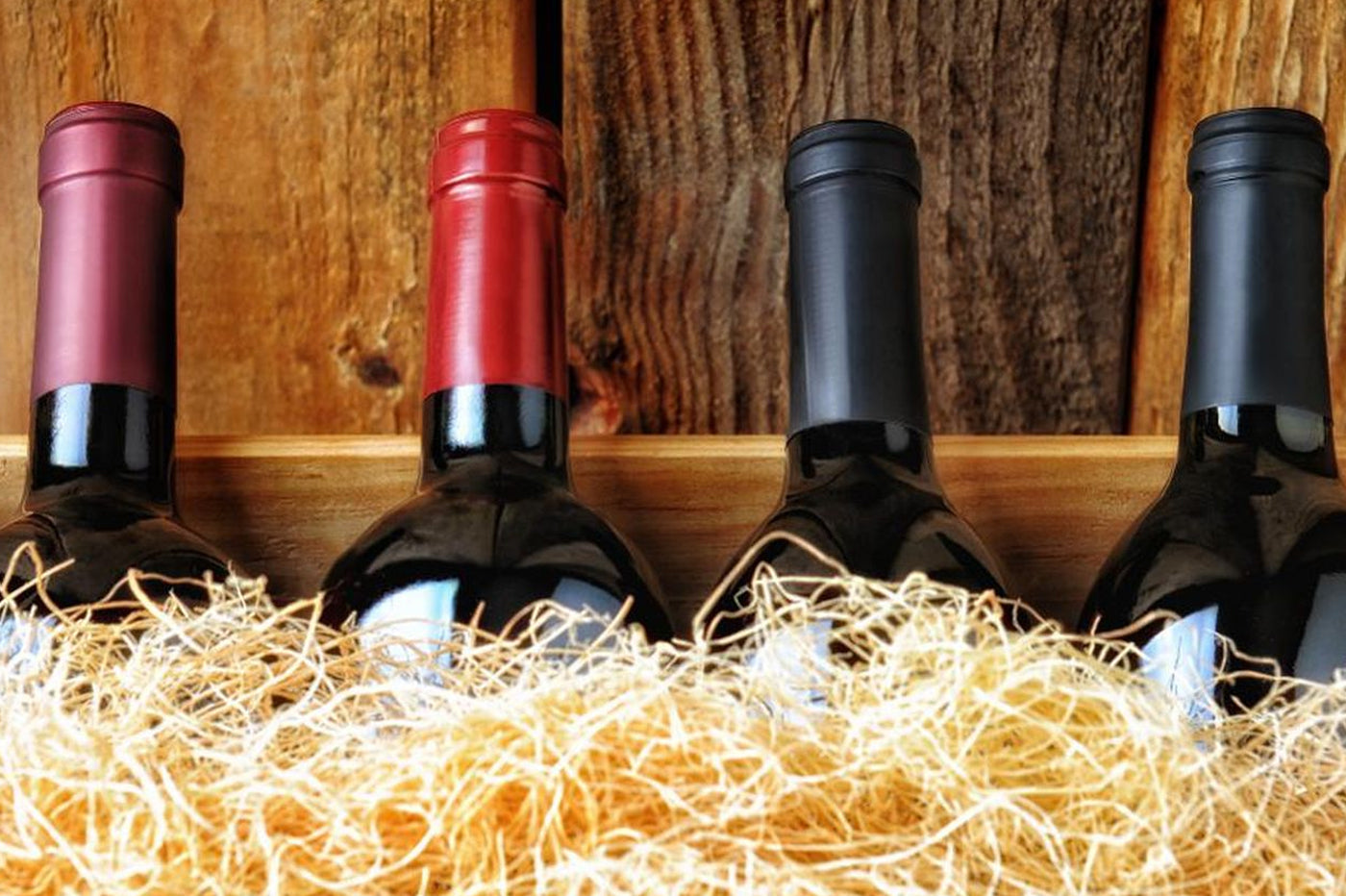
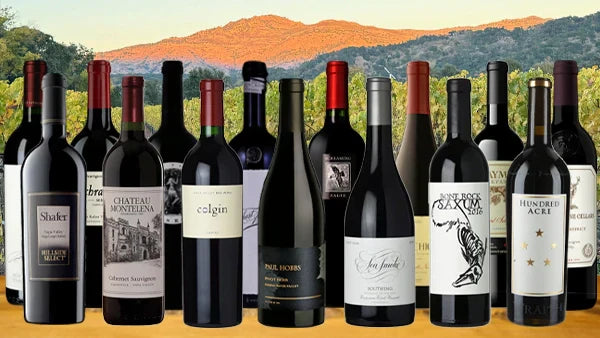
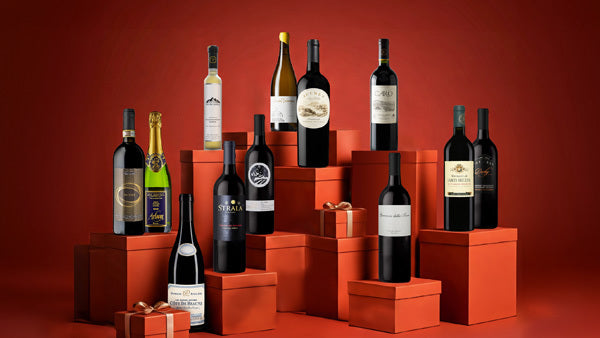
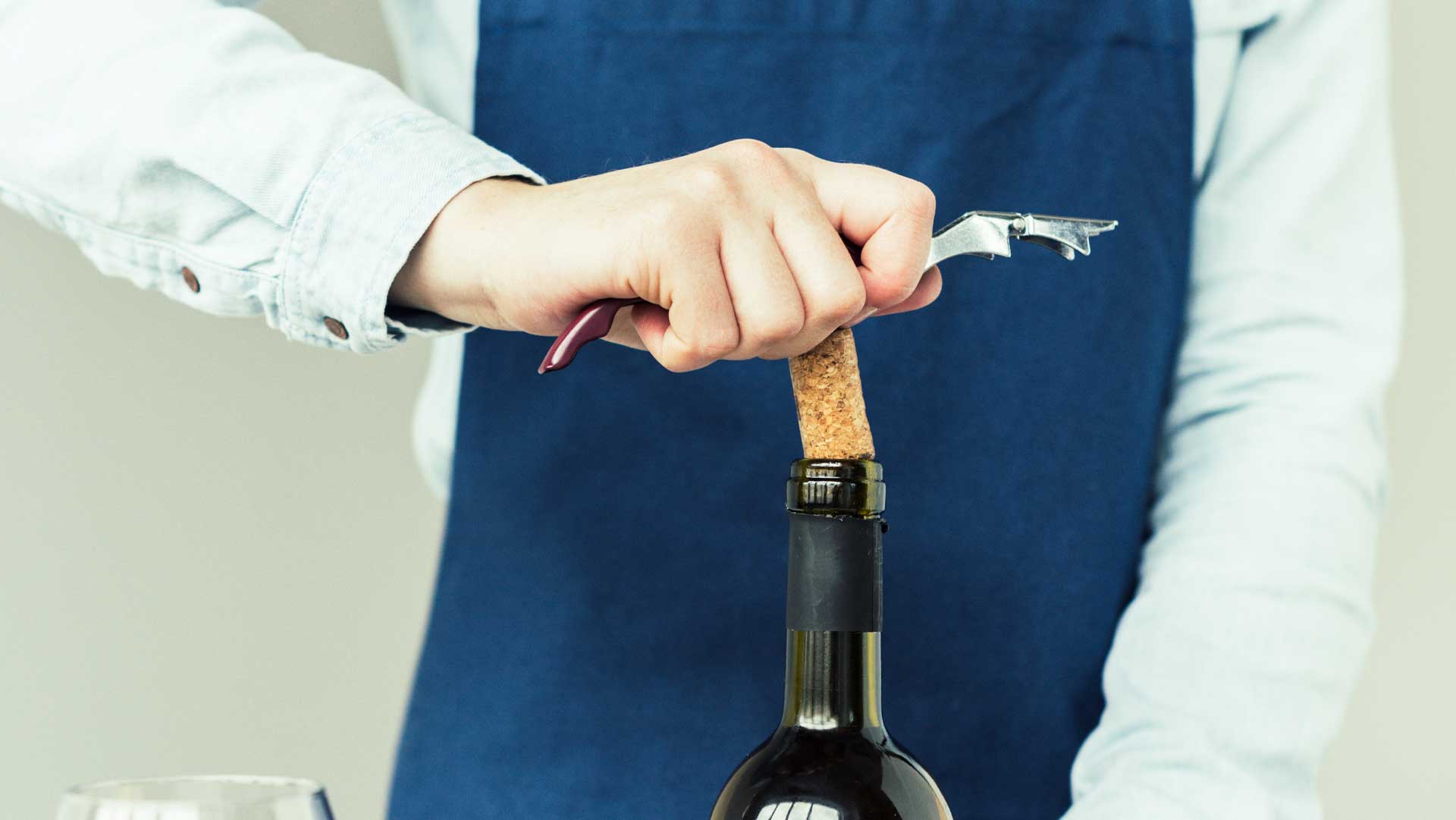
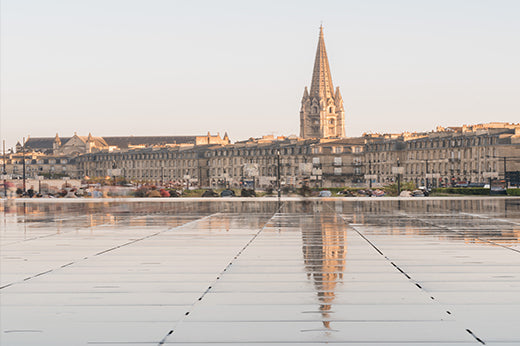
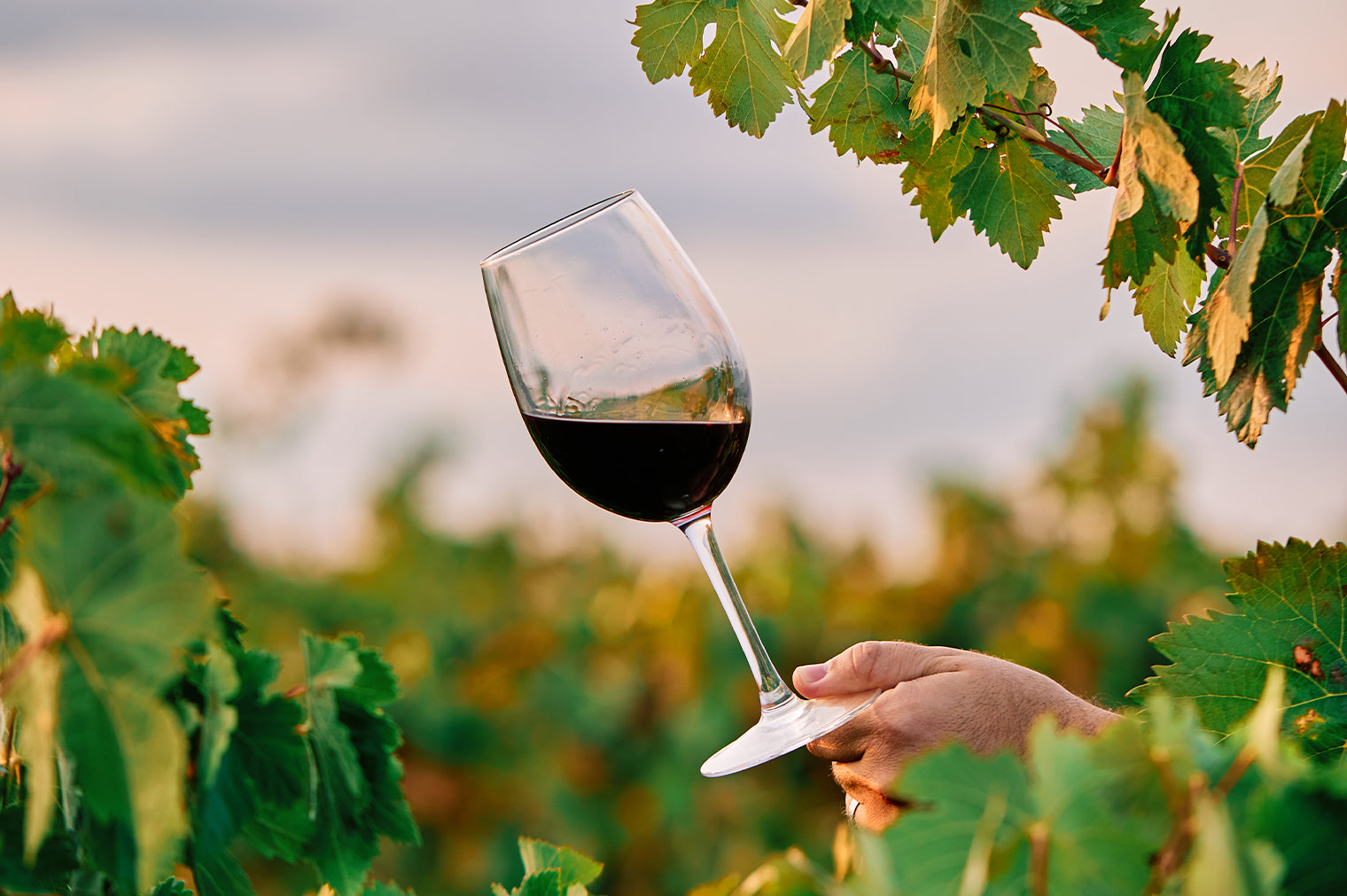
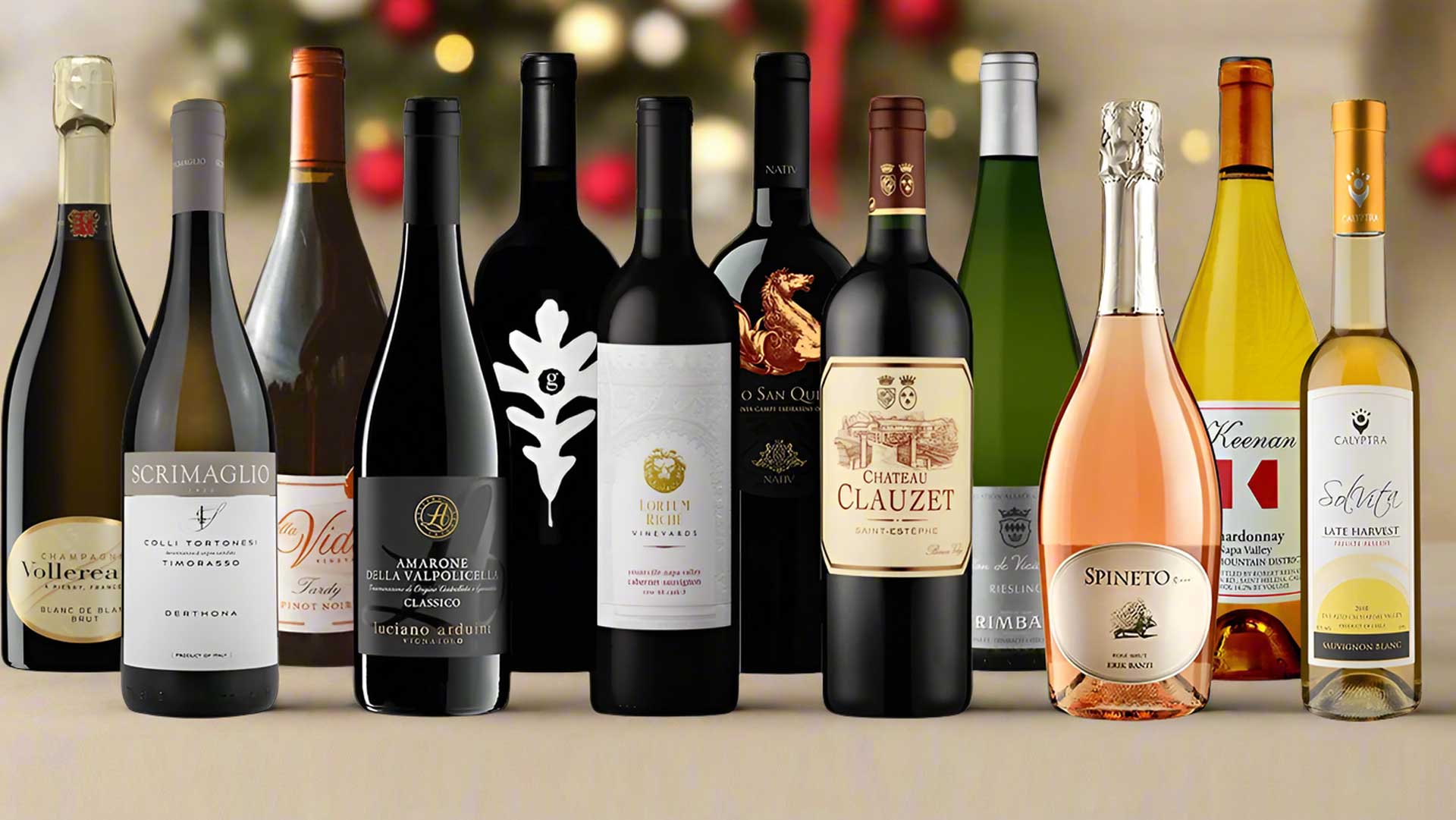
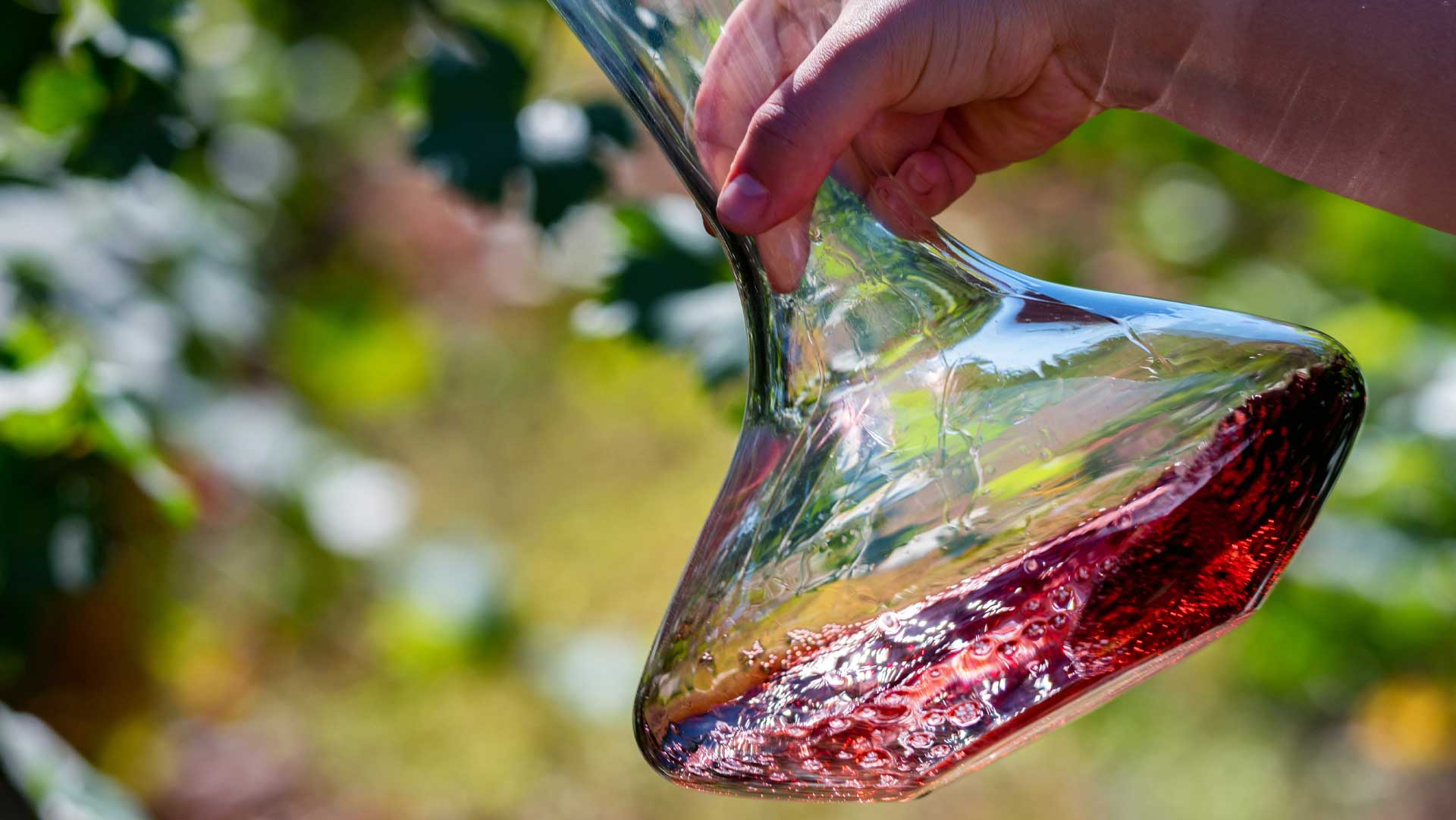
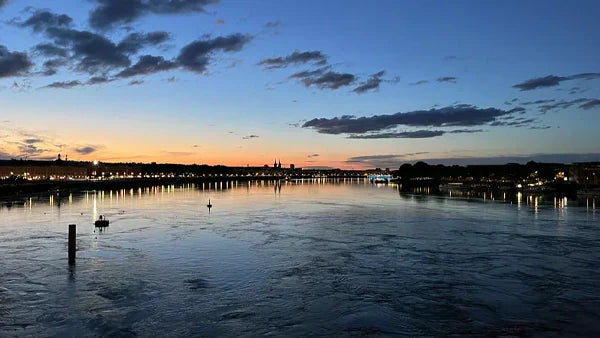
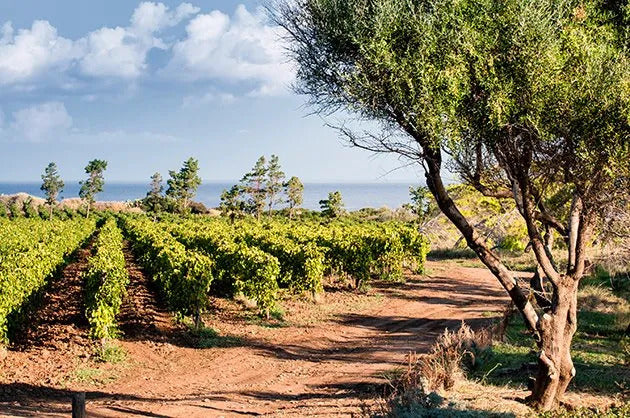
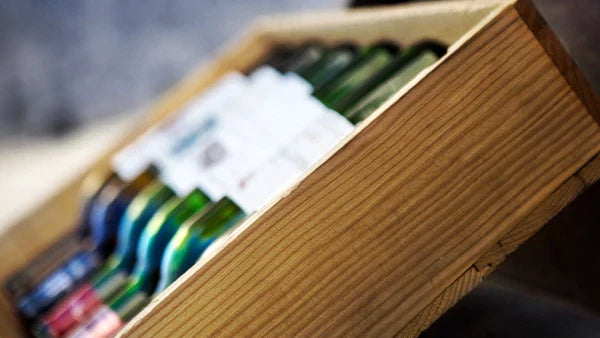
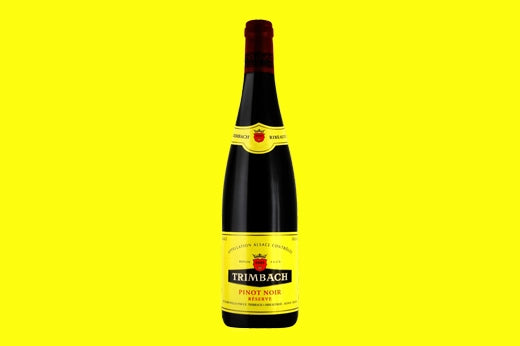
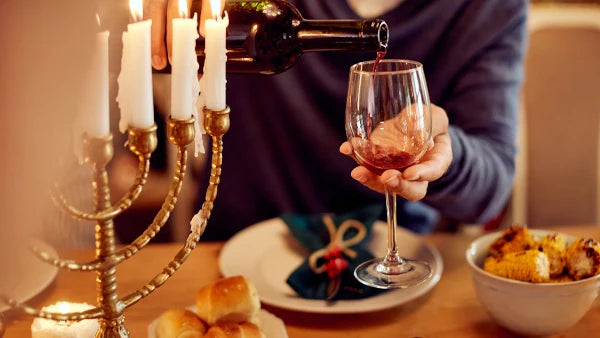
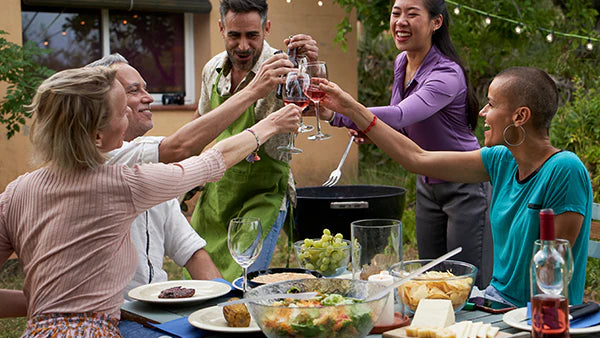
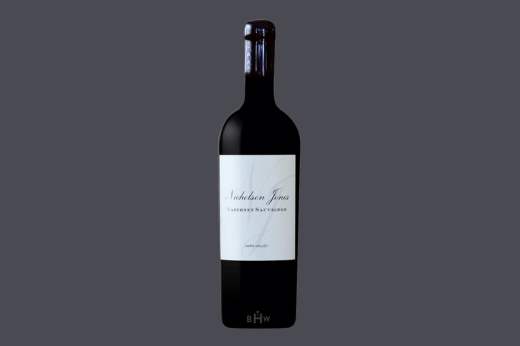
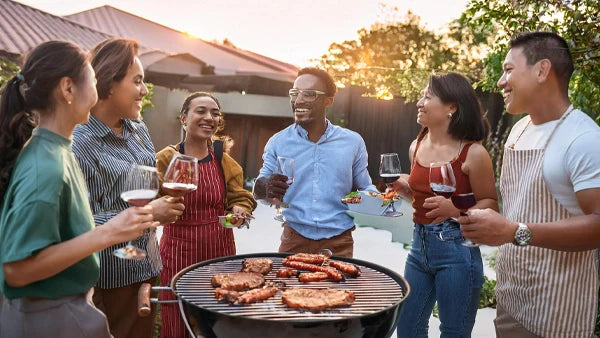
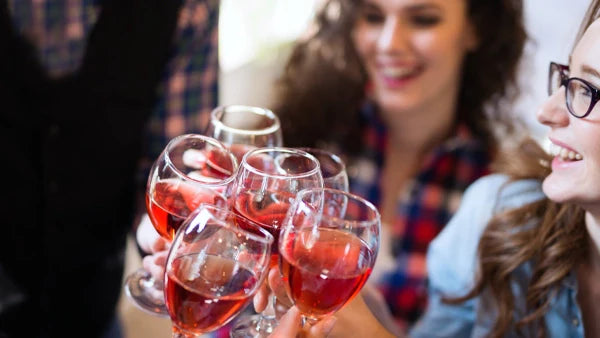
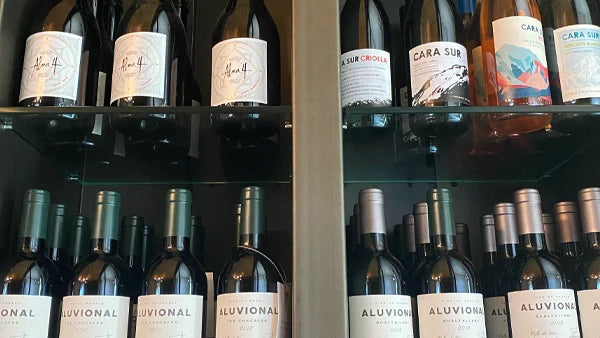

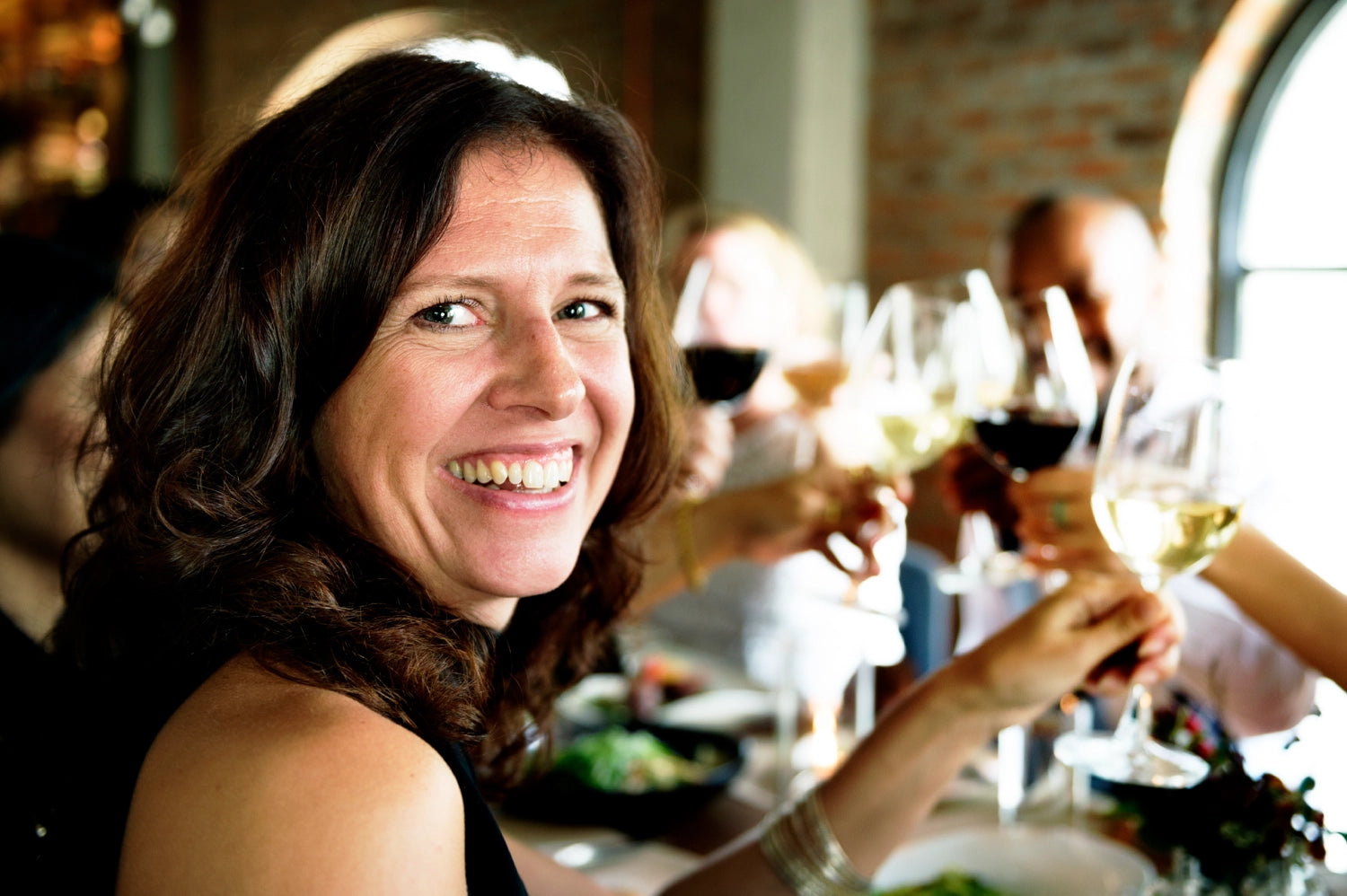
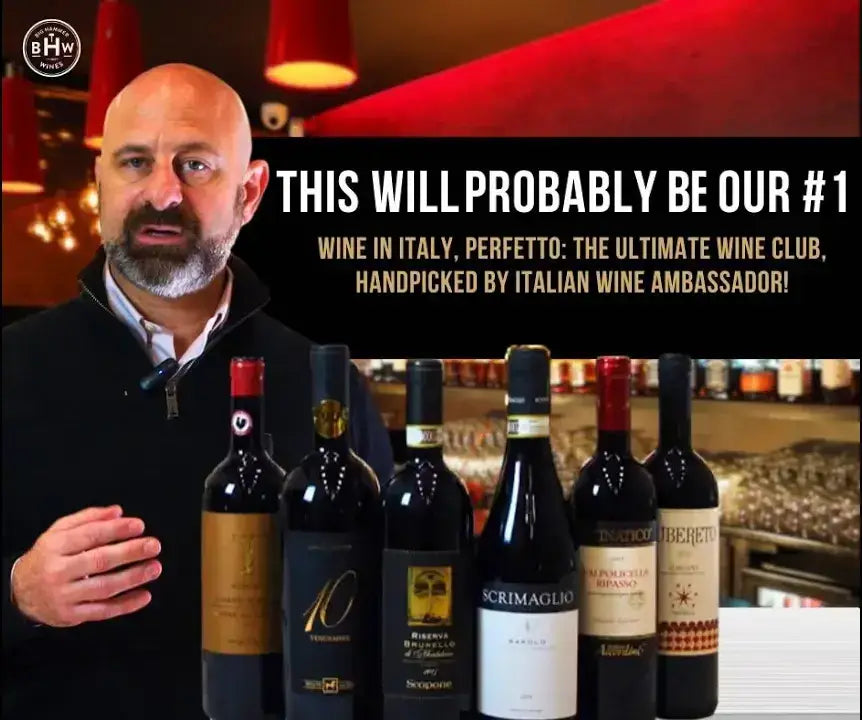
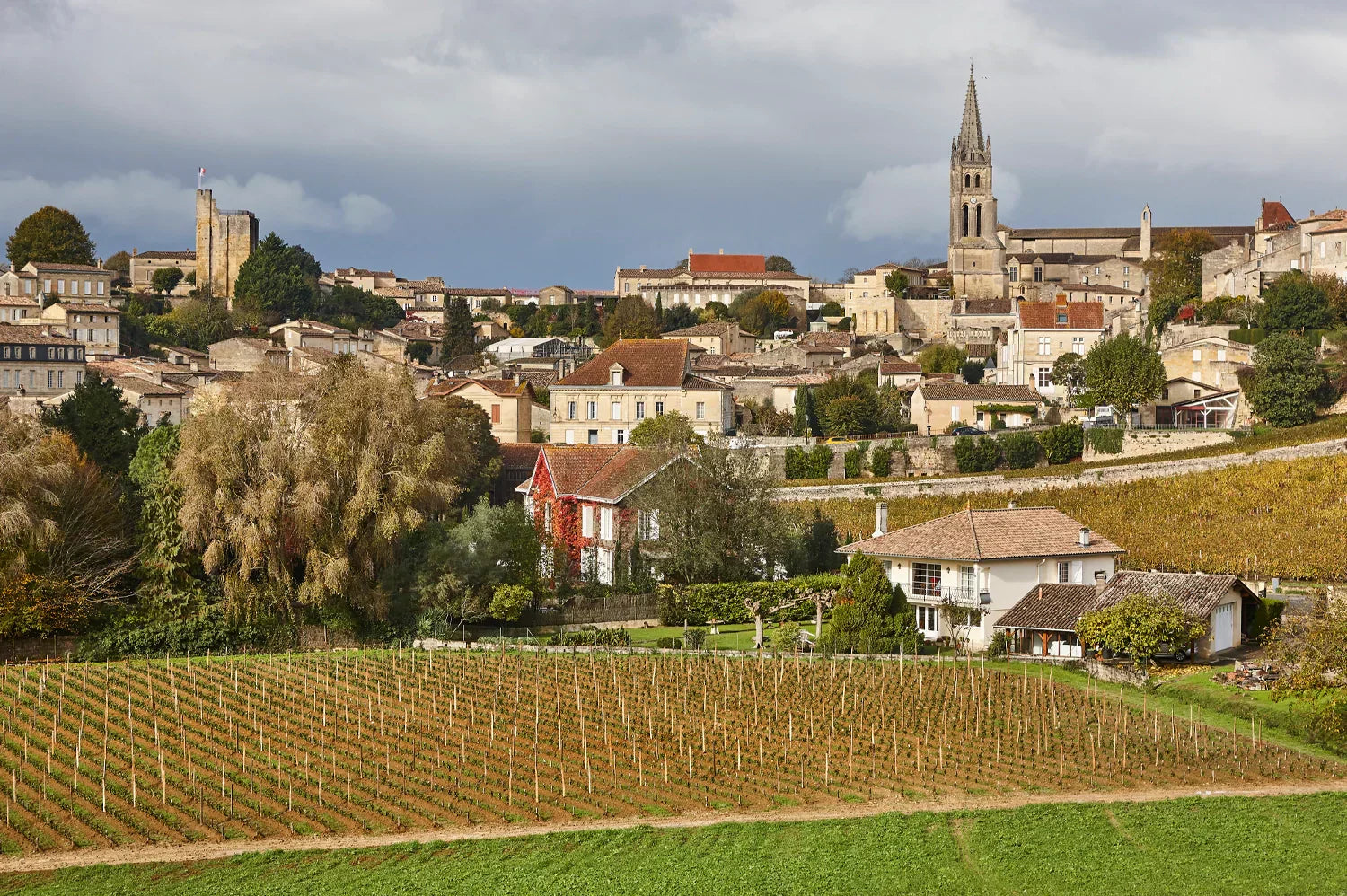
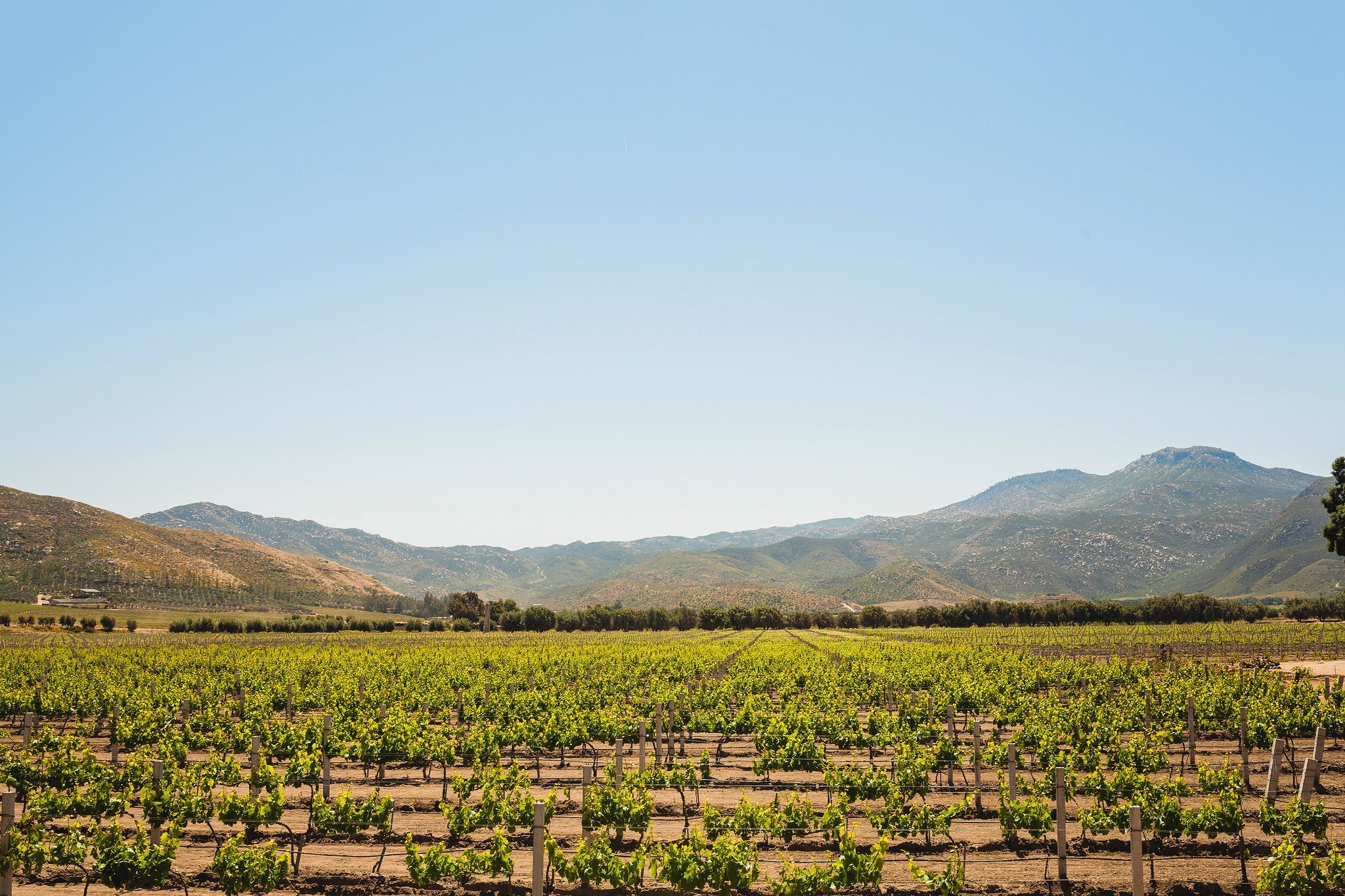
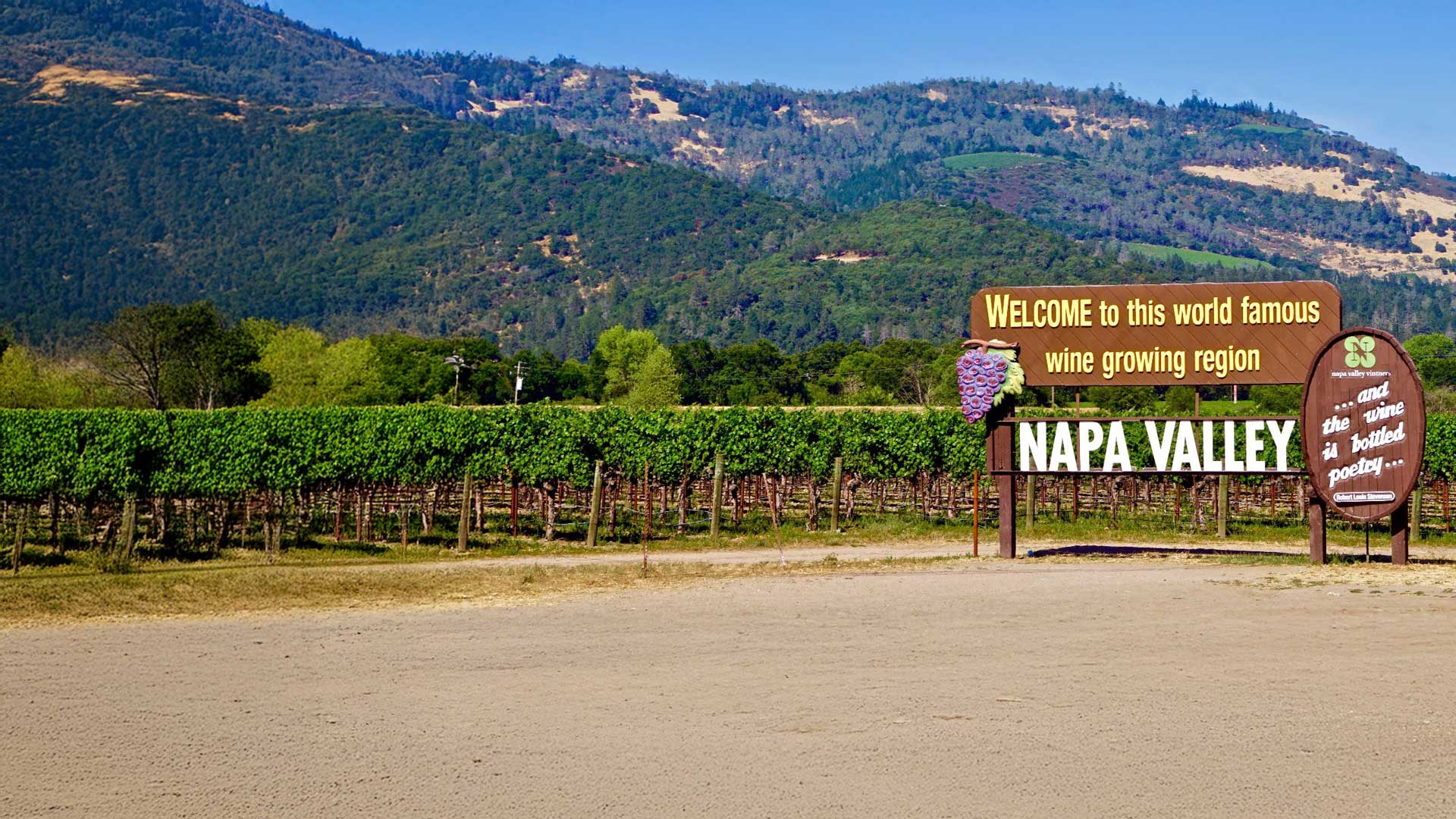
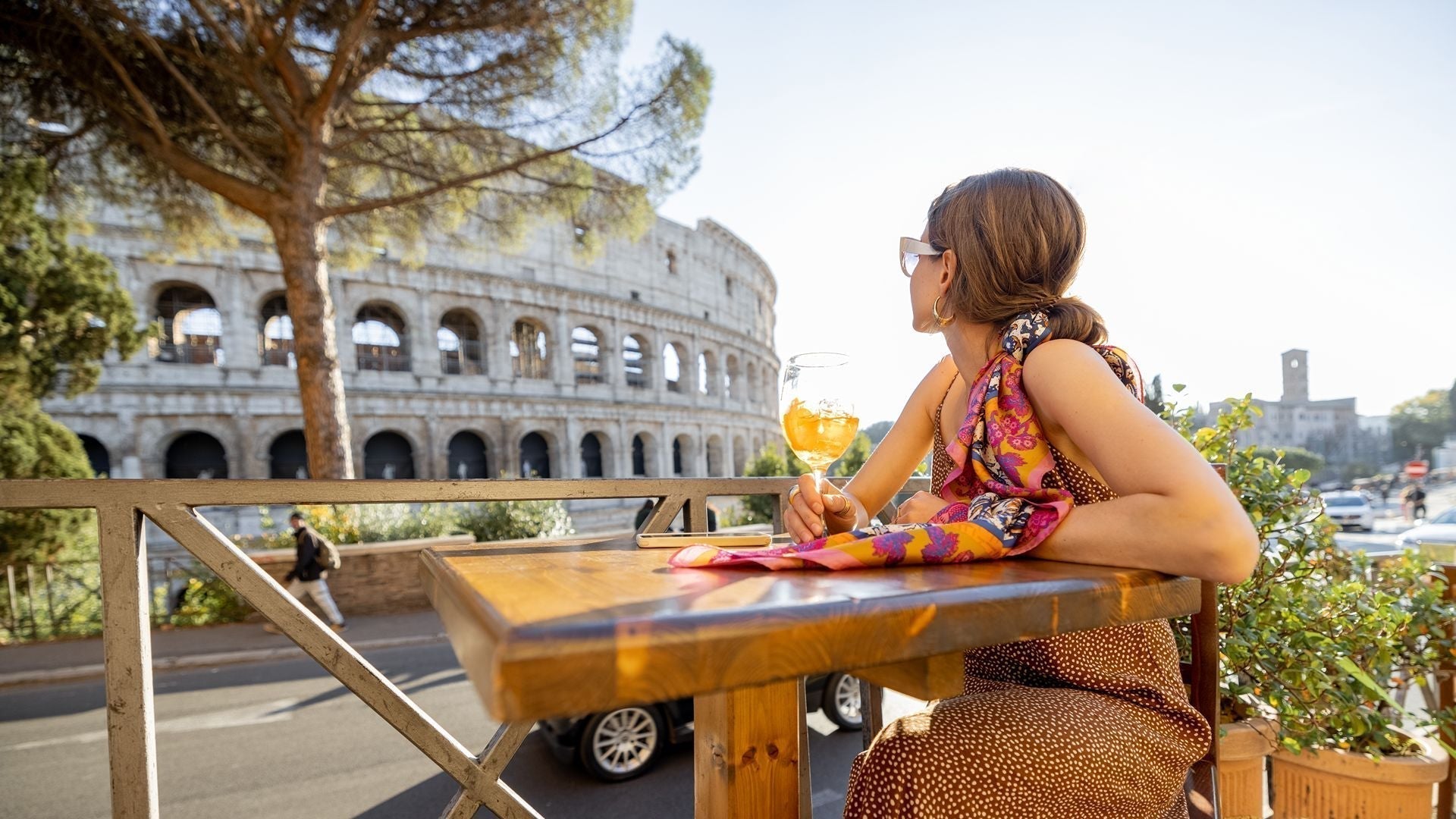
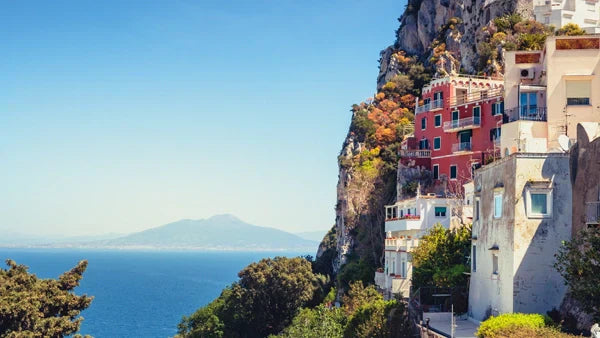
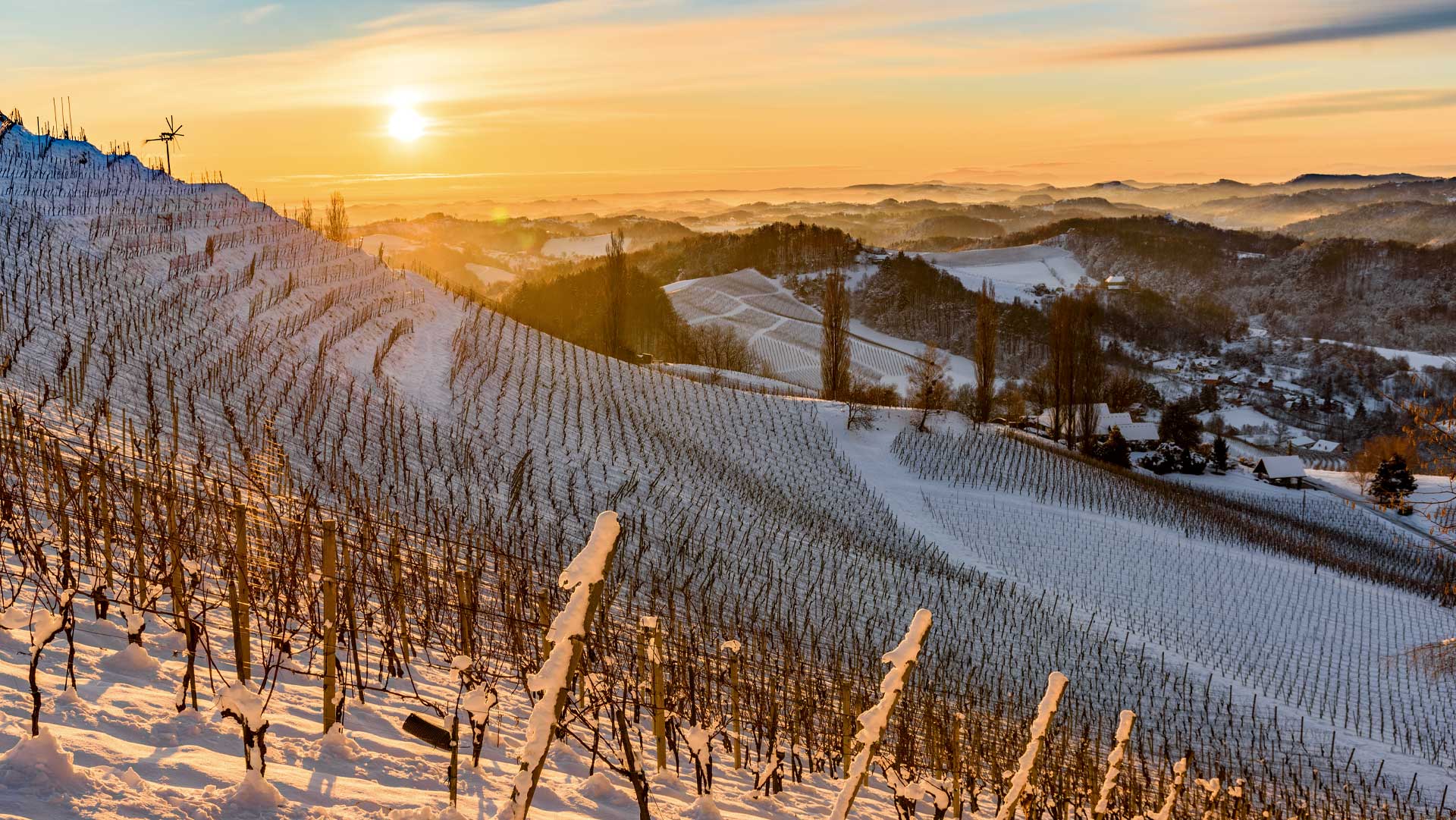
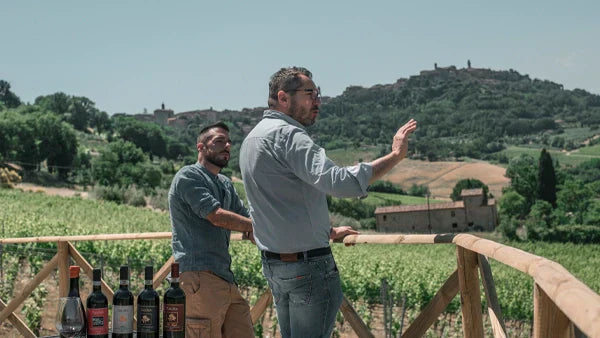

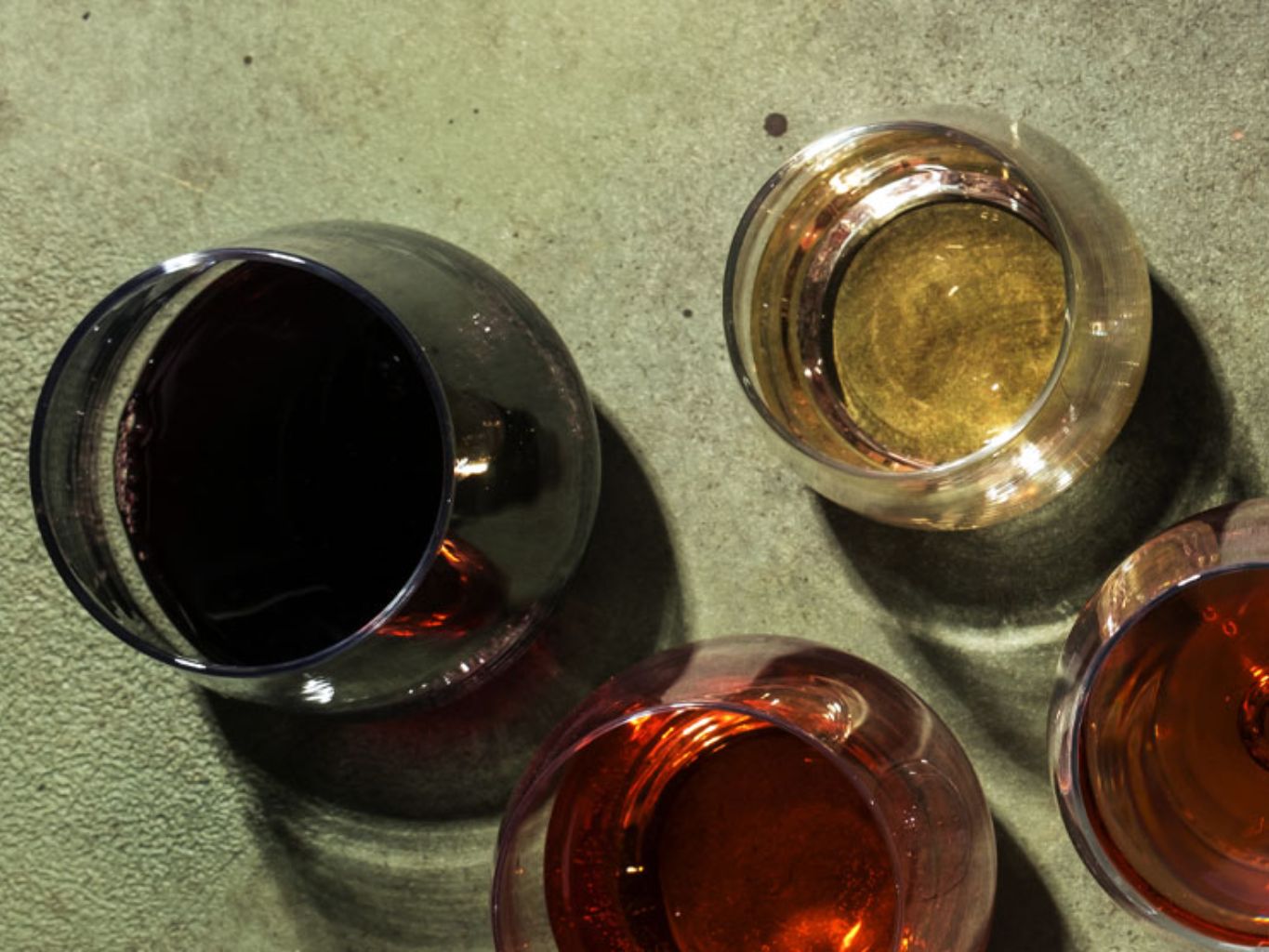
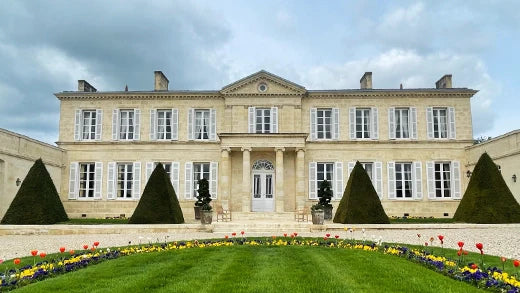
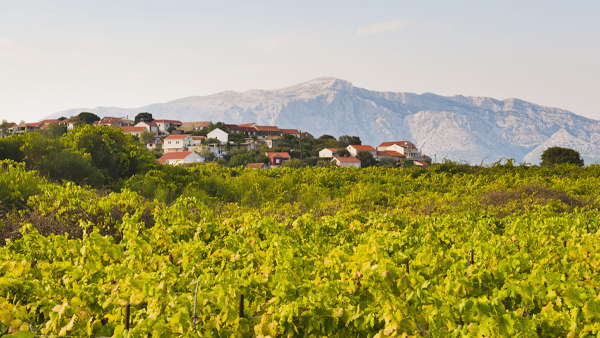
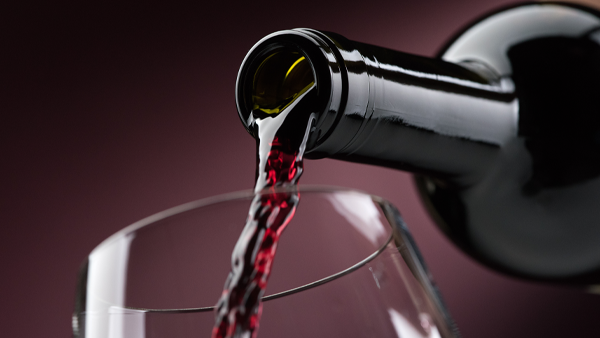
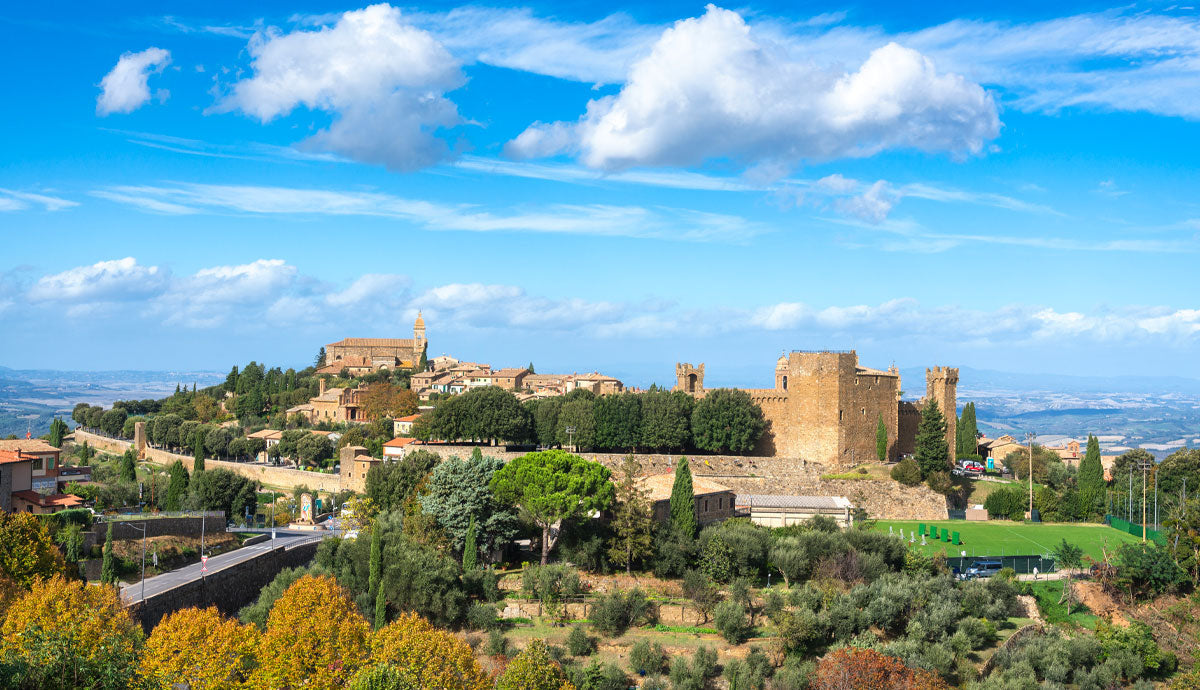
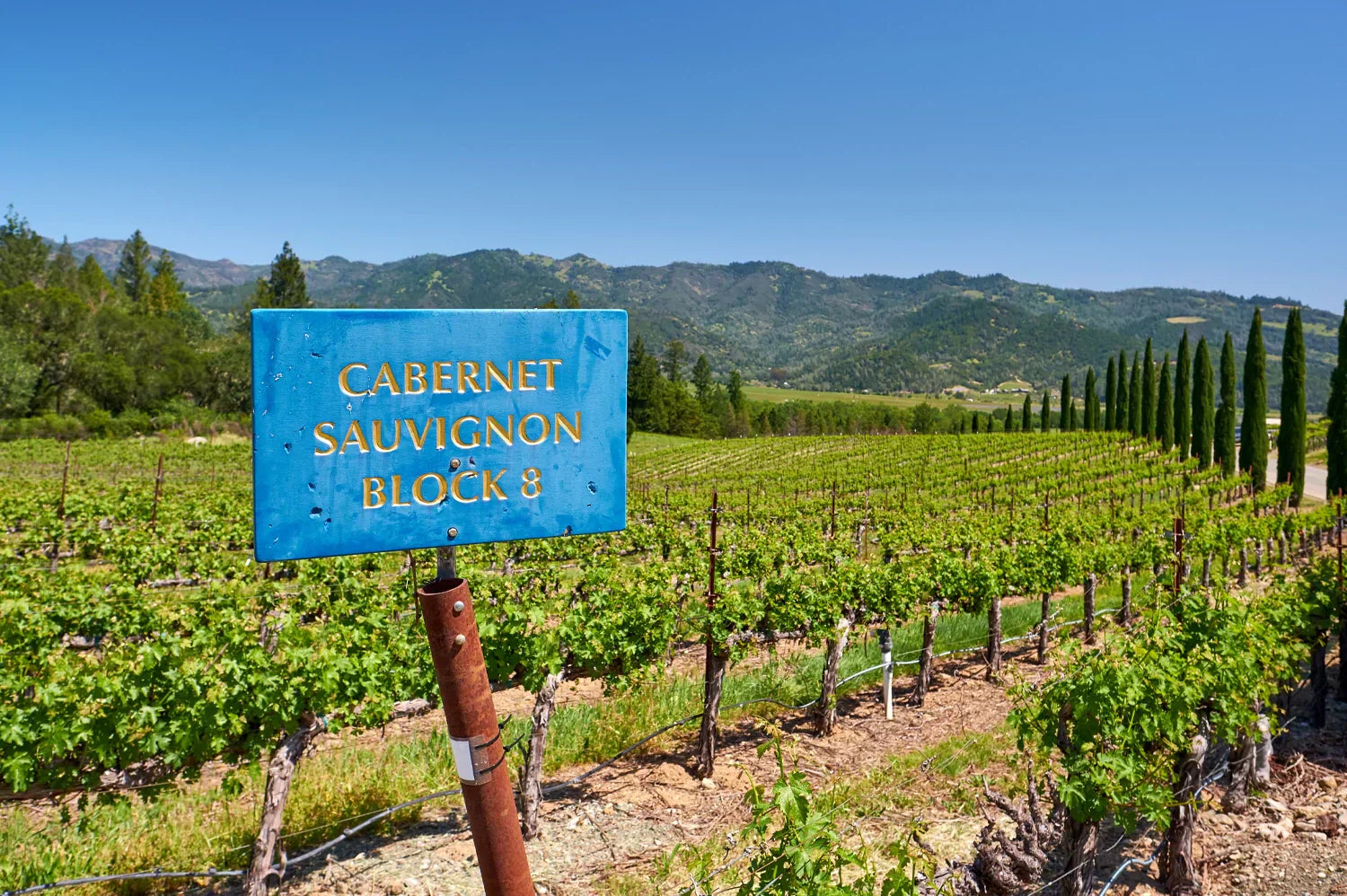
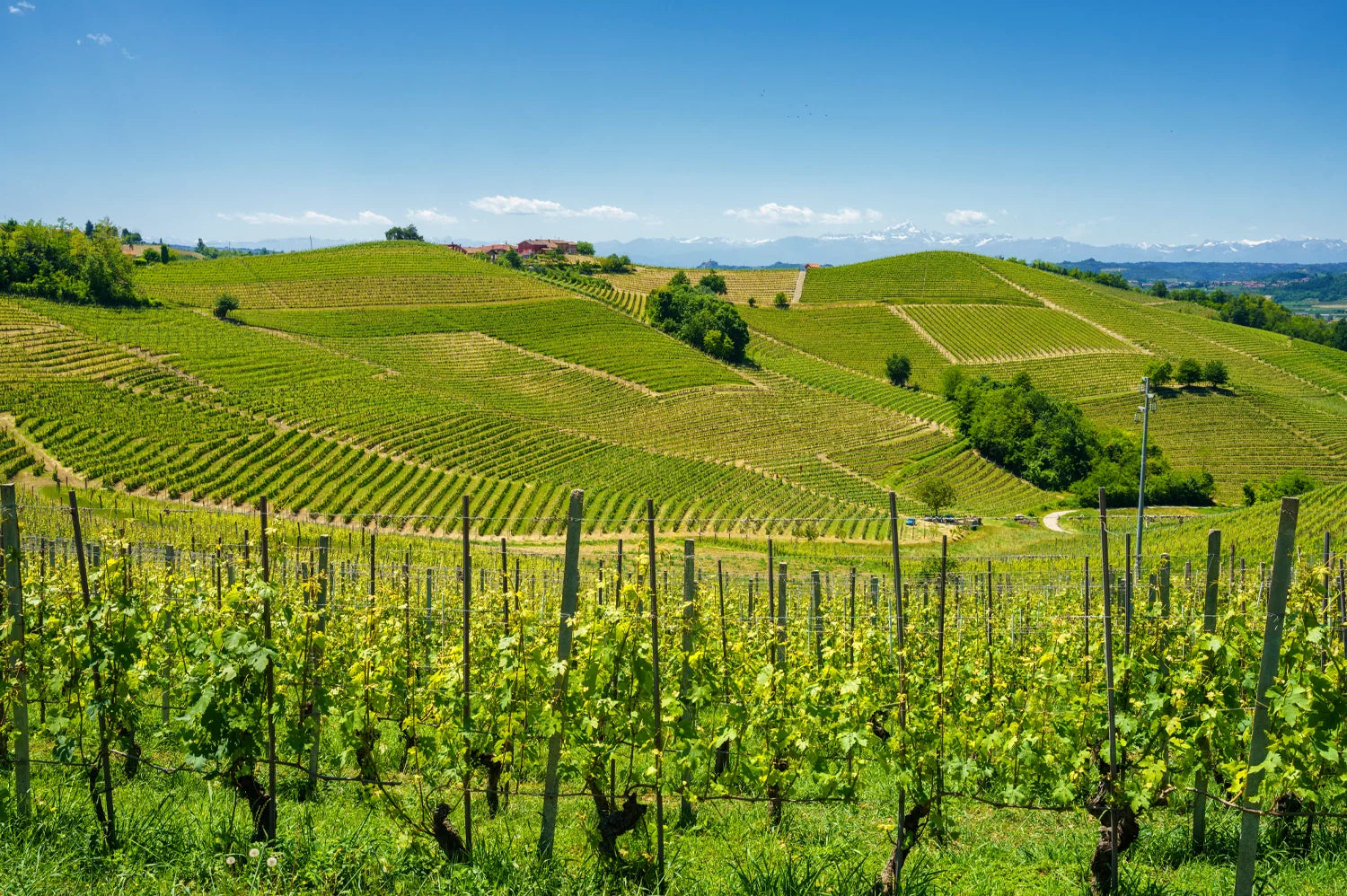
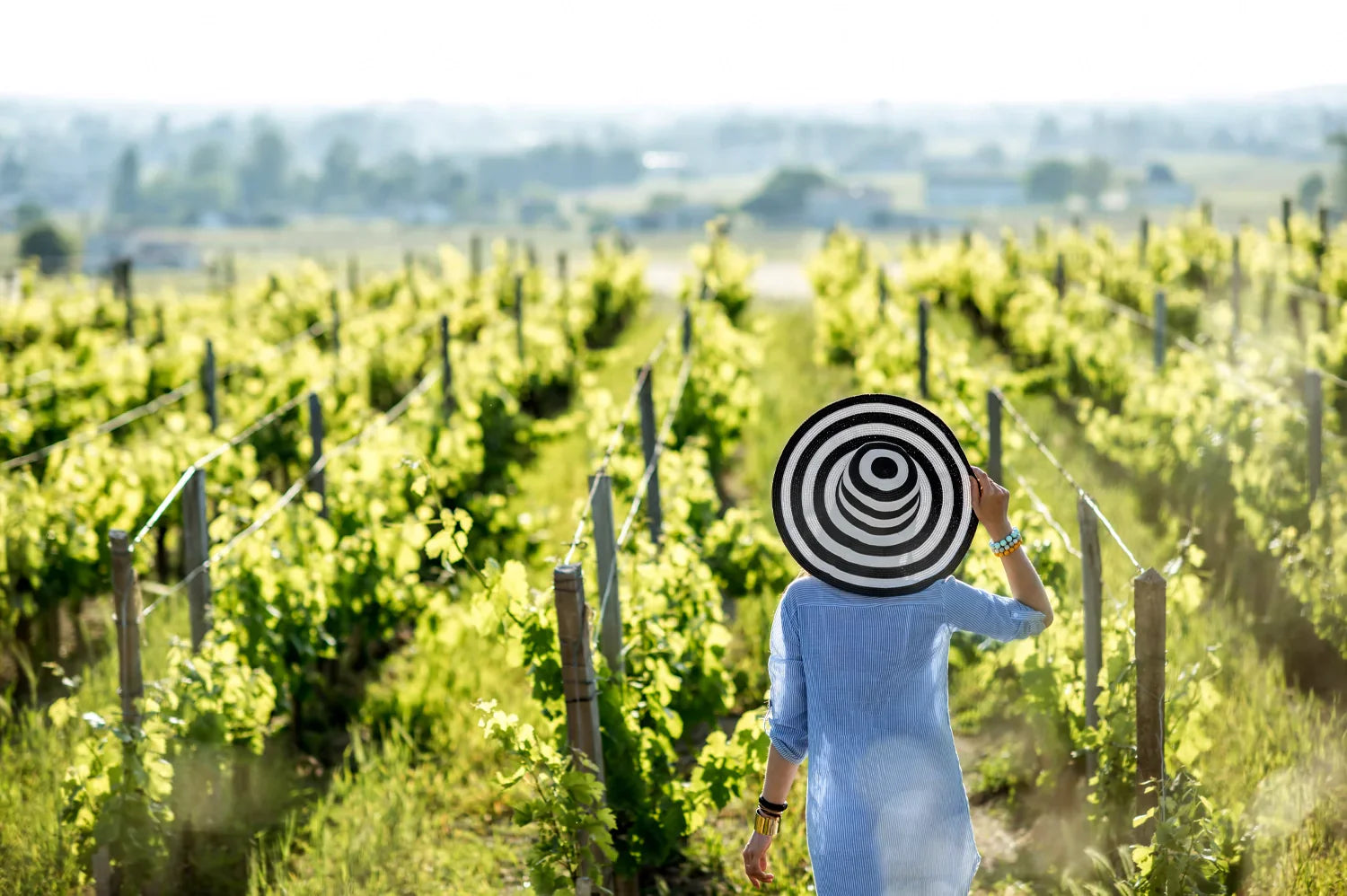
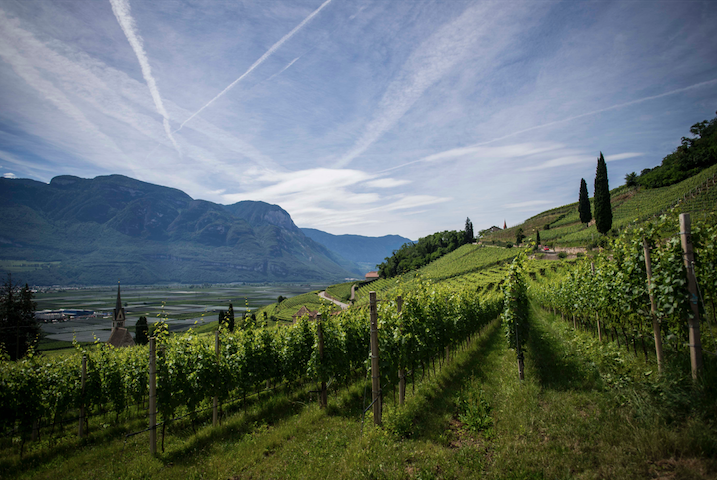
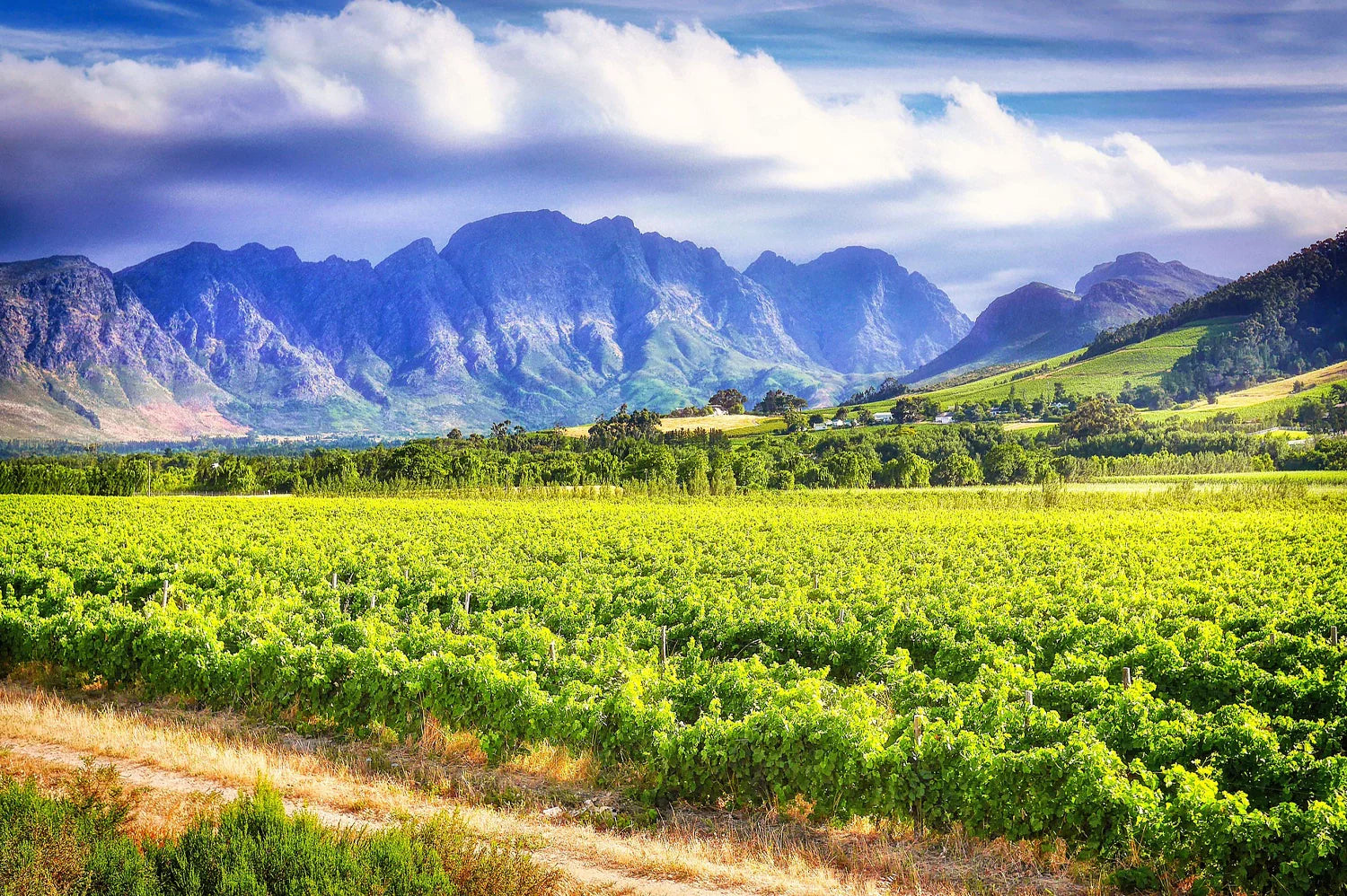
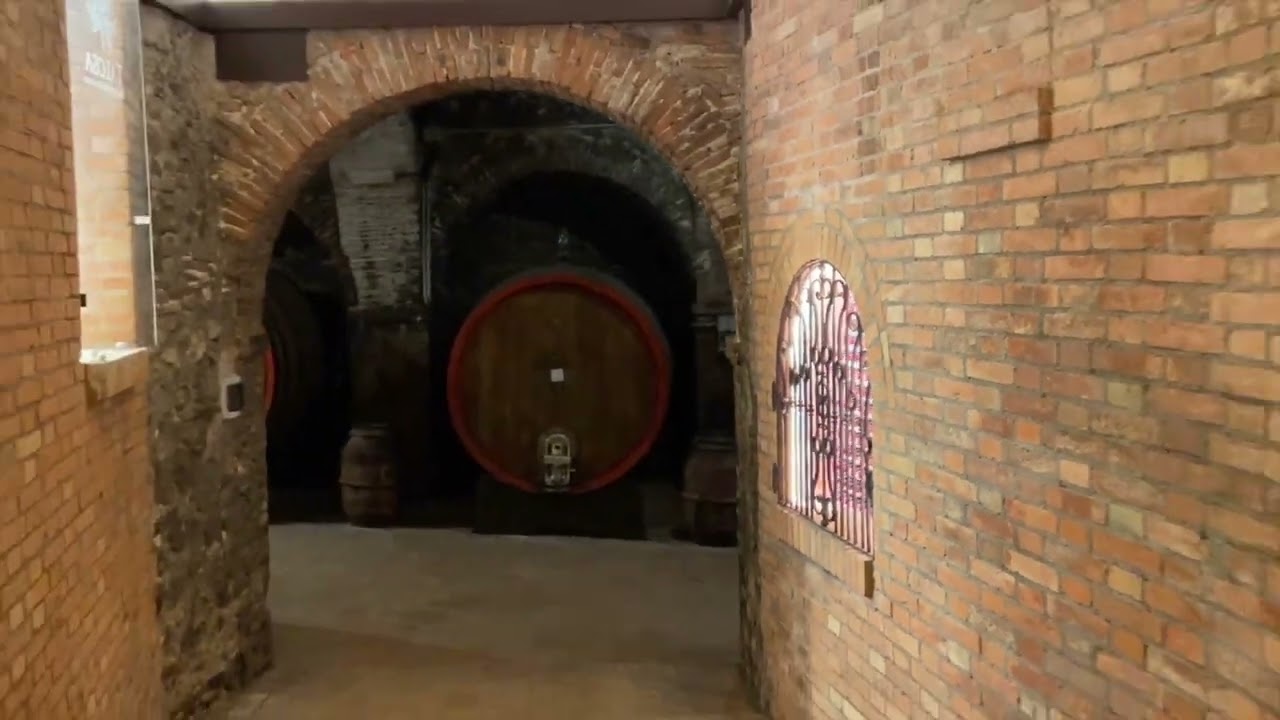
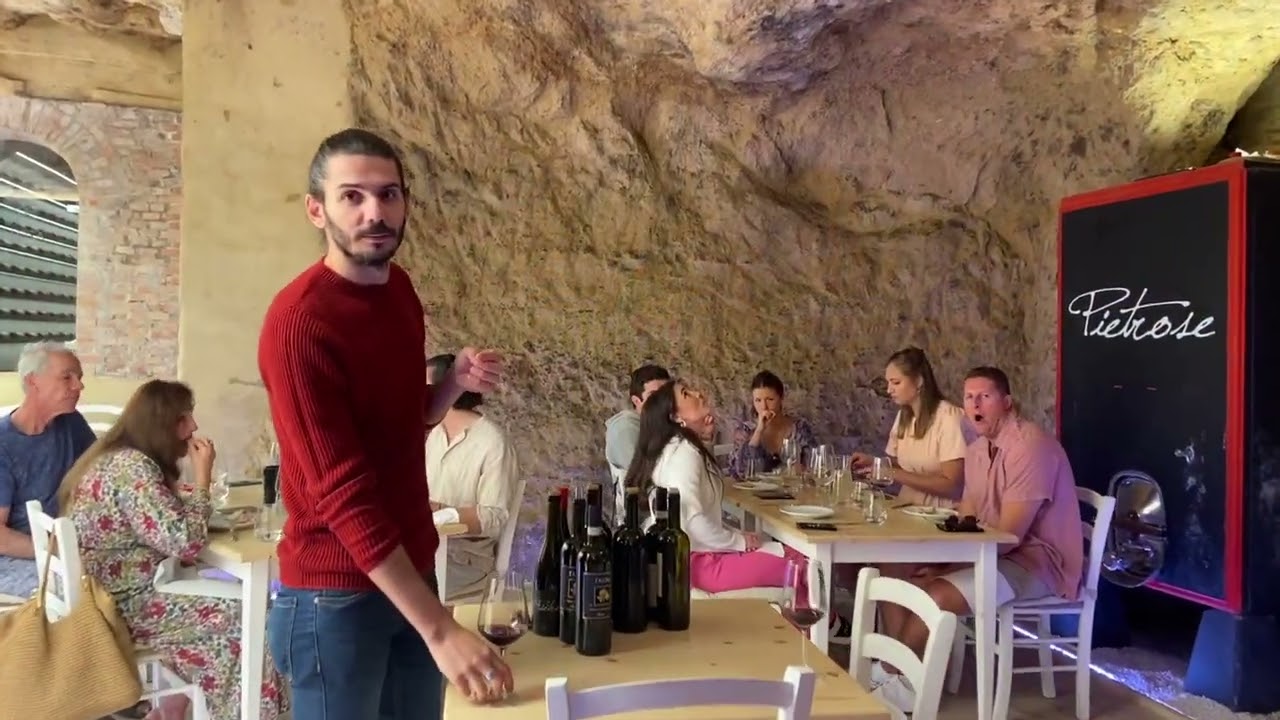
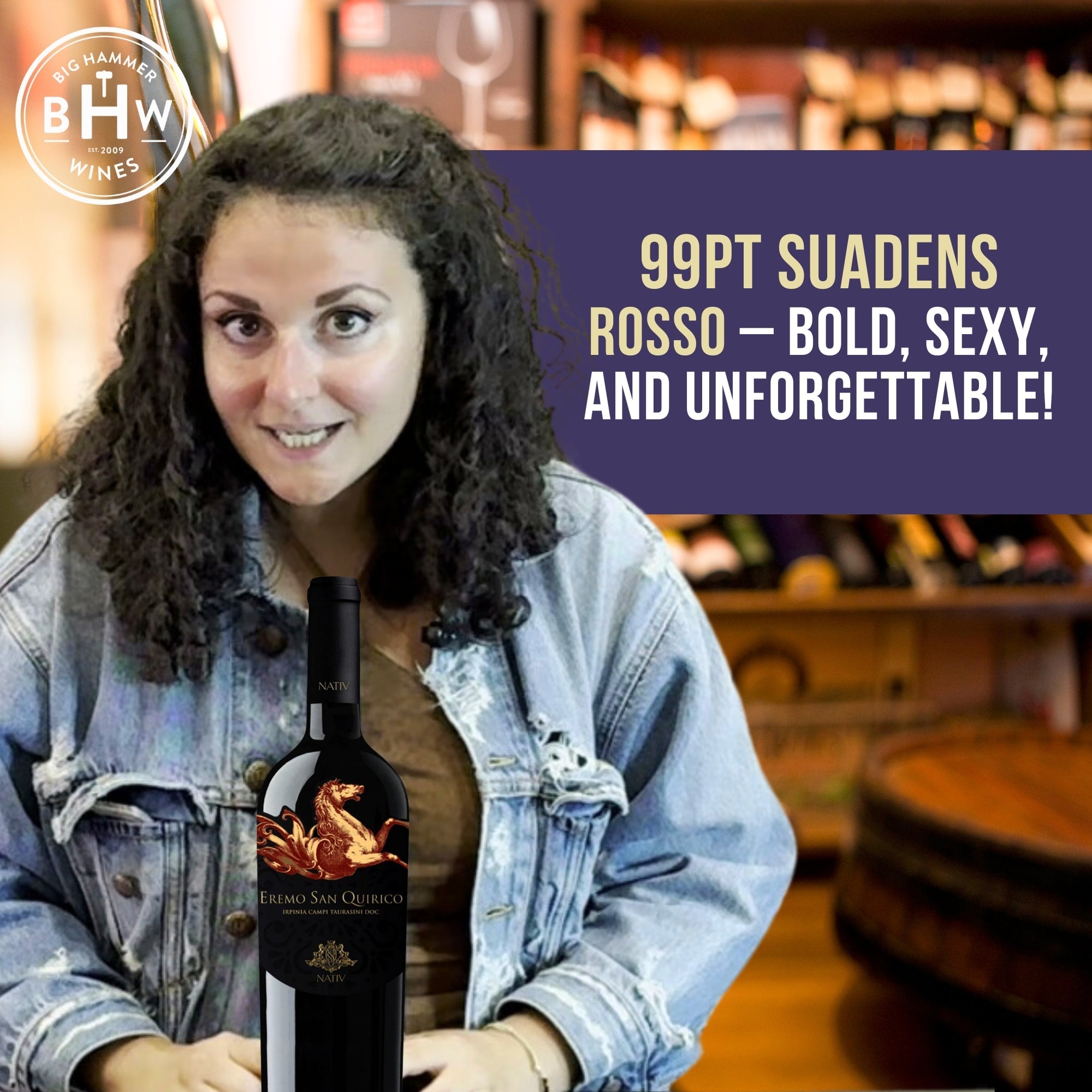
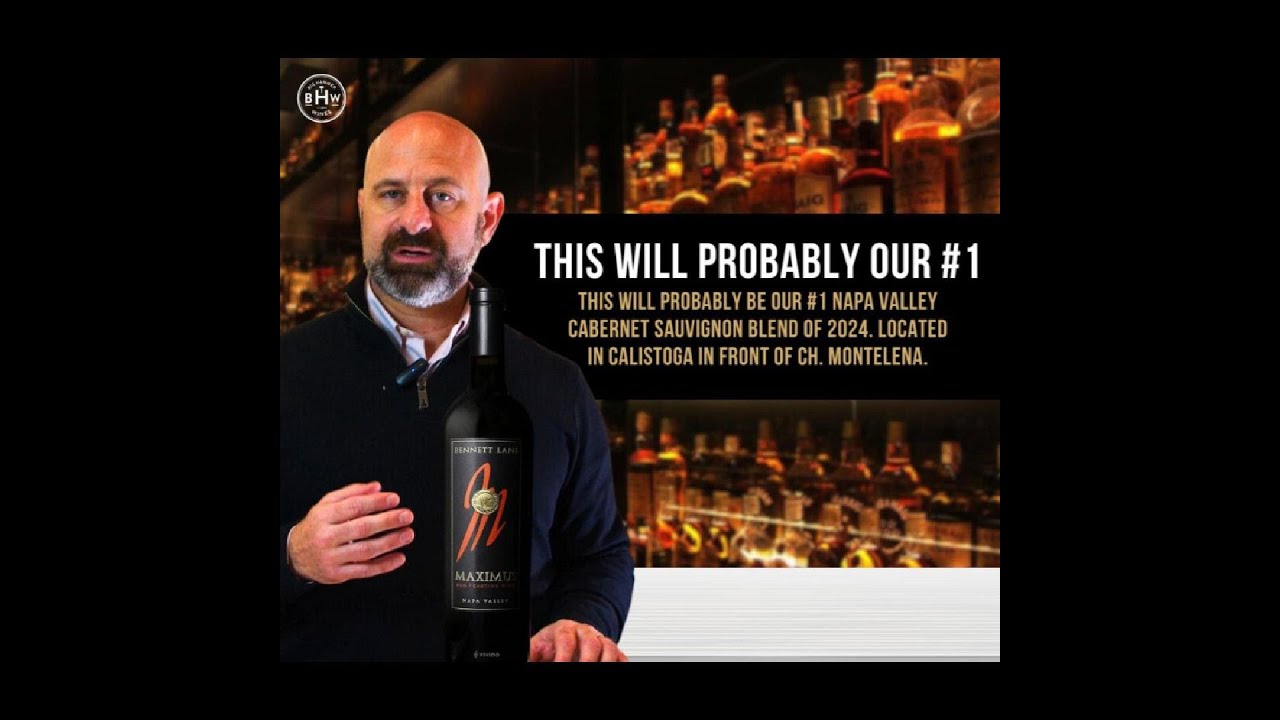
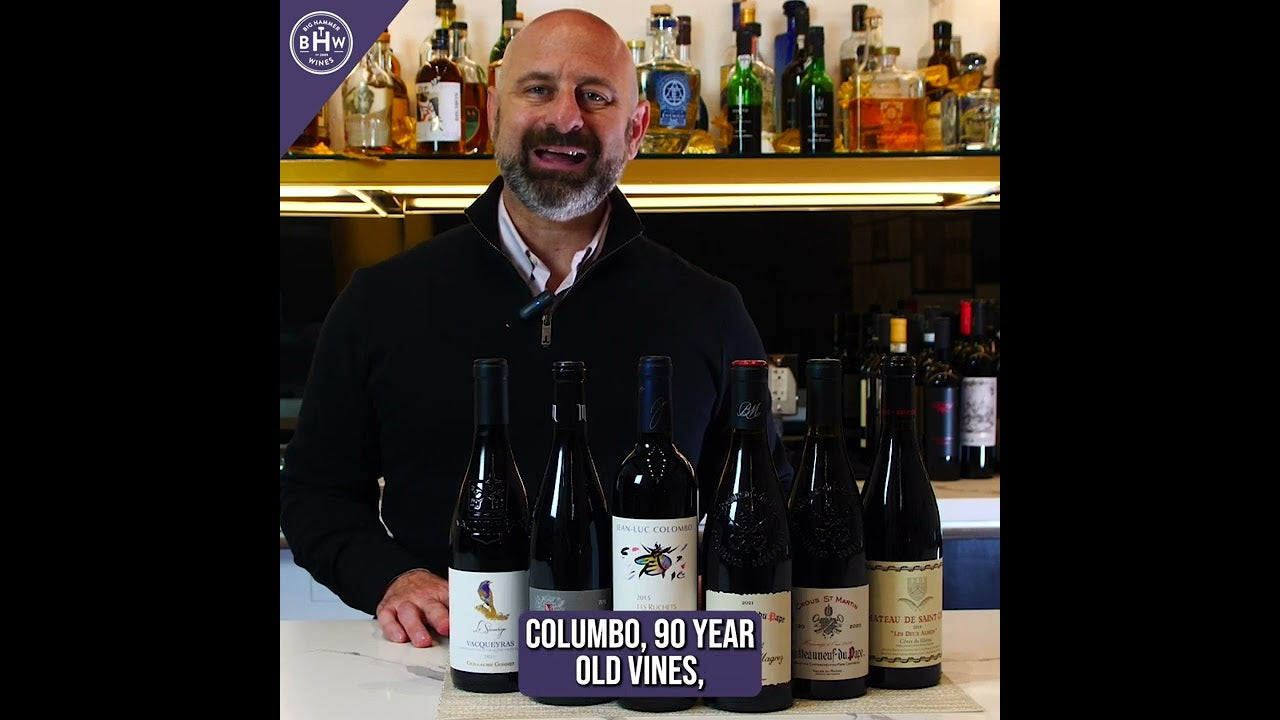
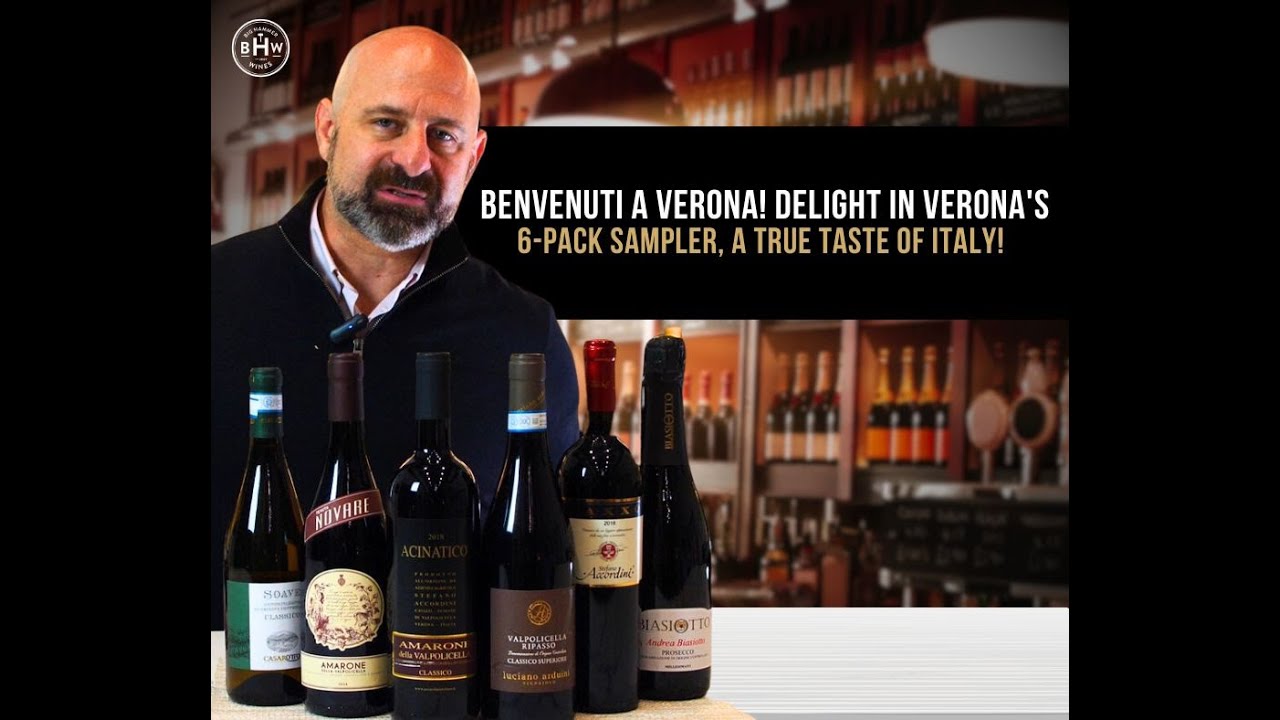
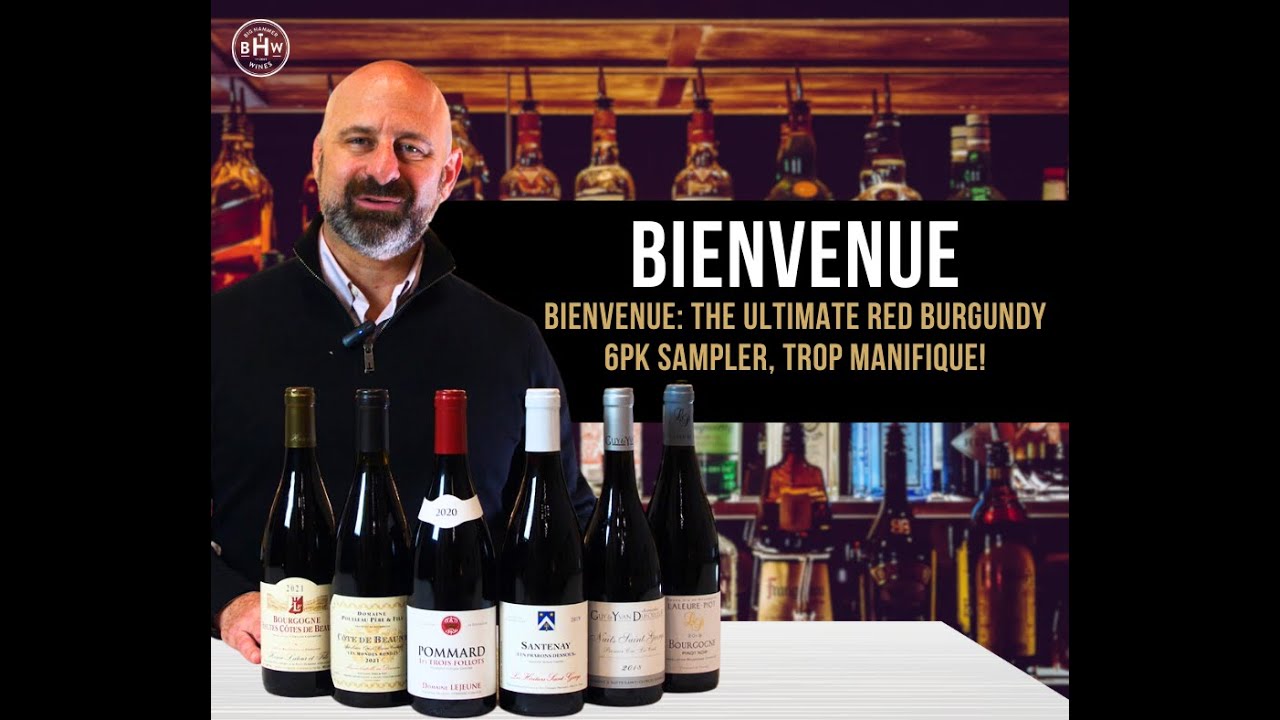
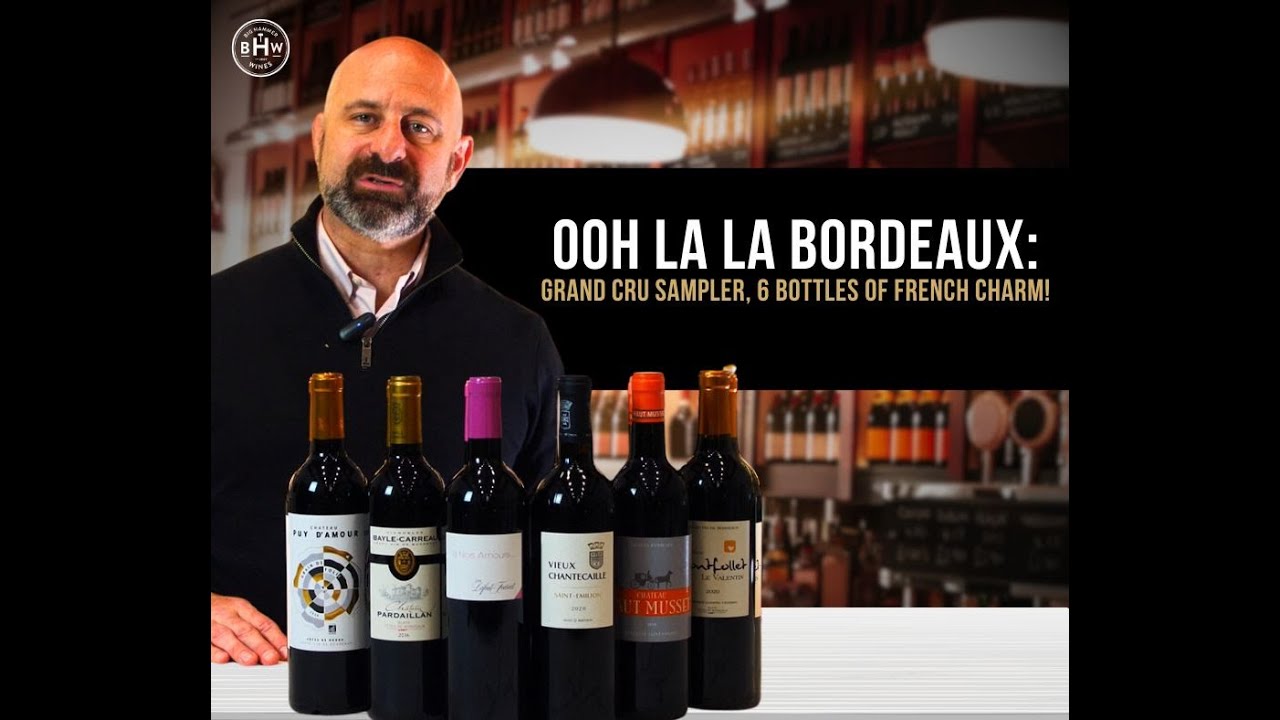
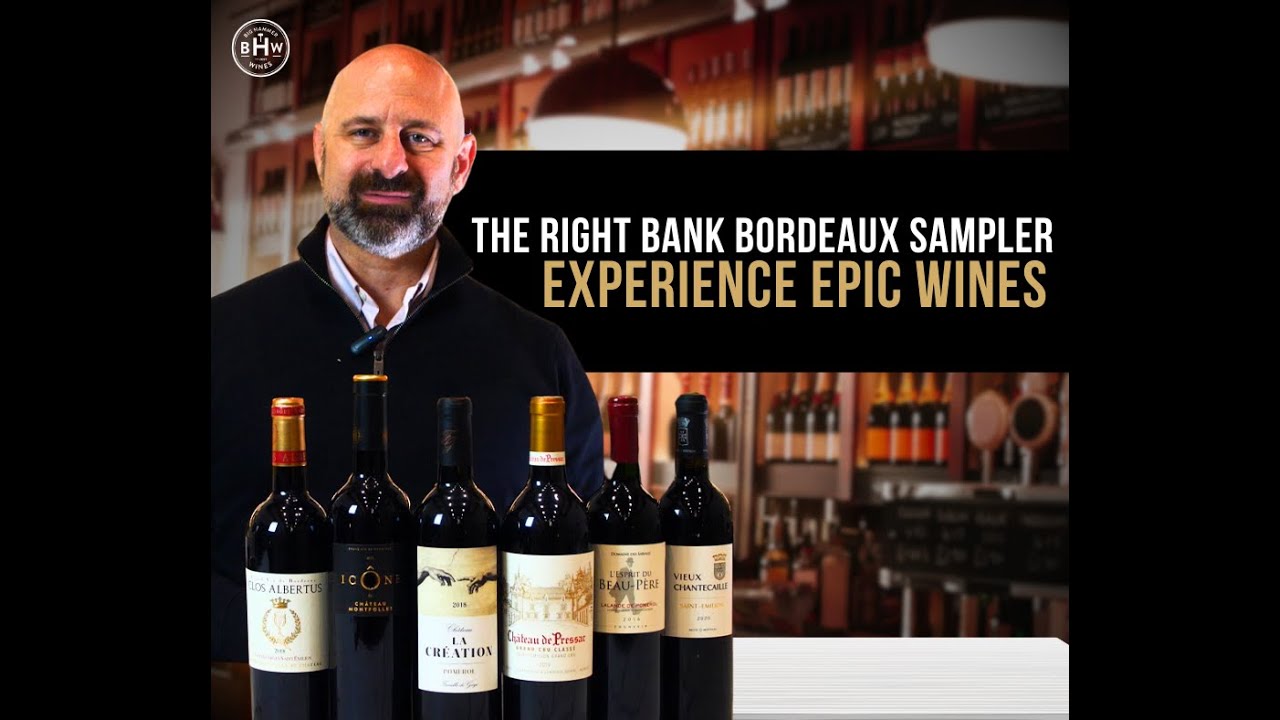
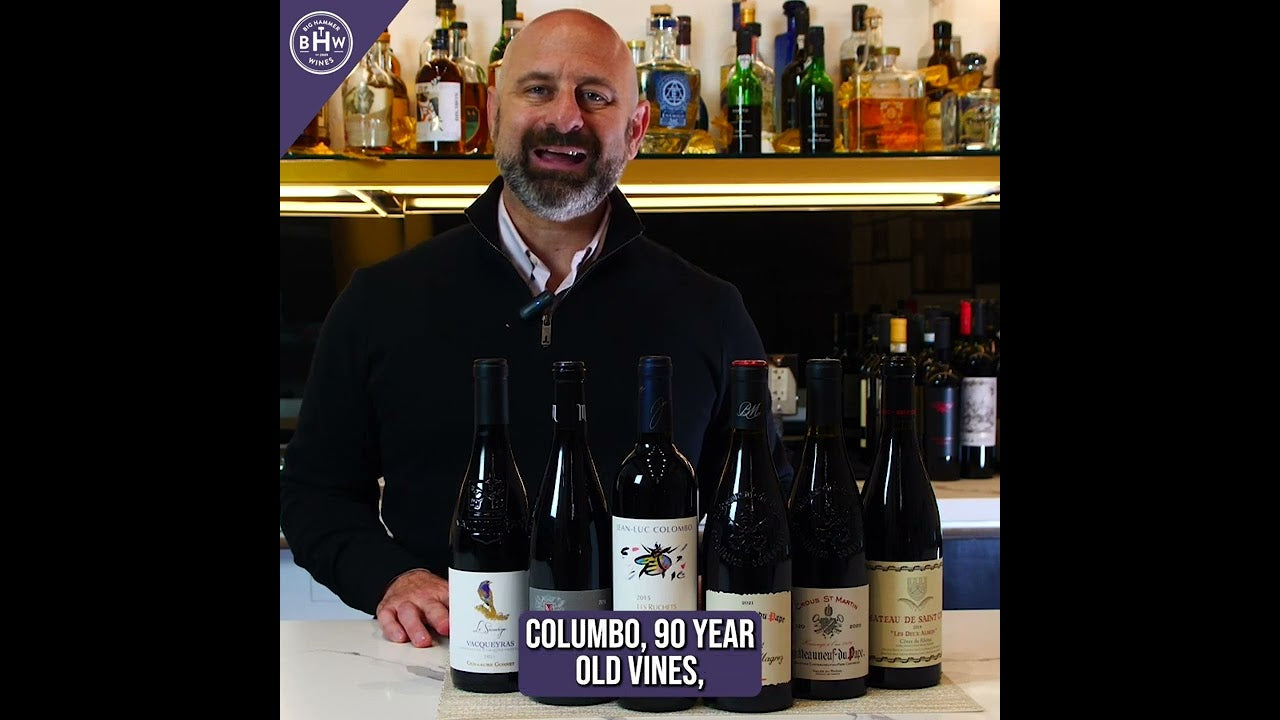
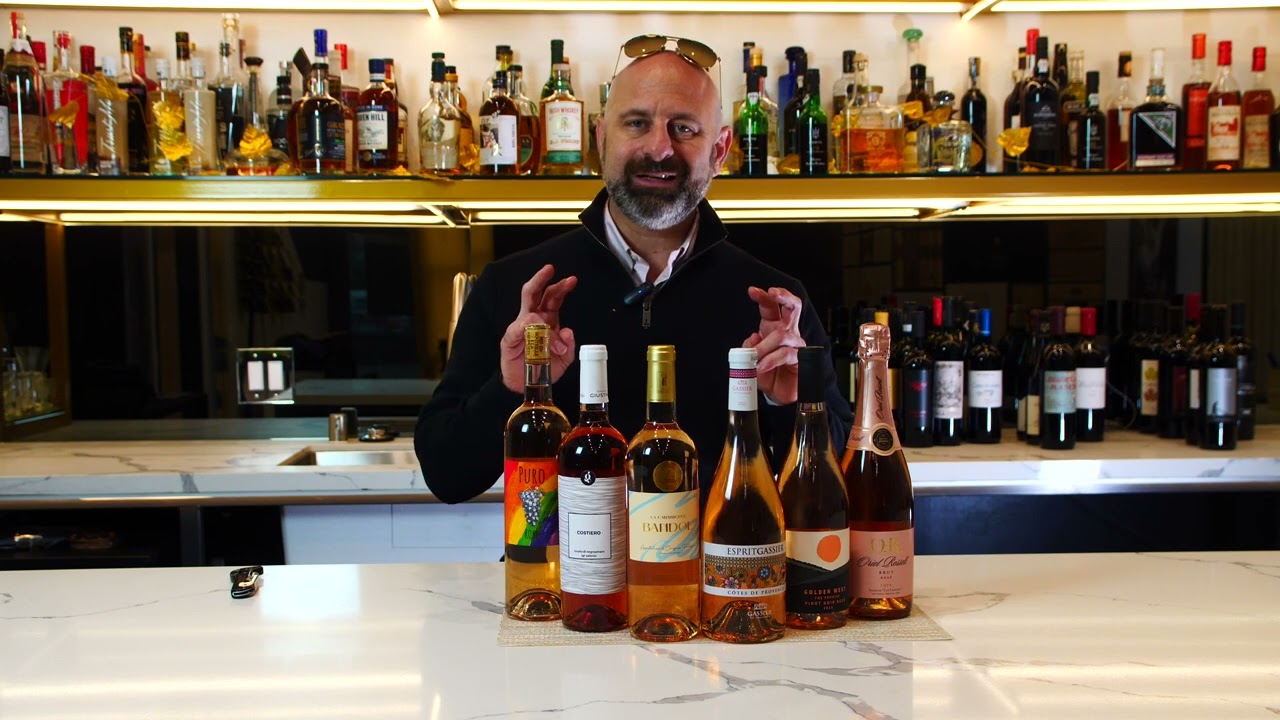
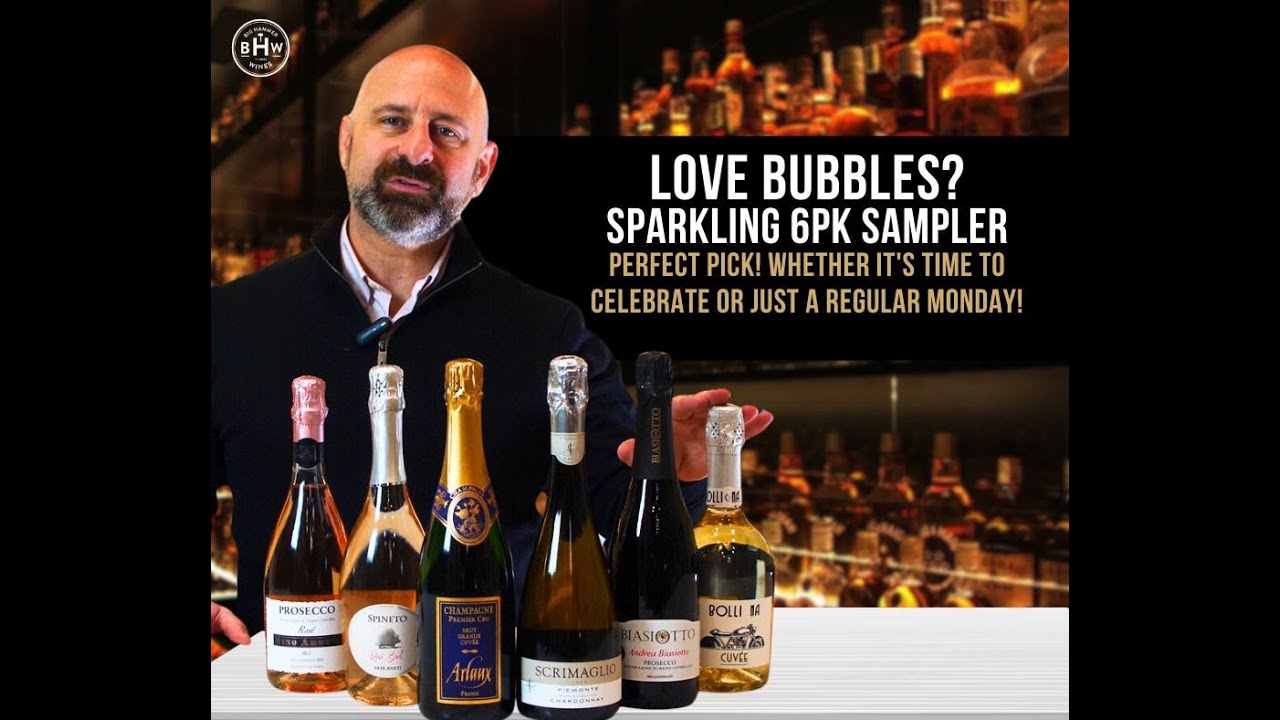
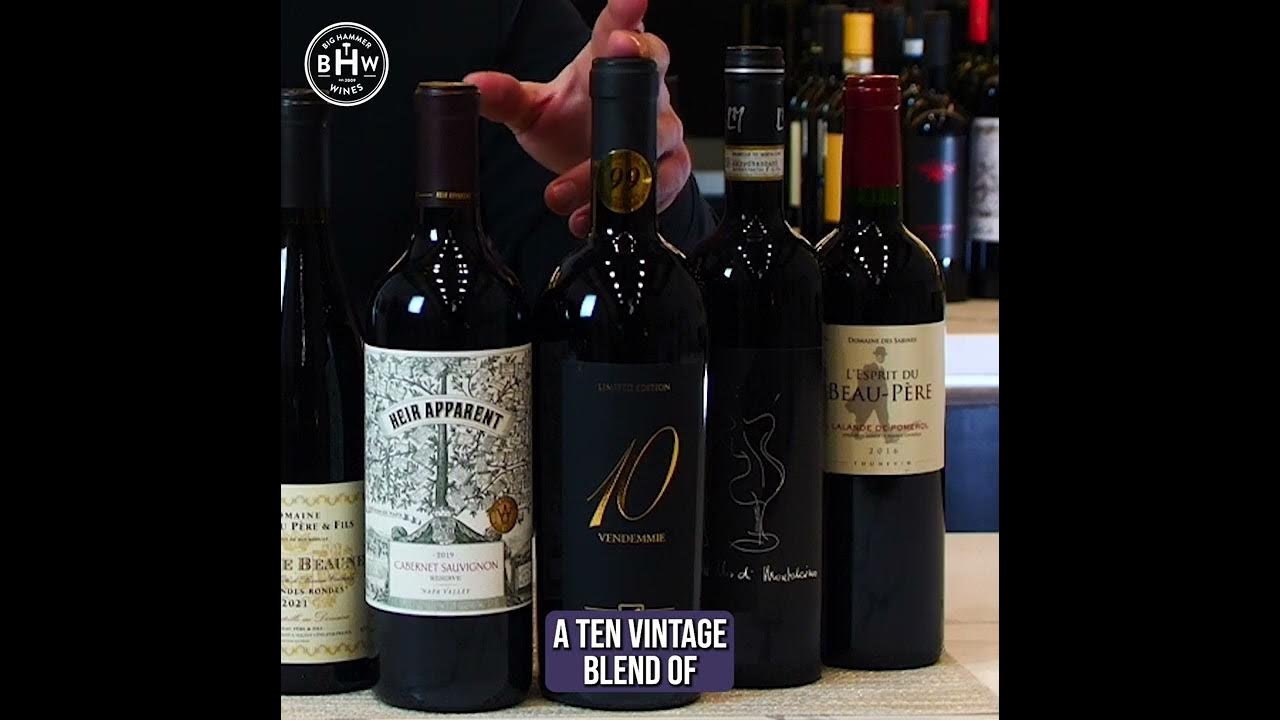
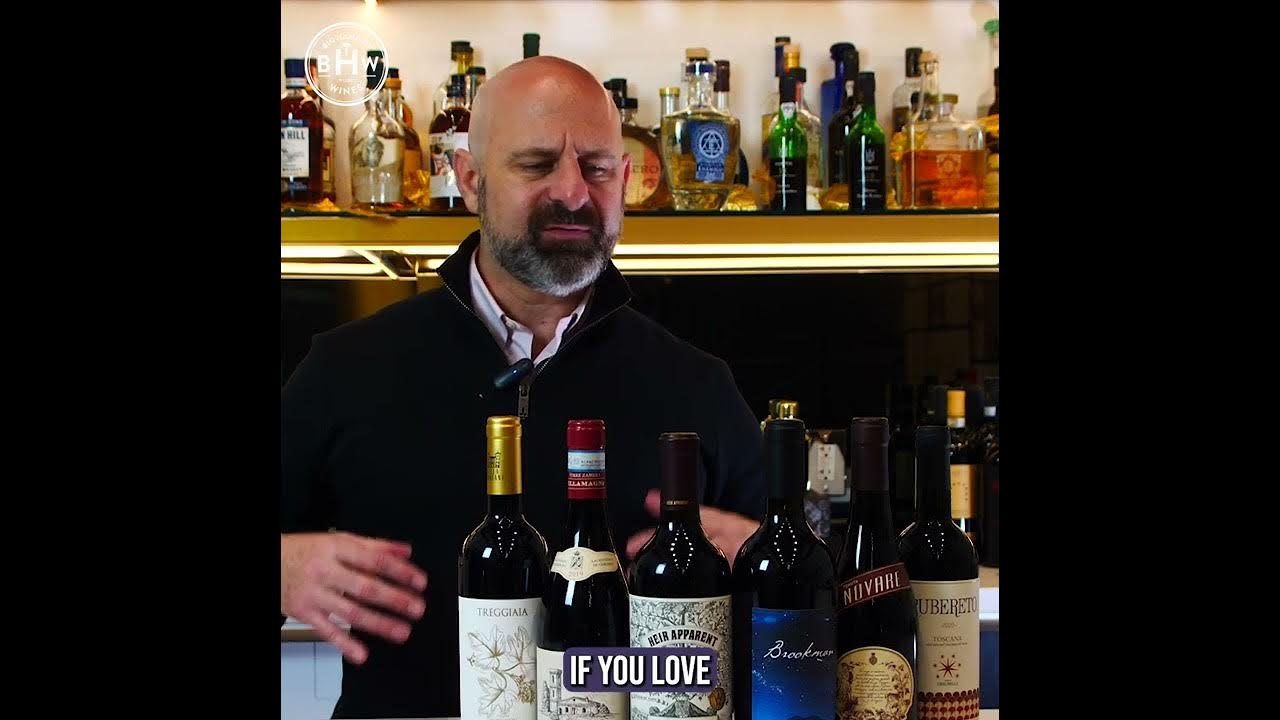
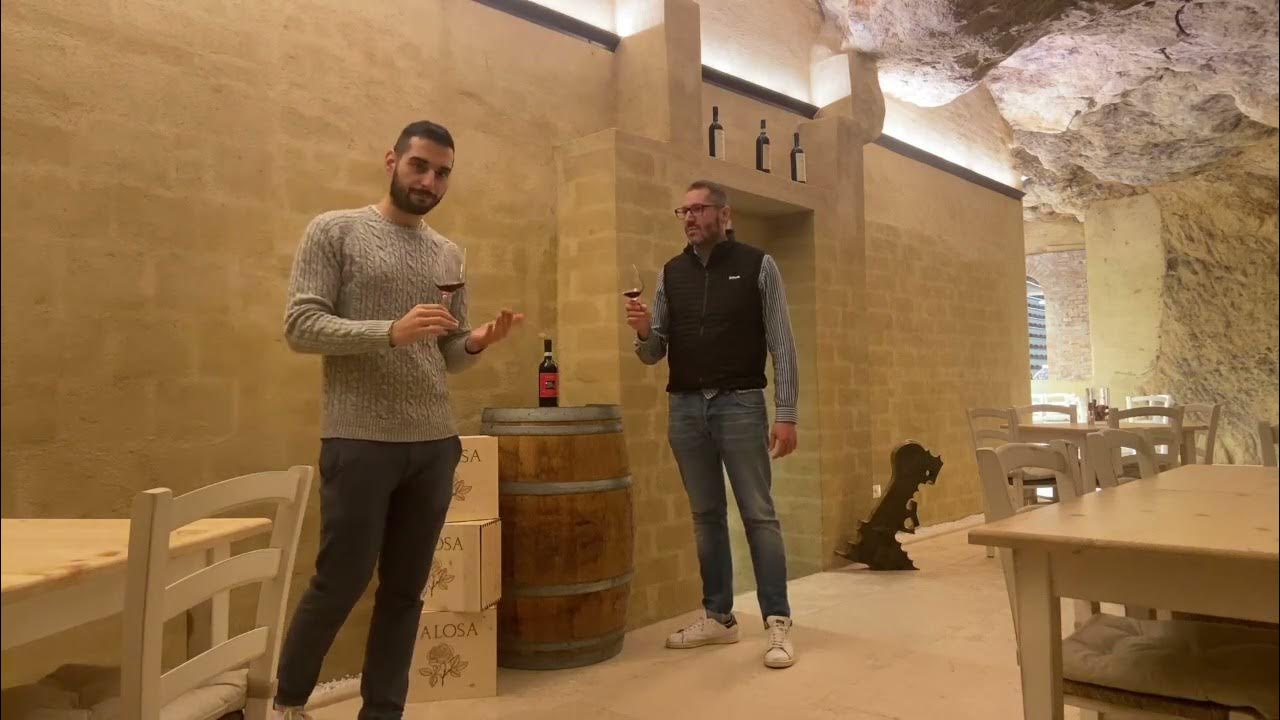
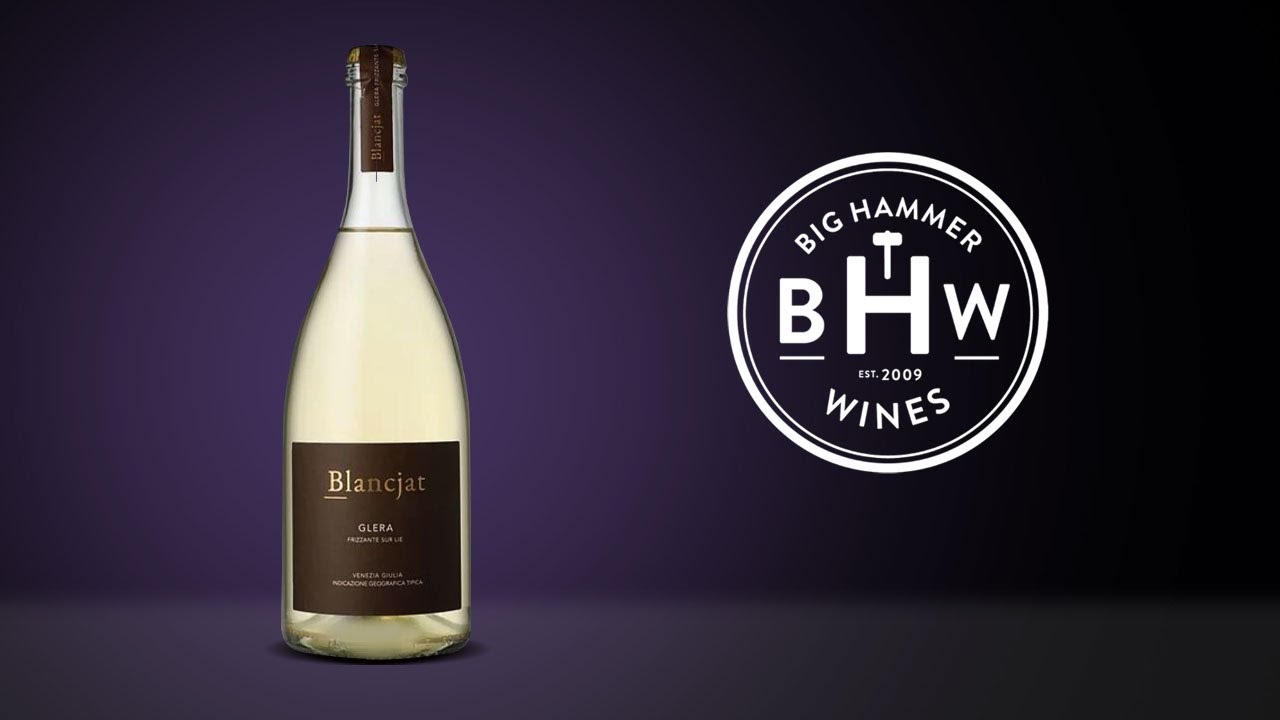
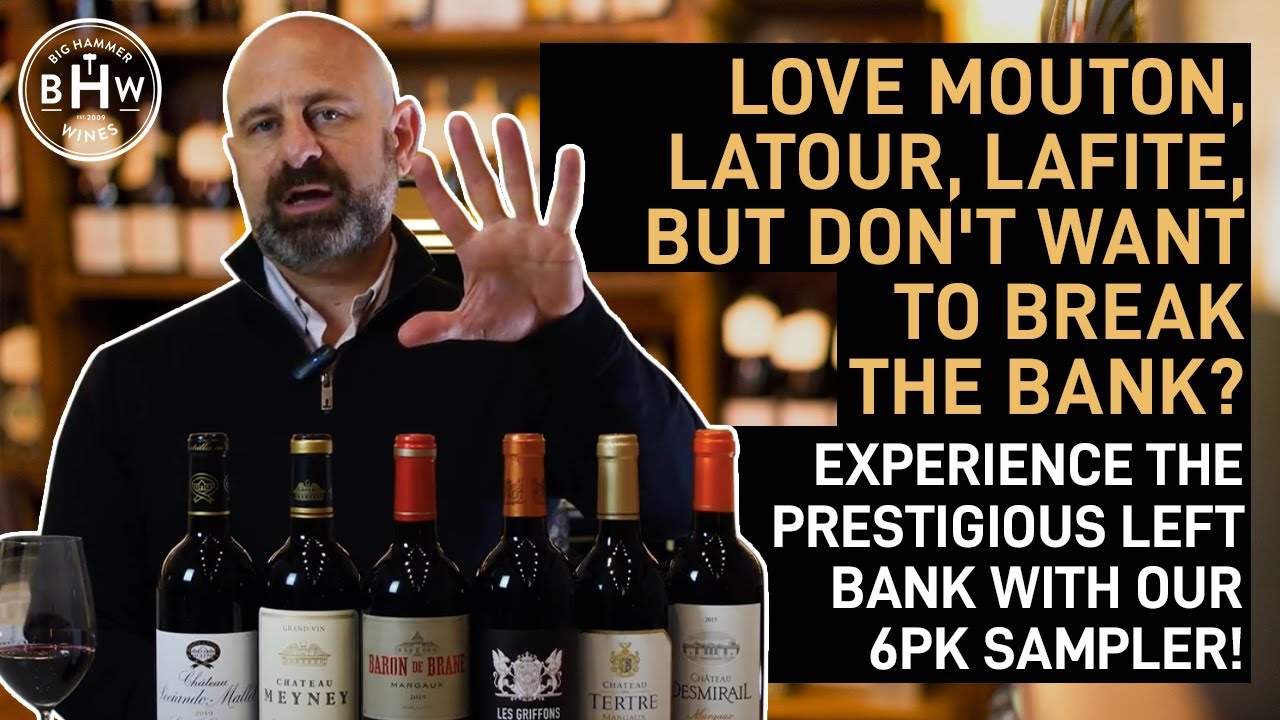
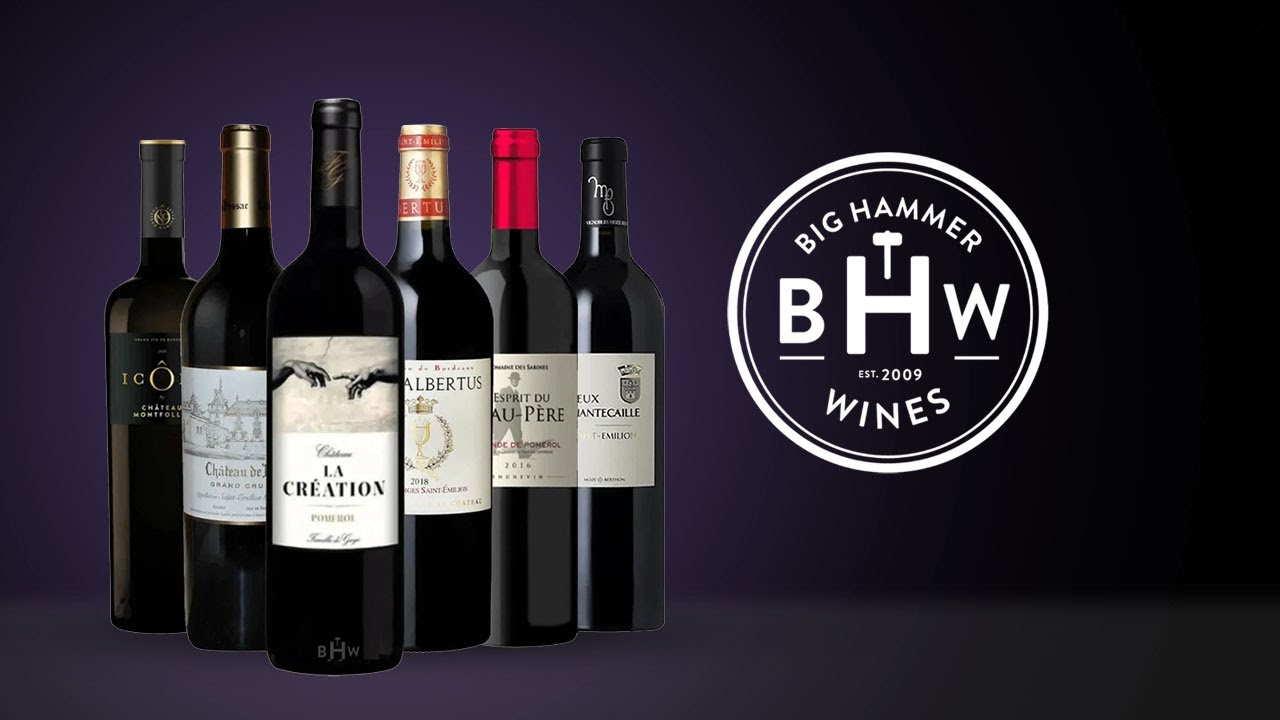
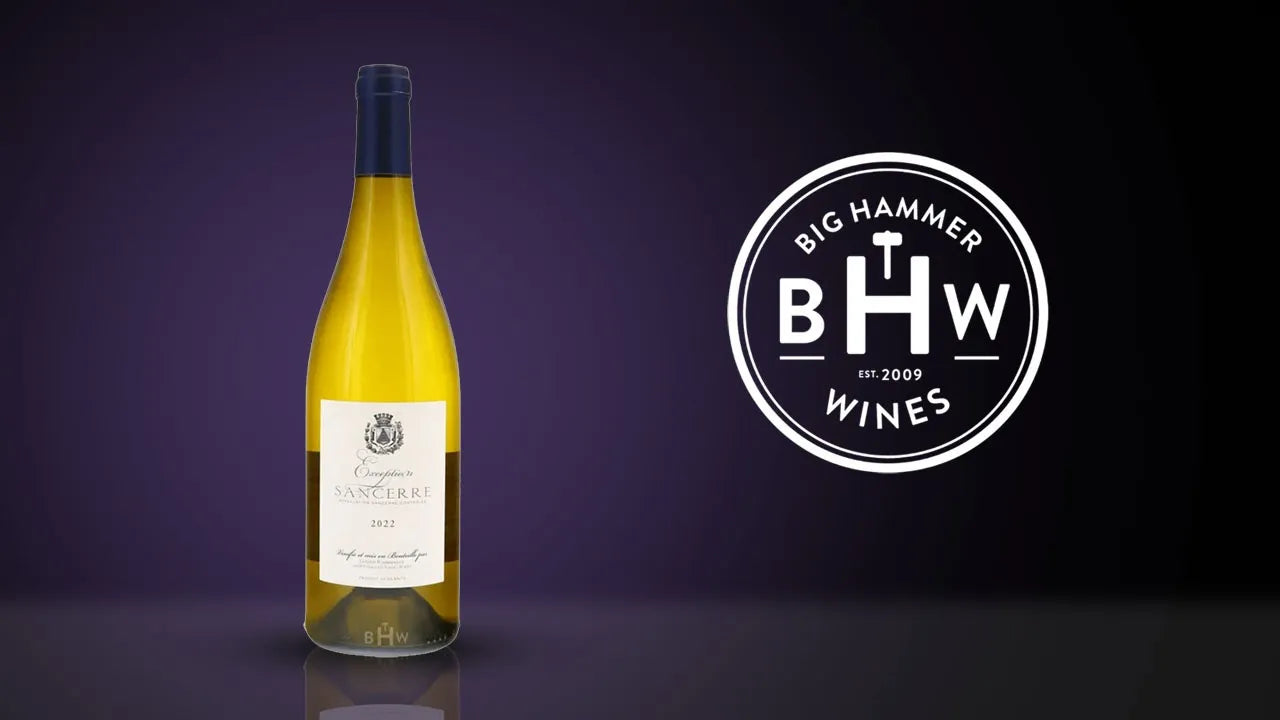
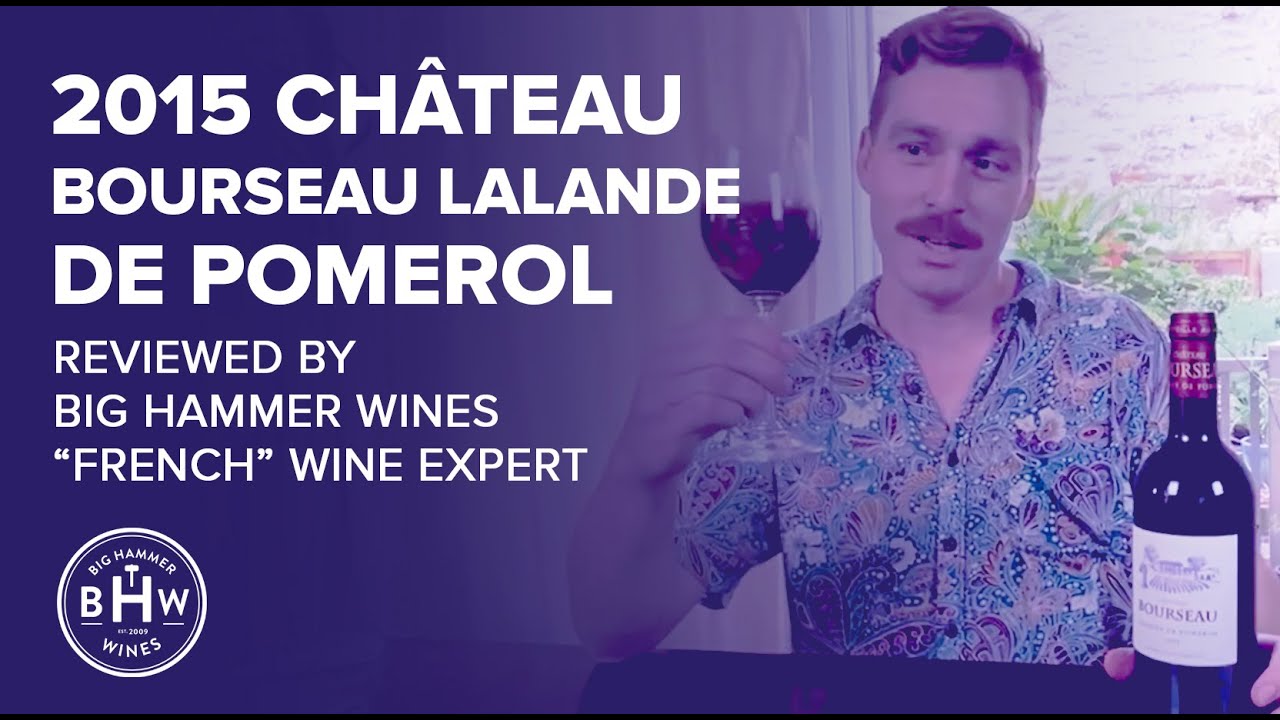
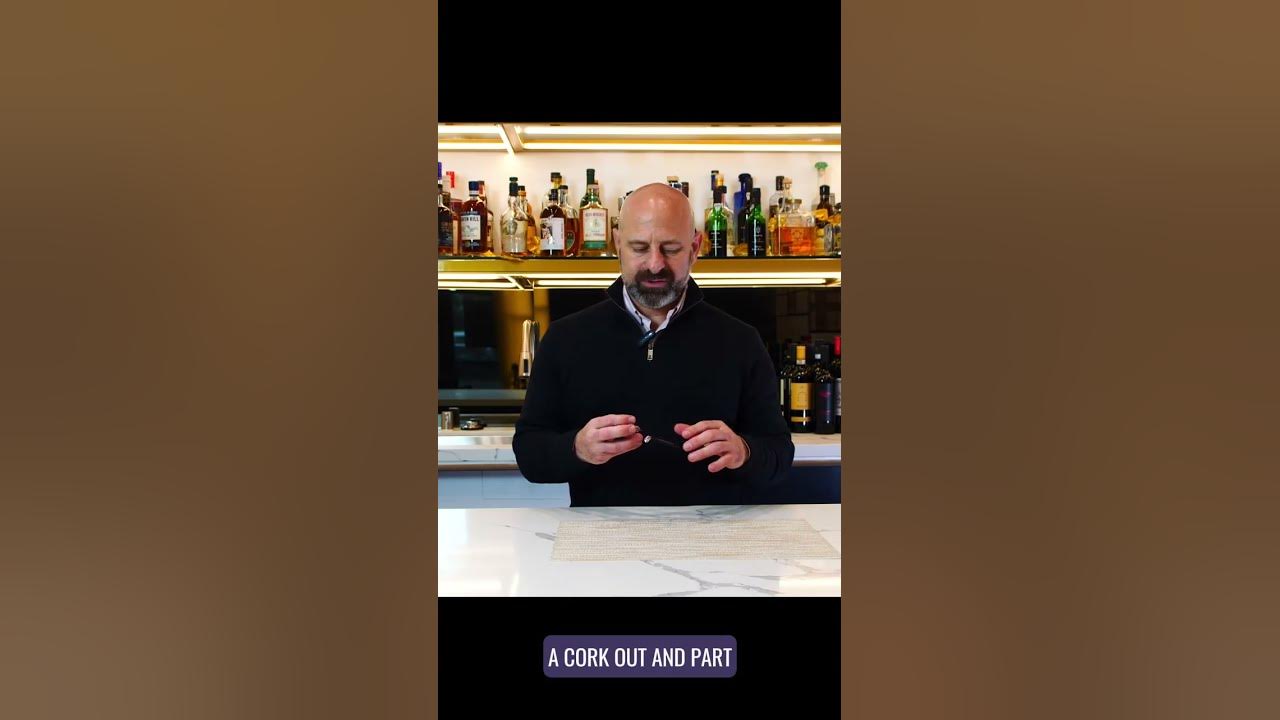
Share:
How to Get the Best Wine Deals Online: The Inside Scoop on What You Need to Know
La Rioja: Hogar de Vinos Milenarios
Comments Section
1 comment
This blog was so helpful. I have always wondered about the difference in a wine’s Vintage and how this influences the wine. Thank you!